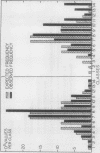Full text
PDF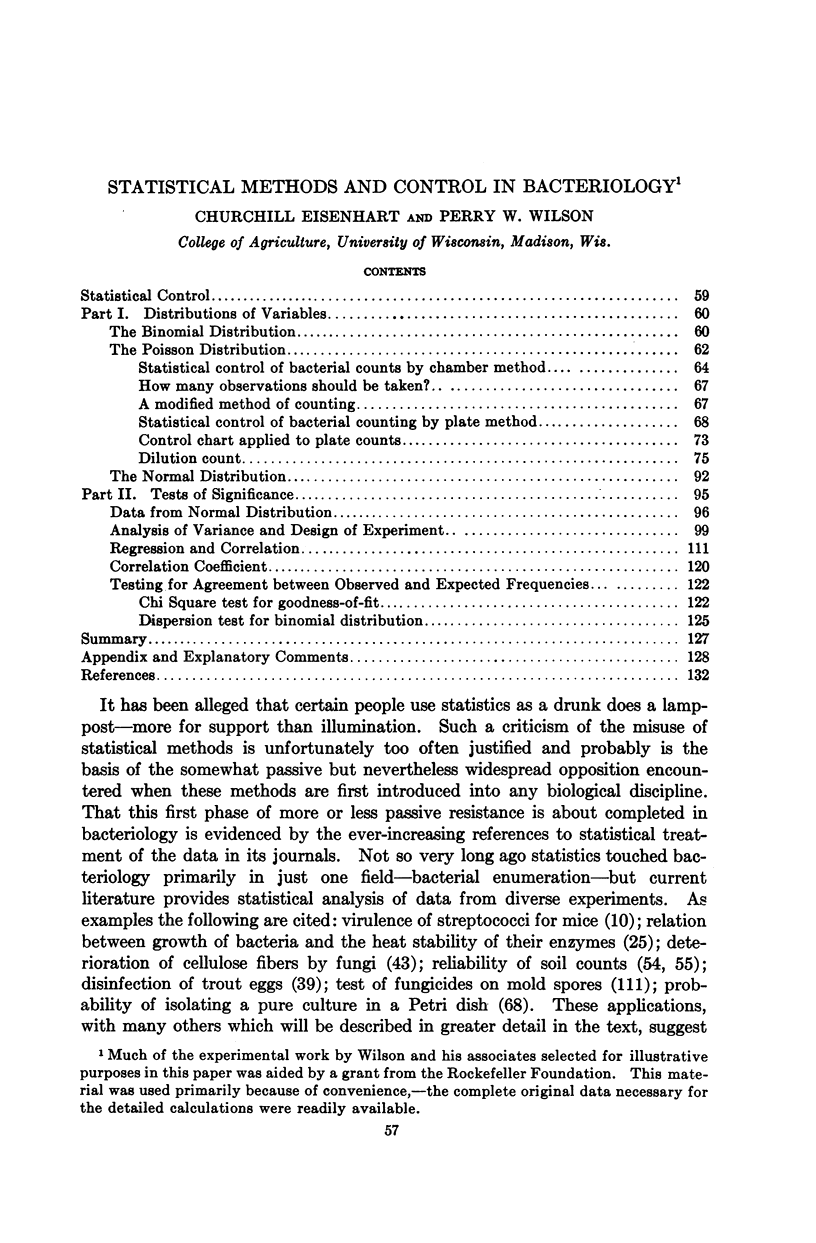
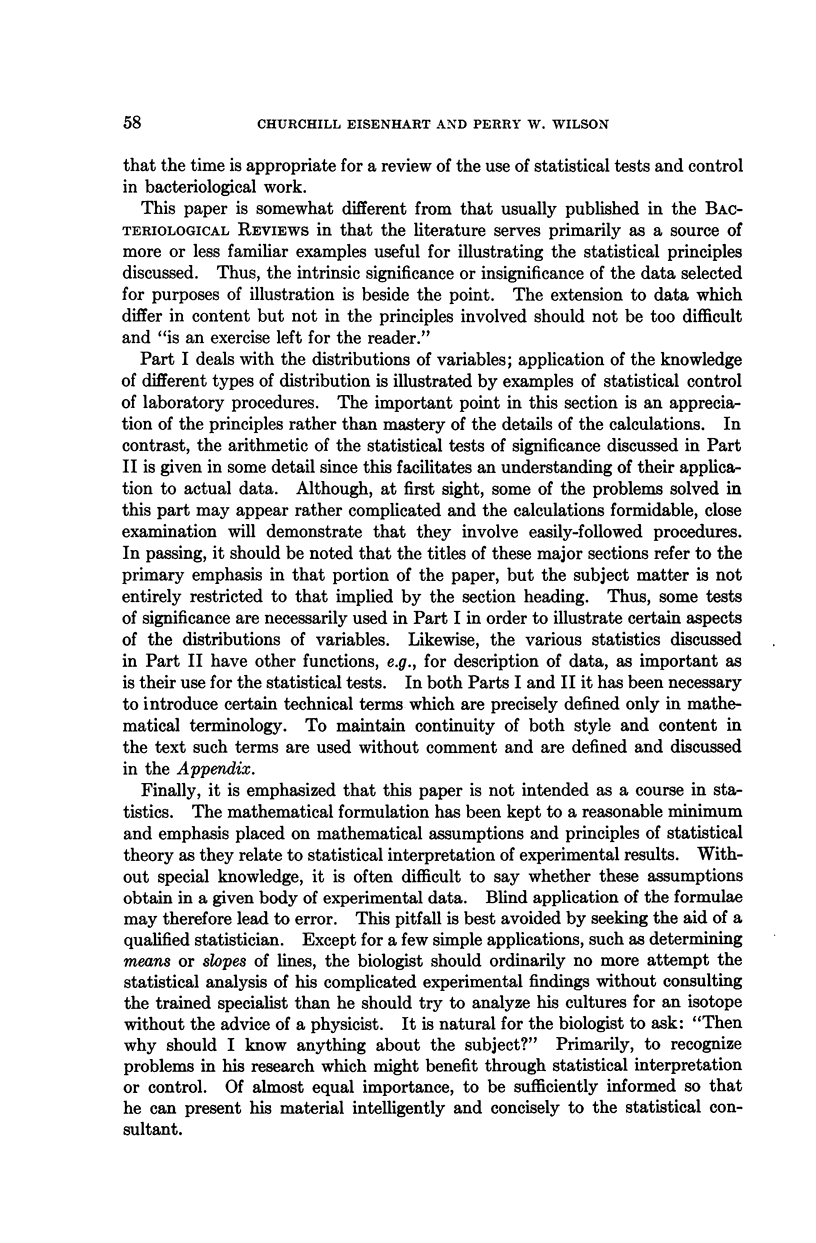
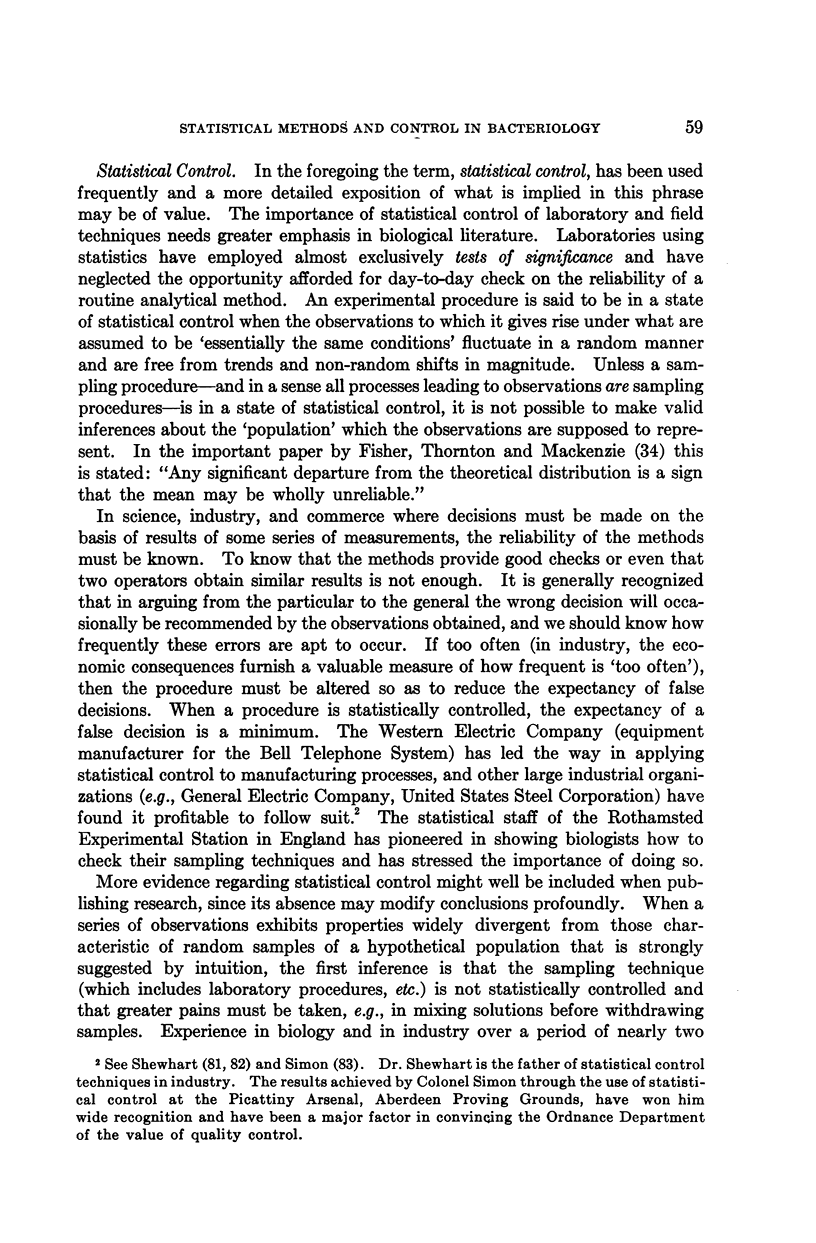
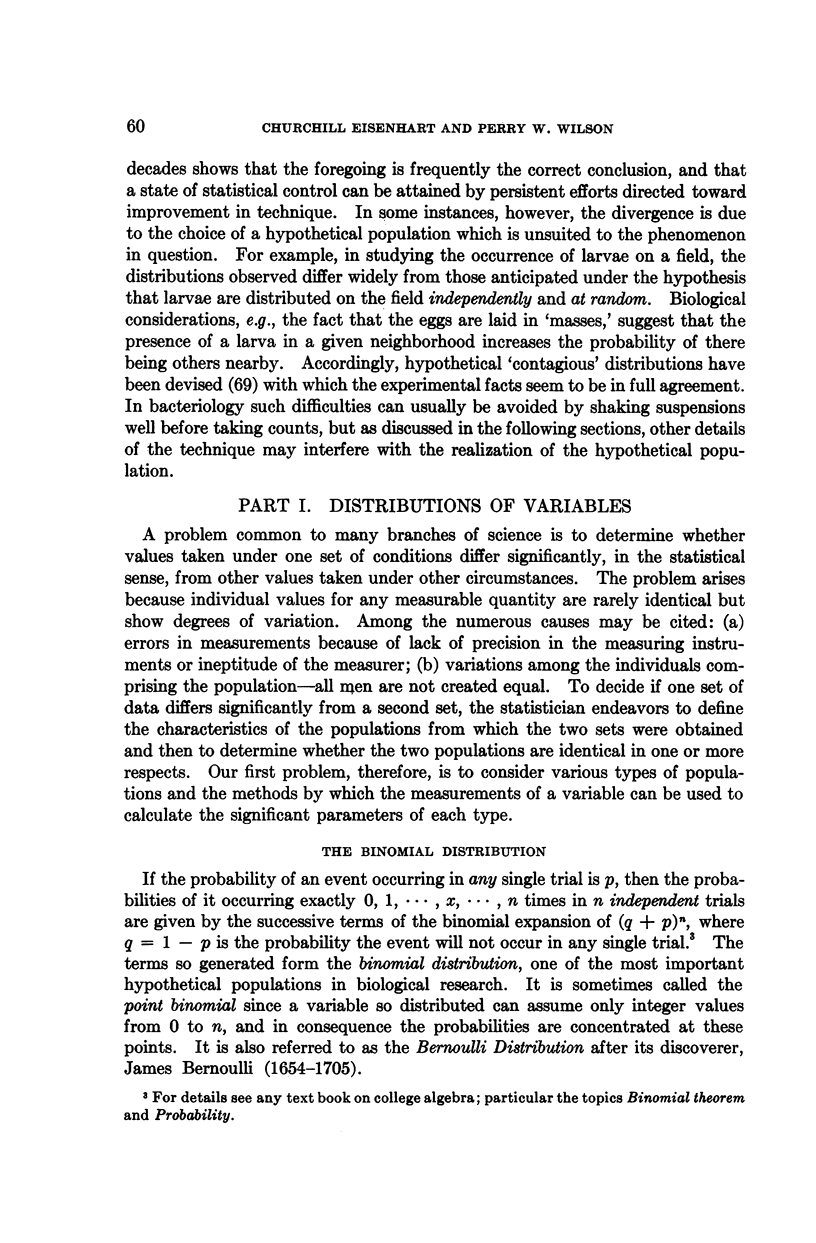
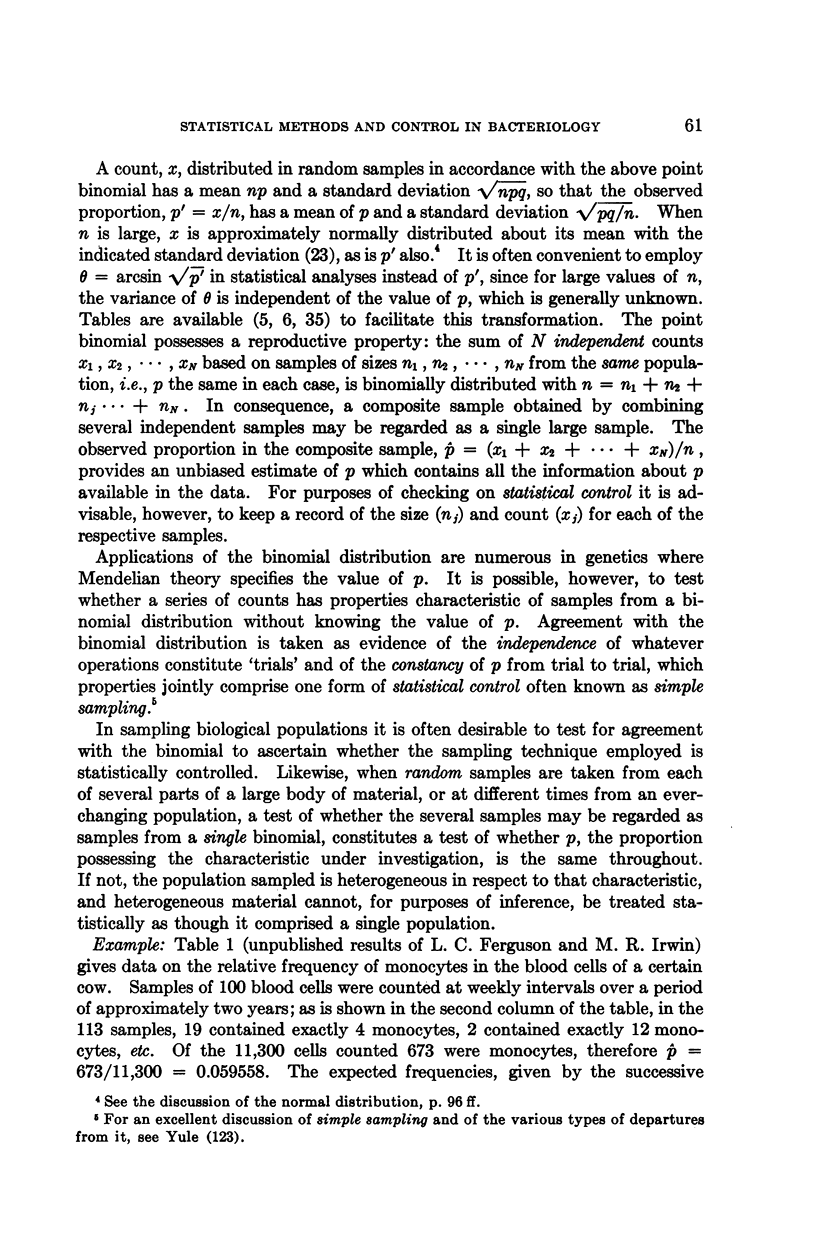
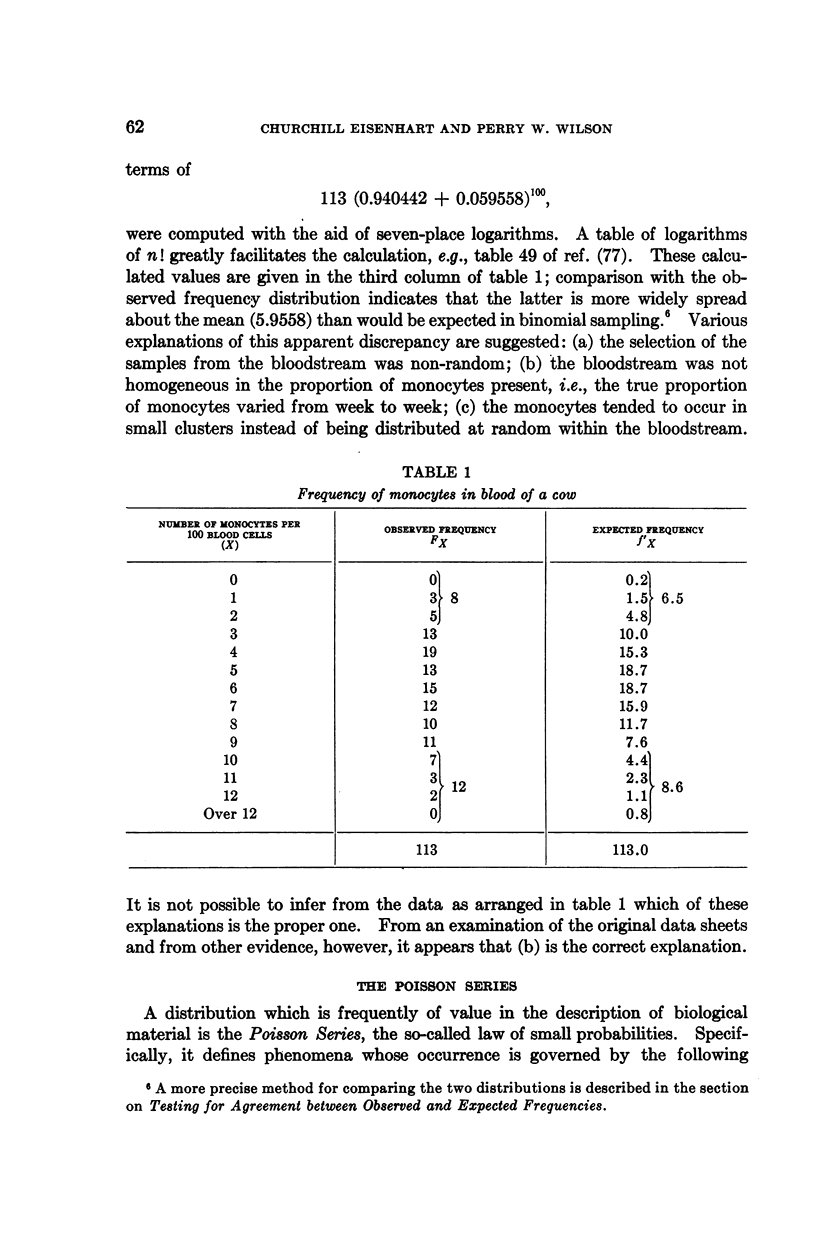
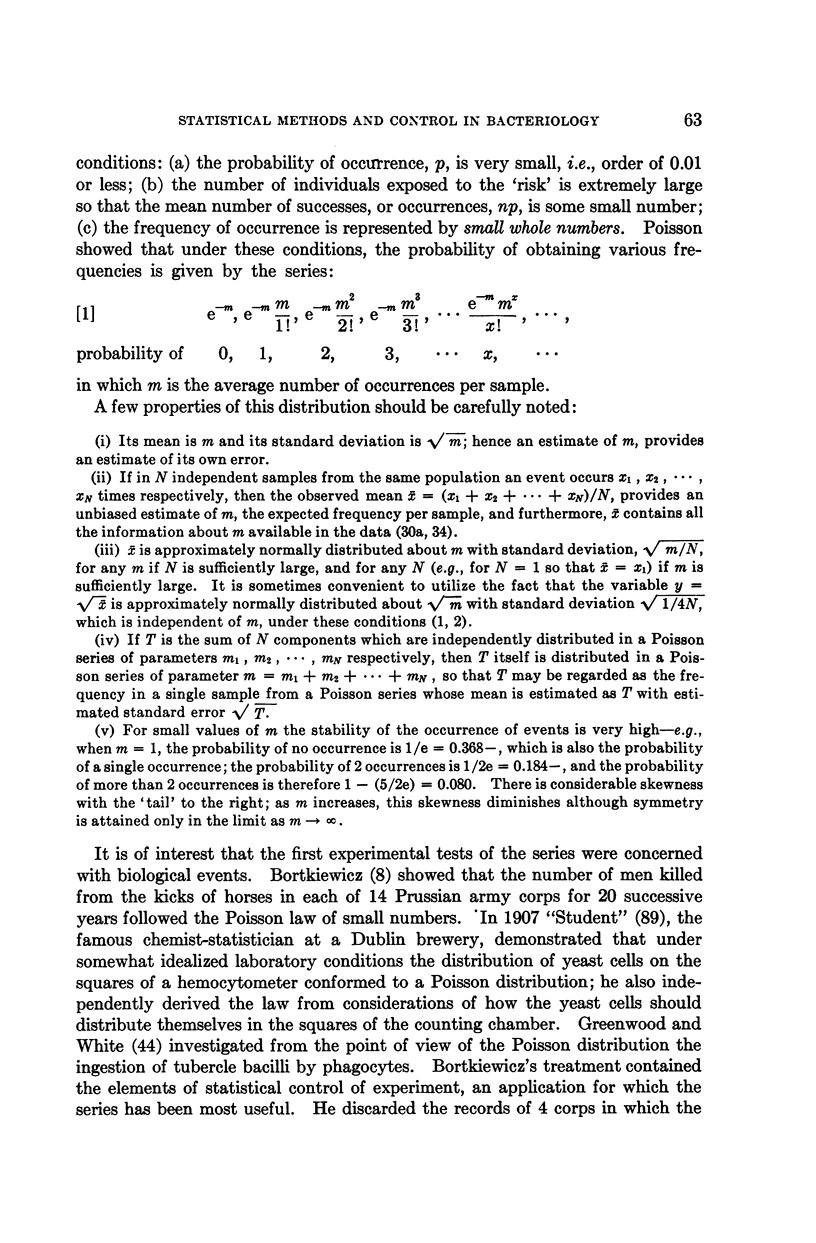
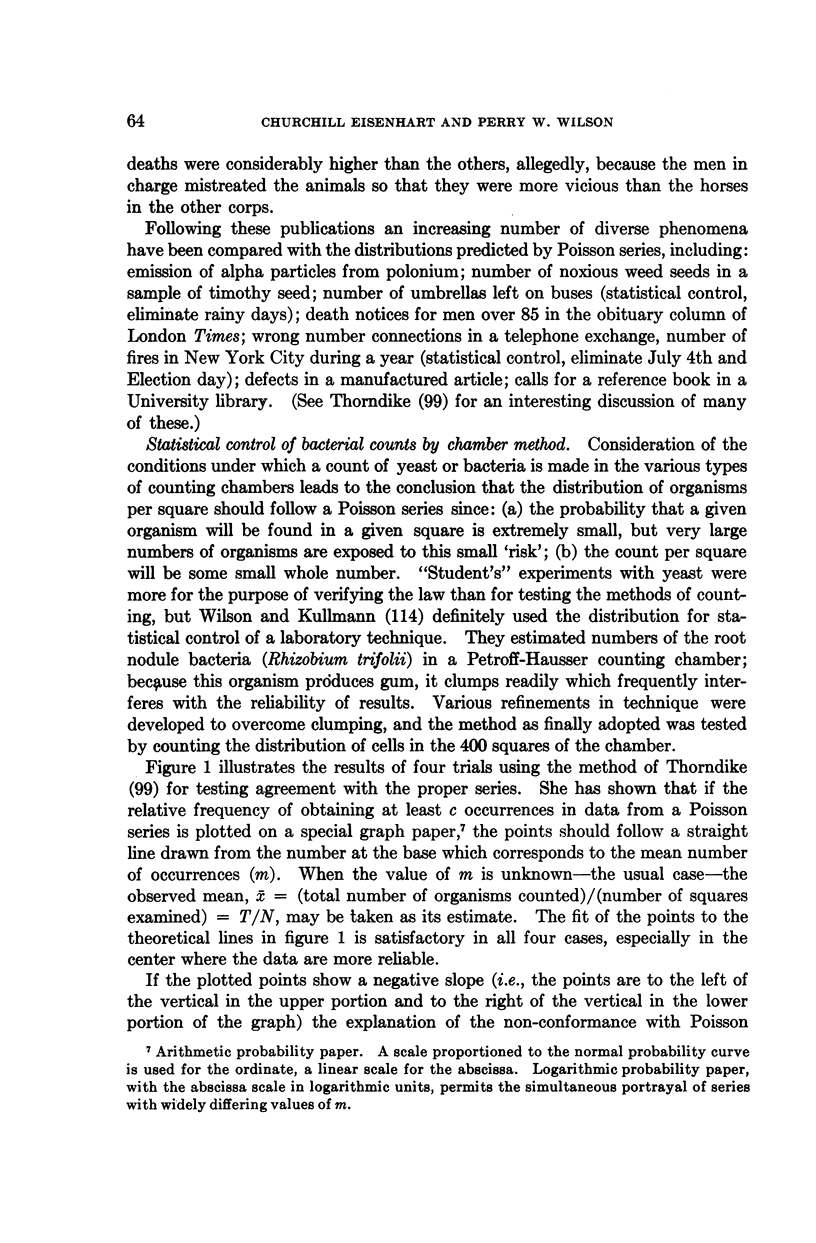
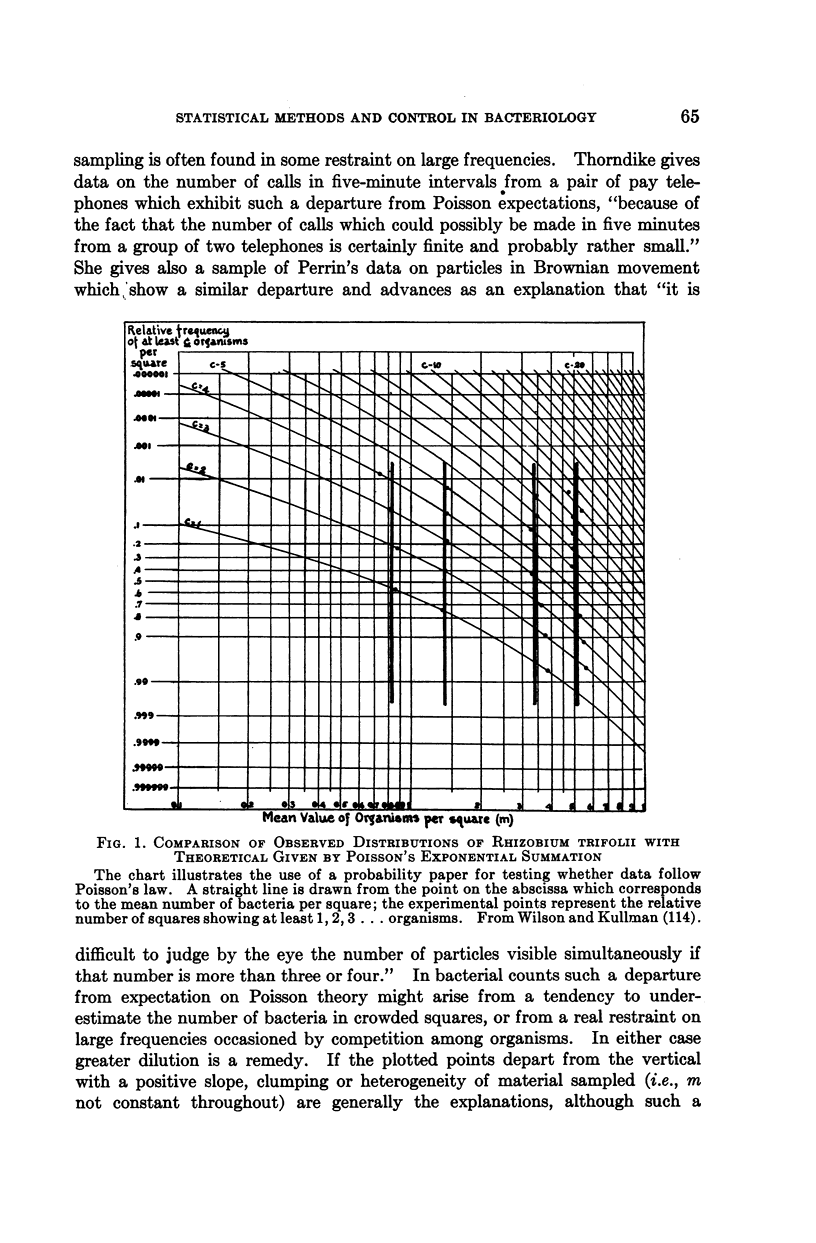
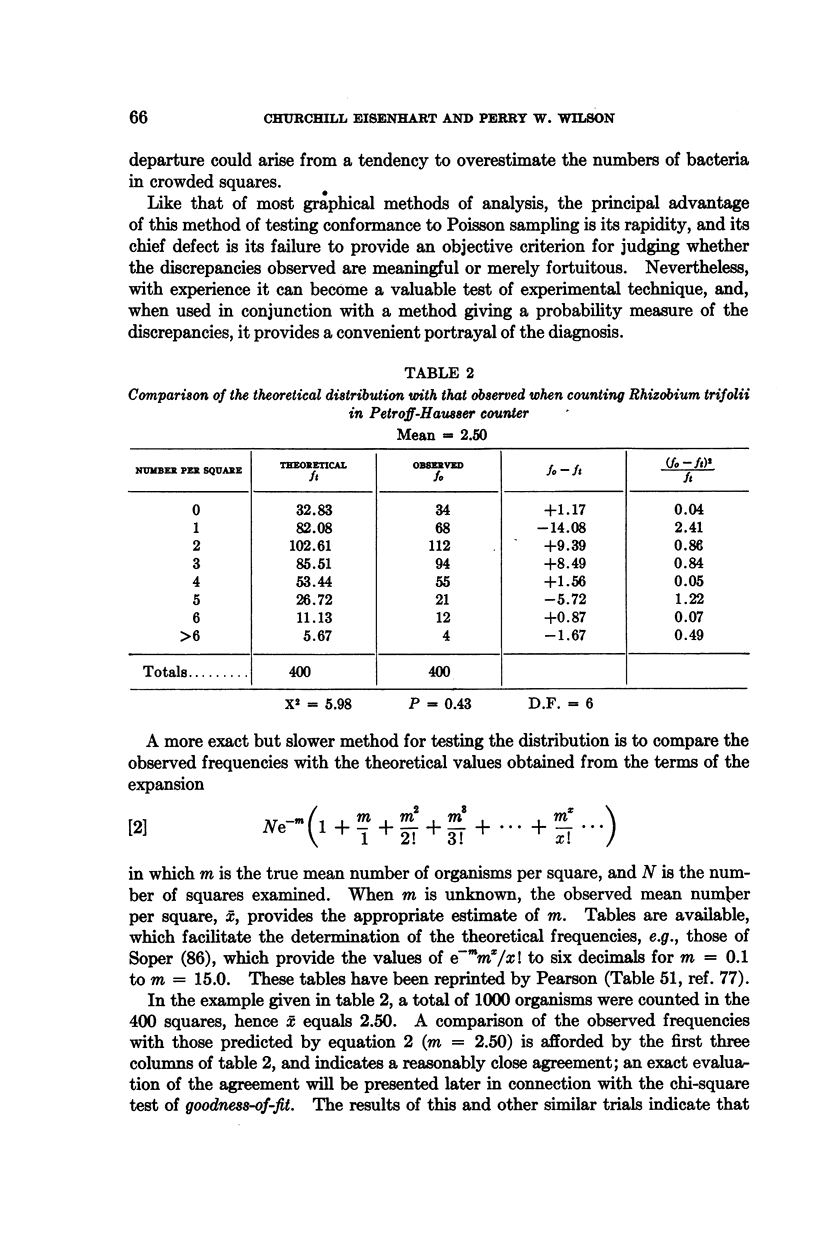
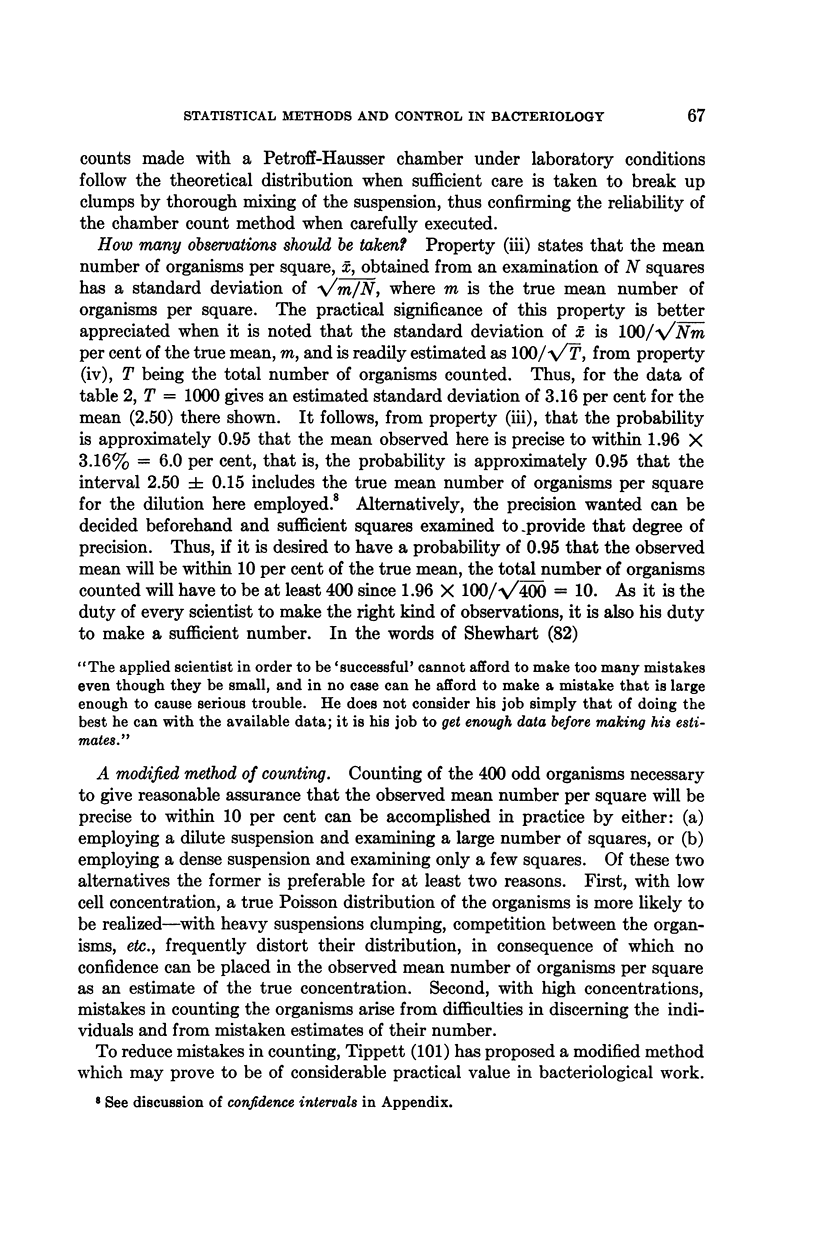
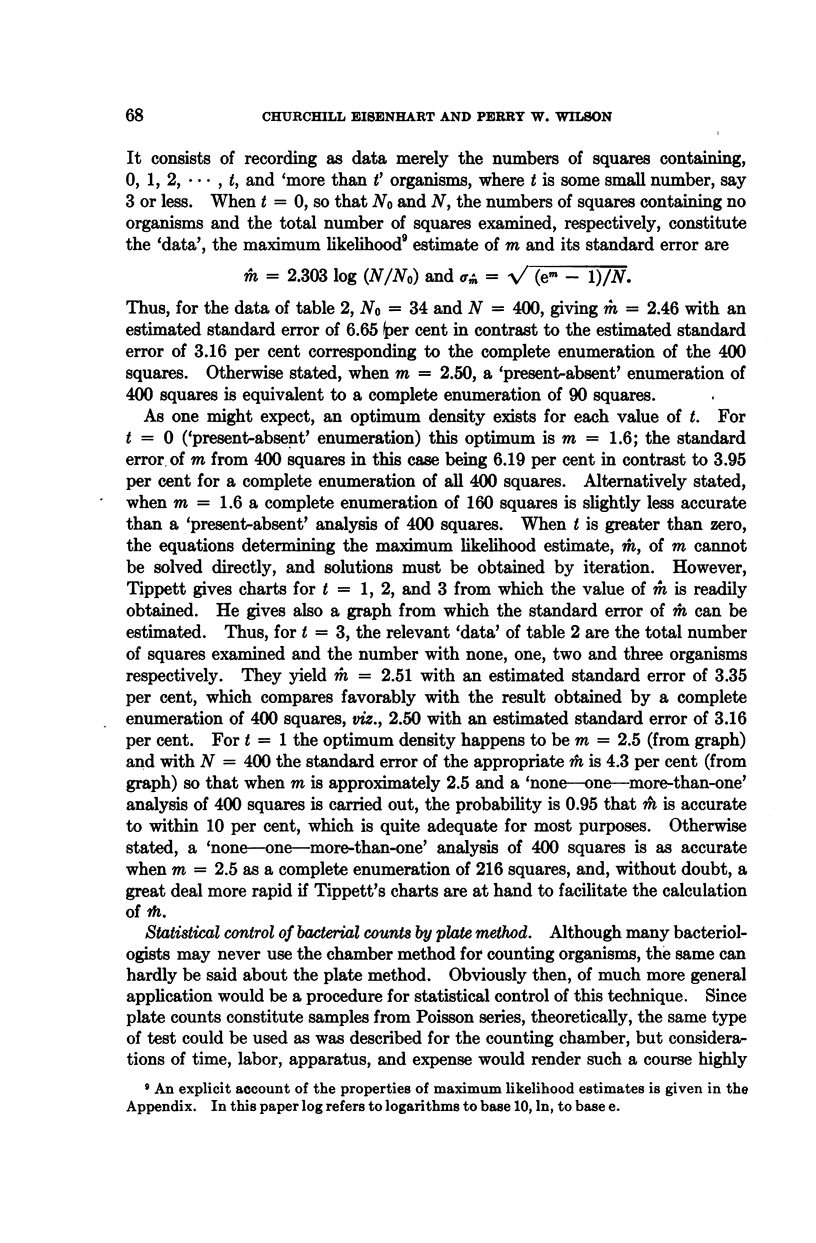
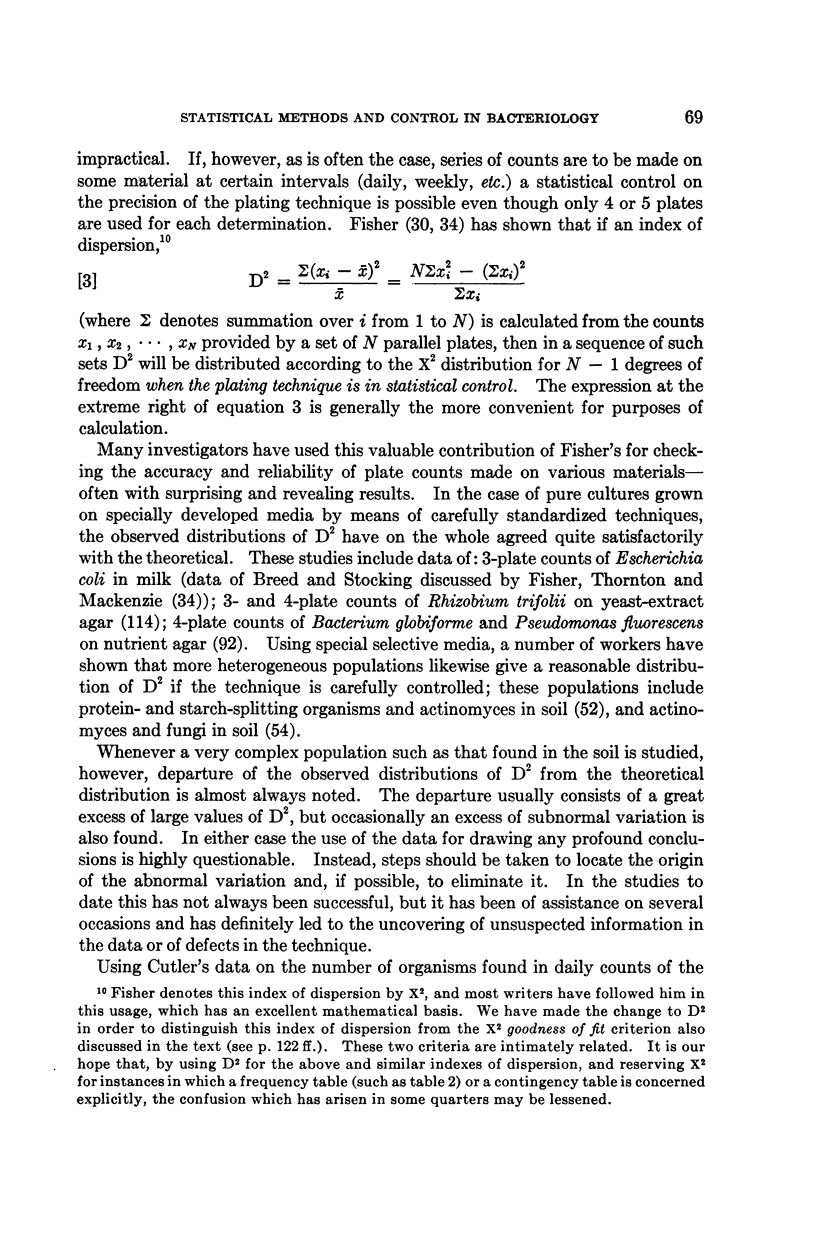
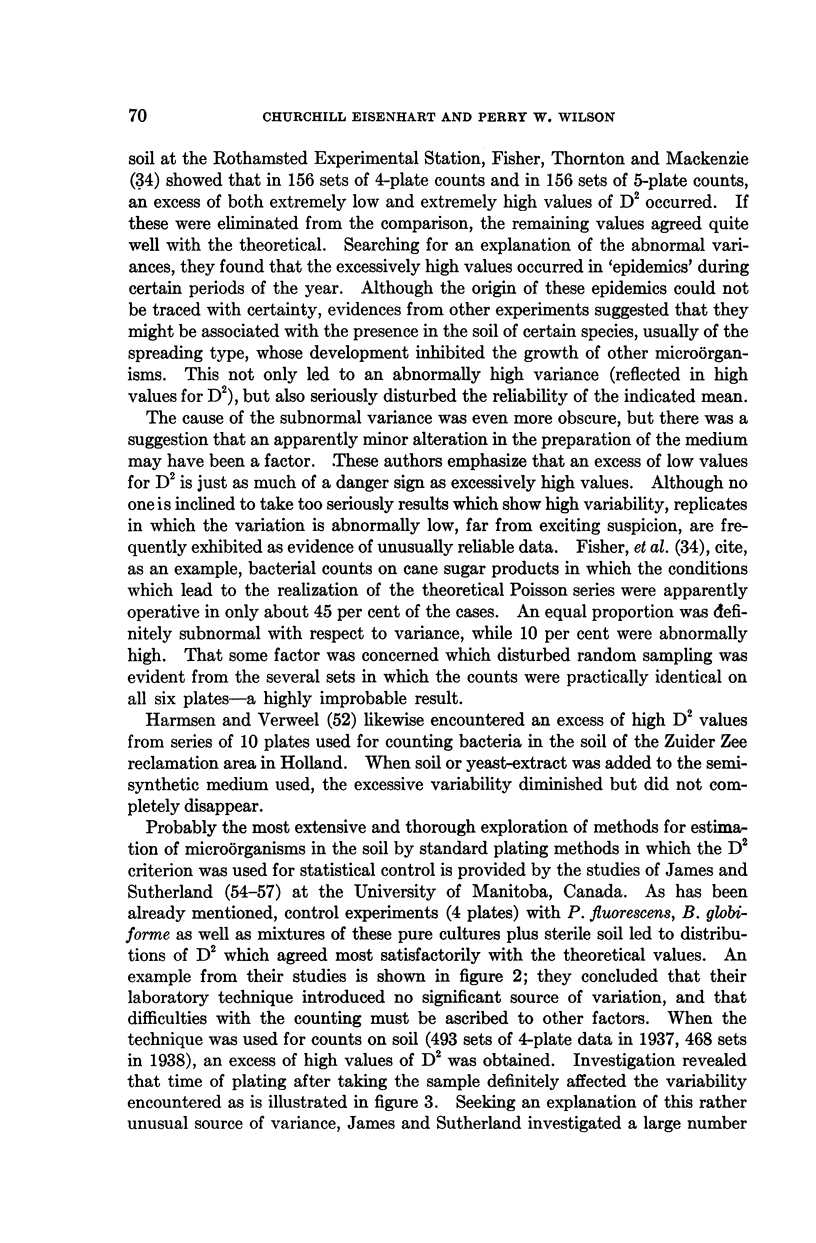
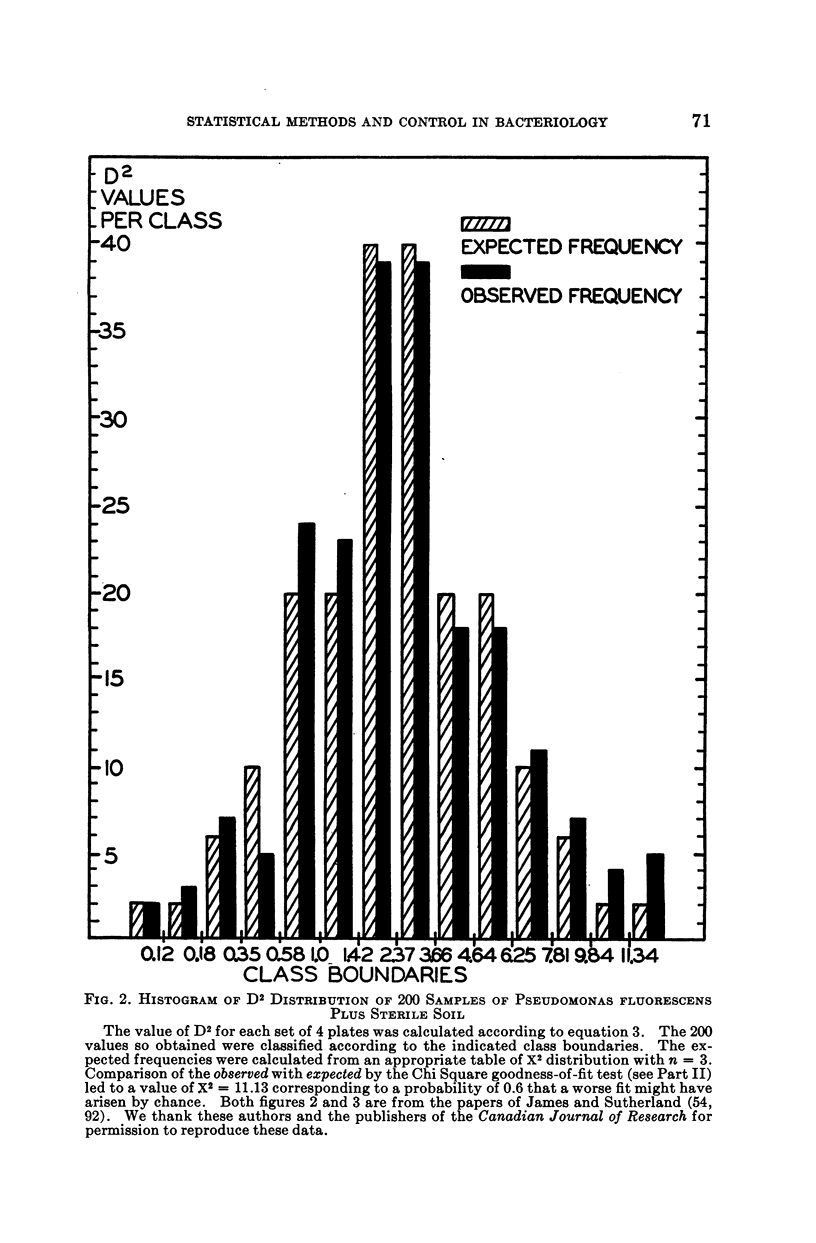
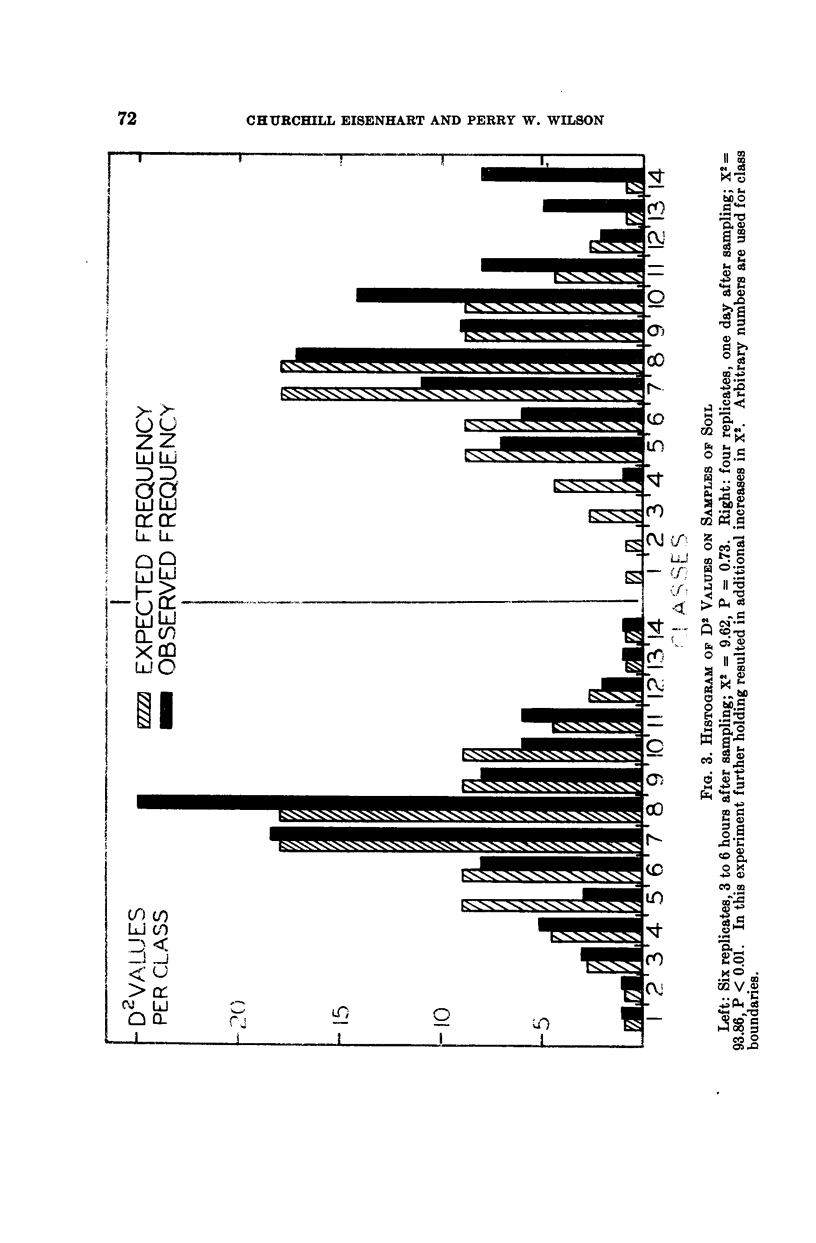
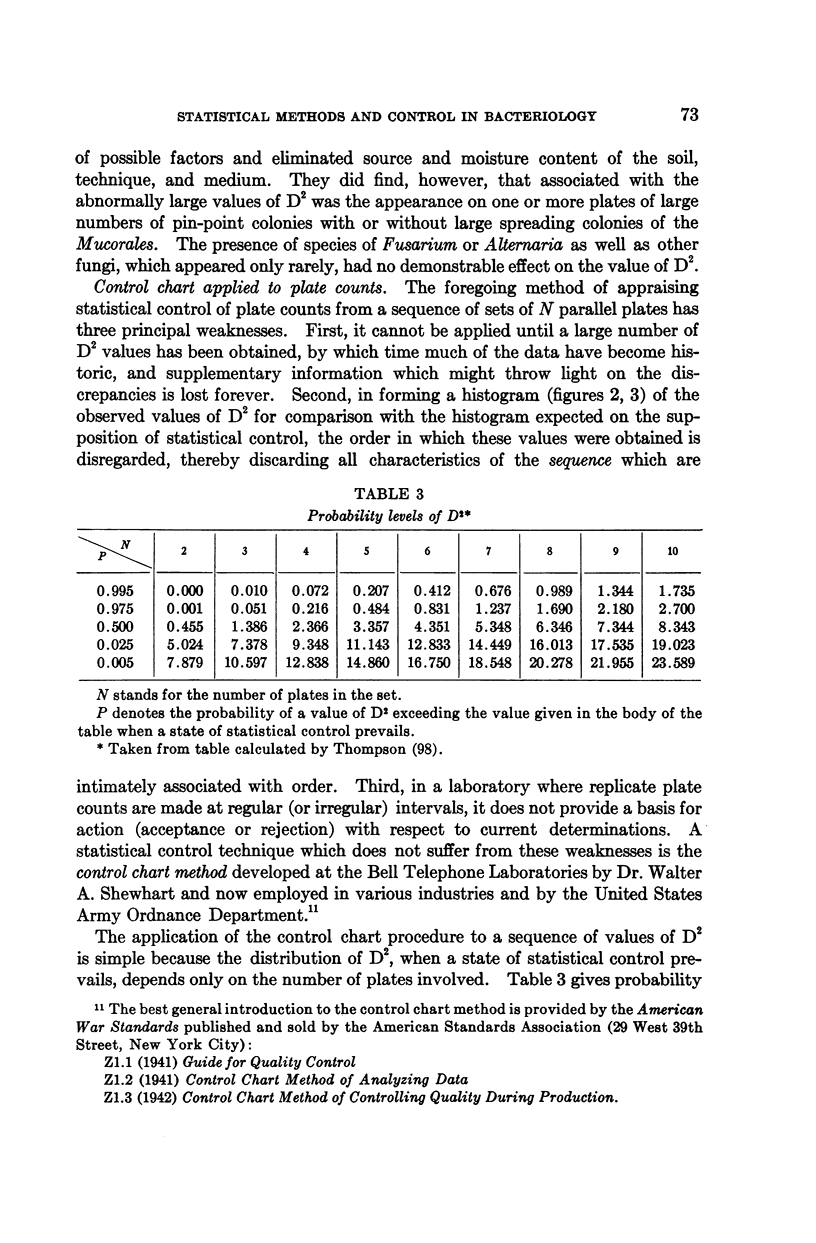
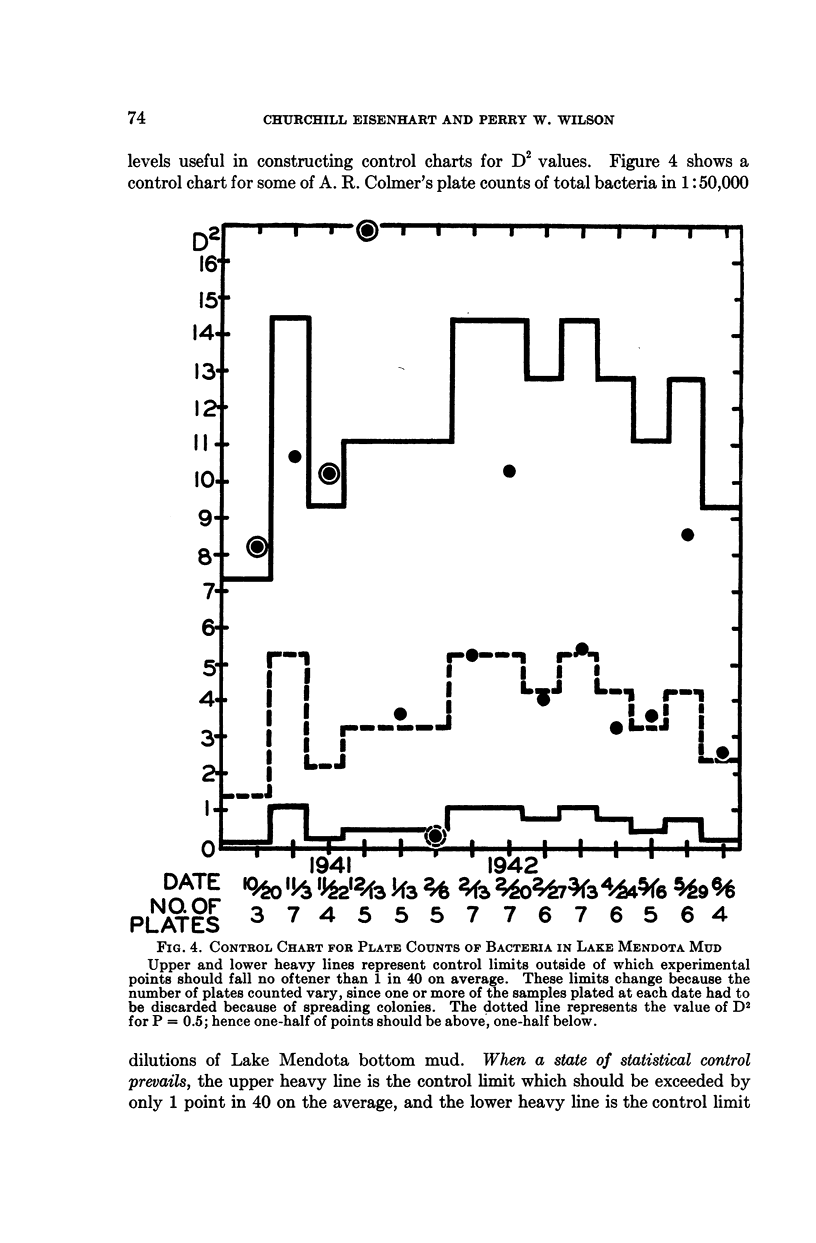
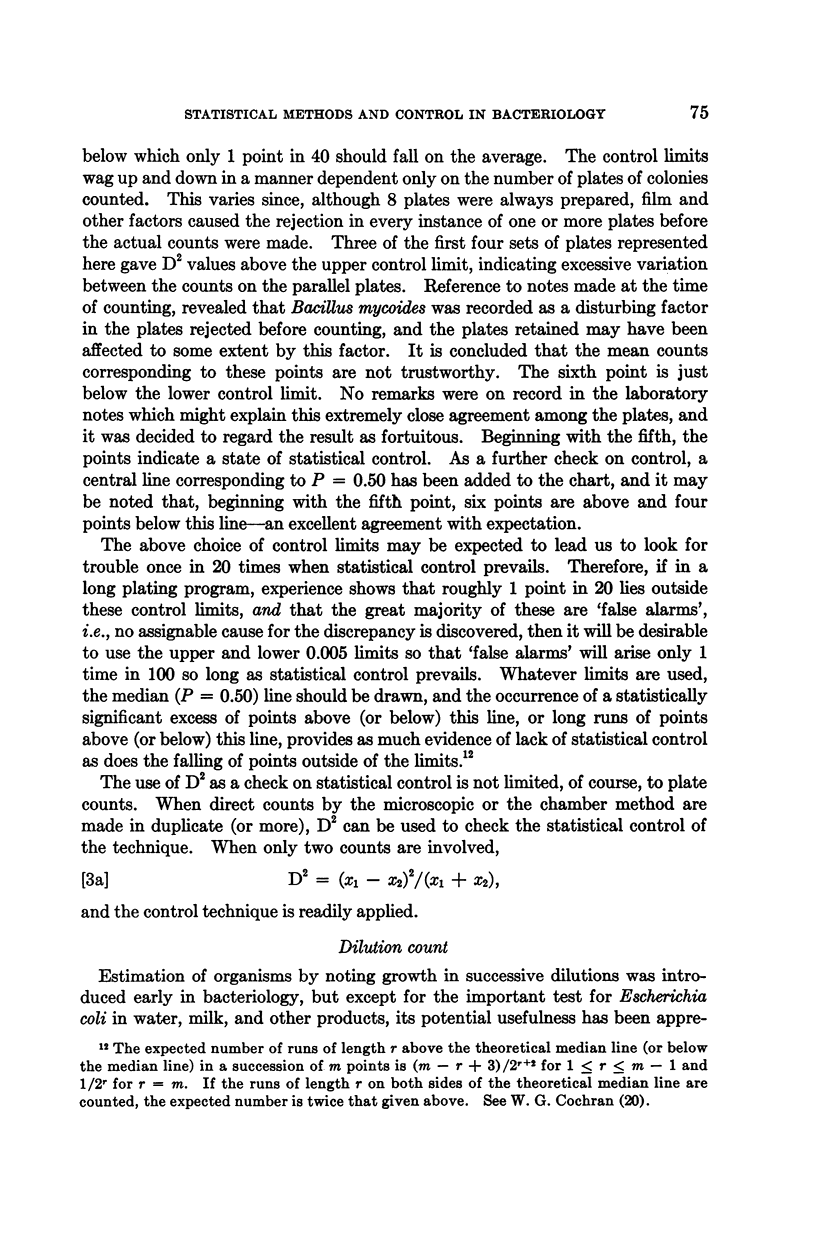
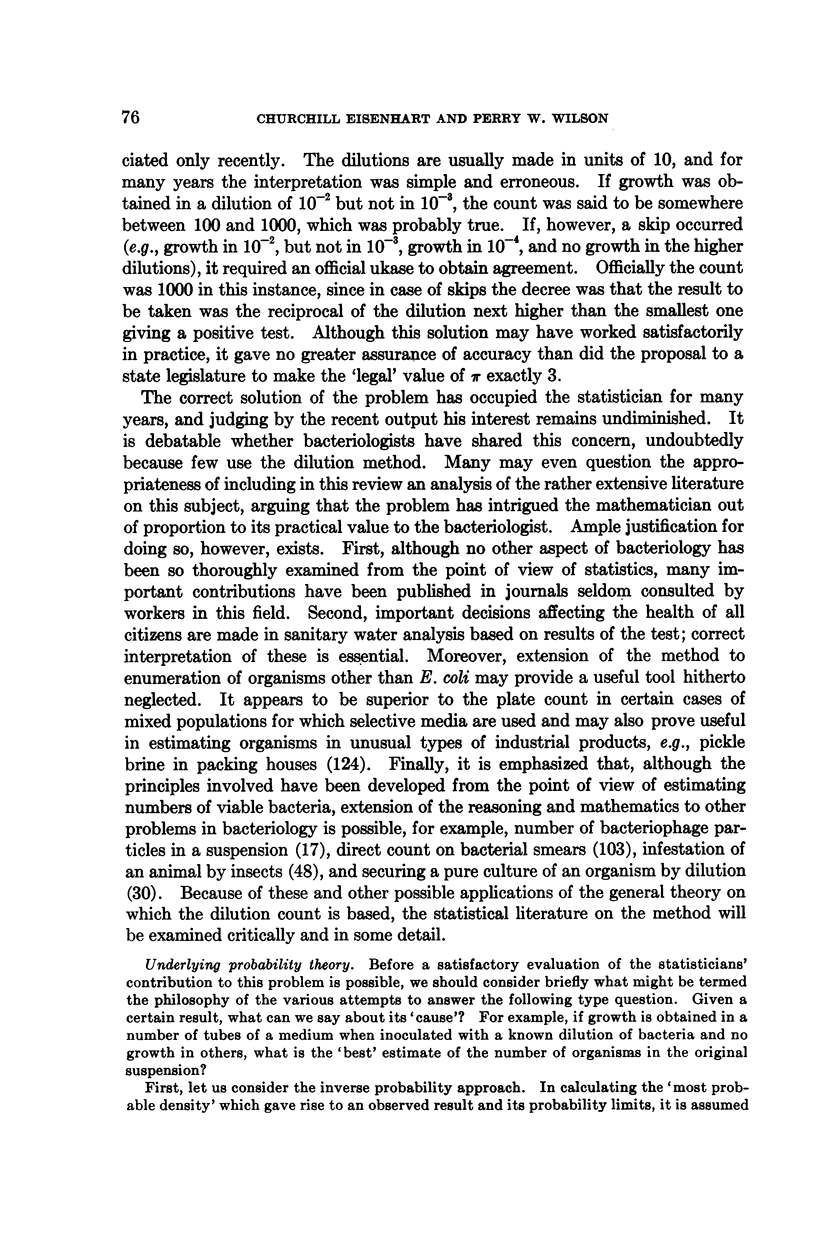
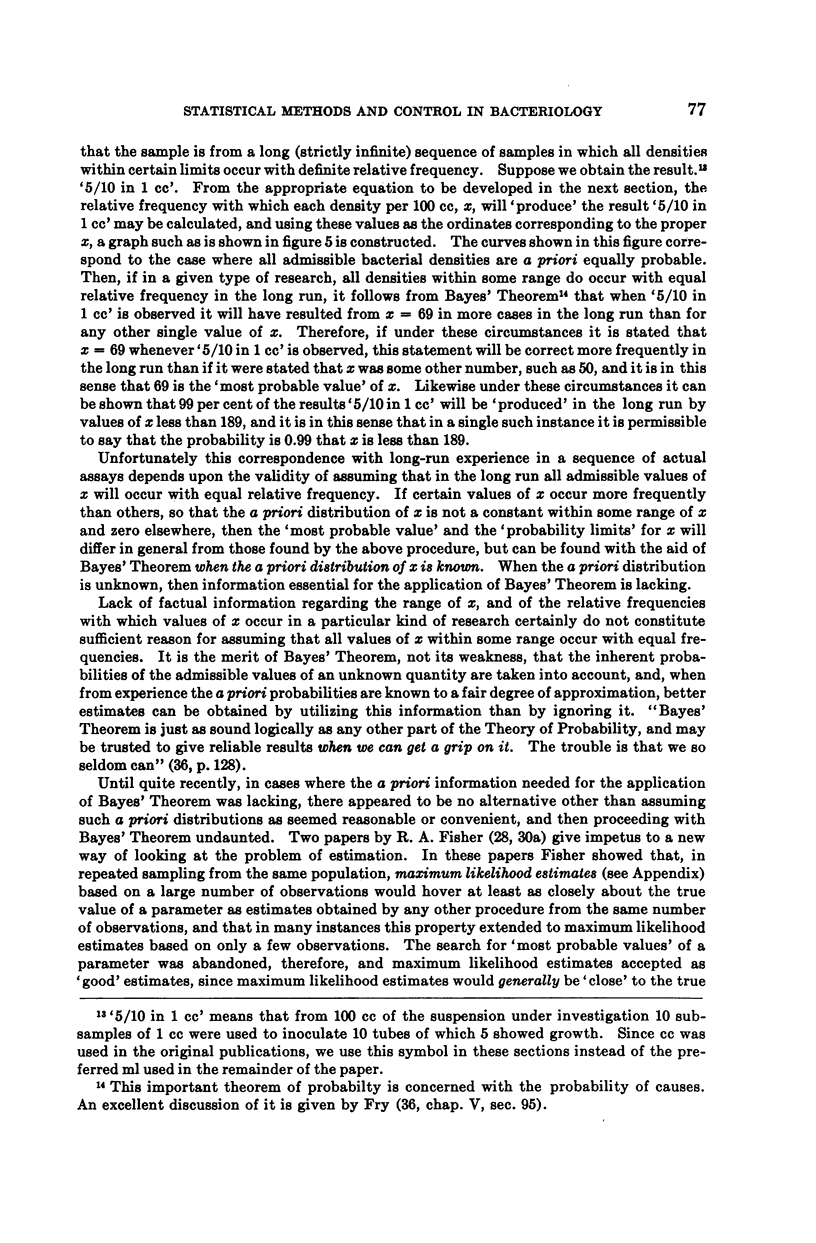
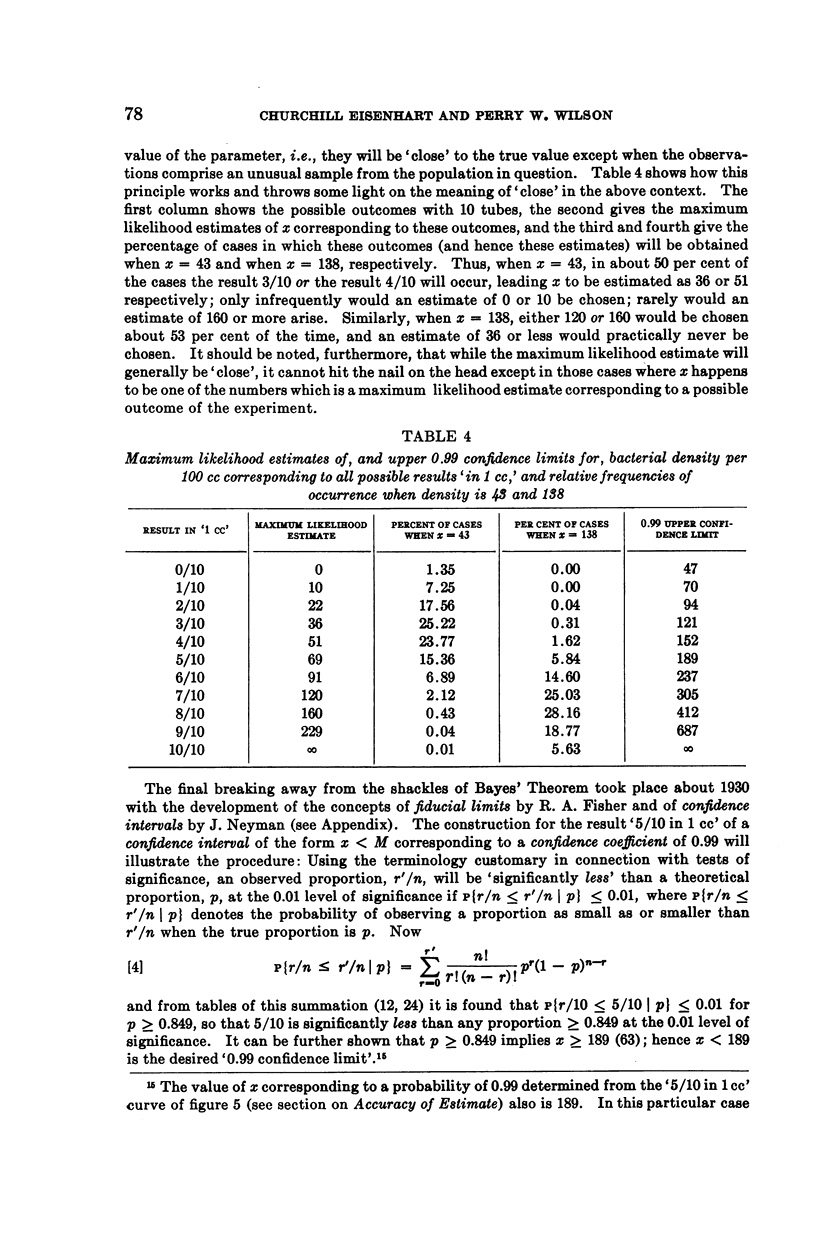
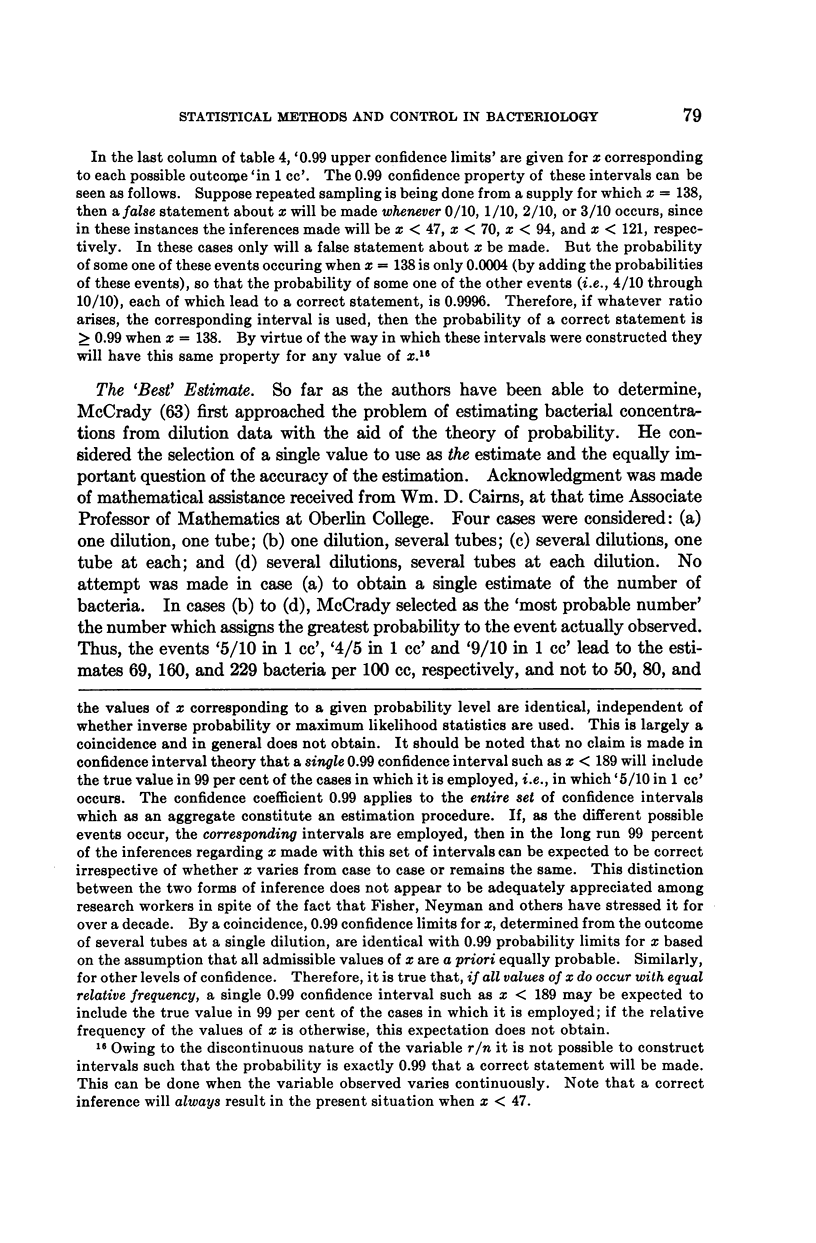
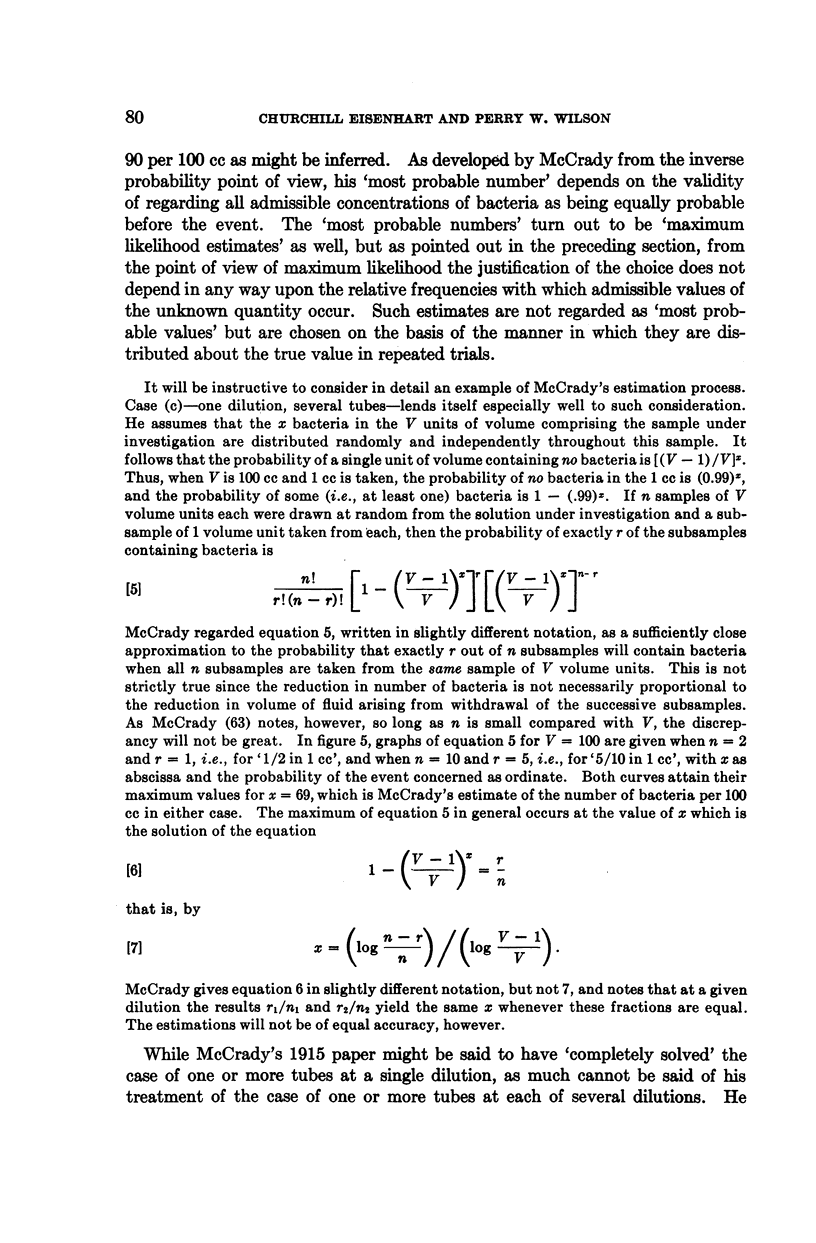
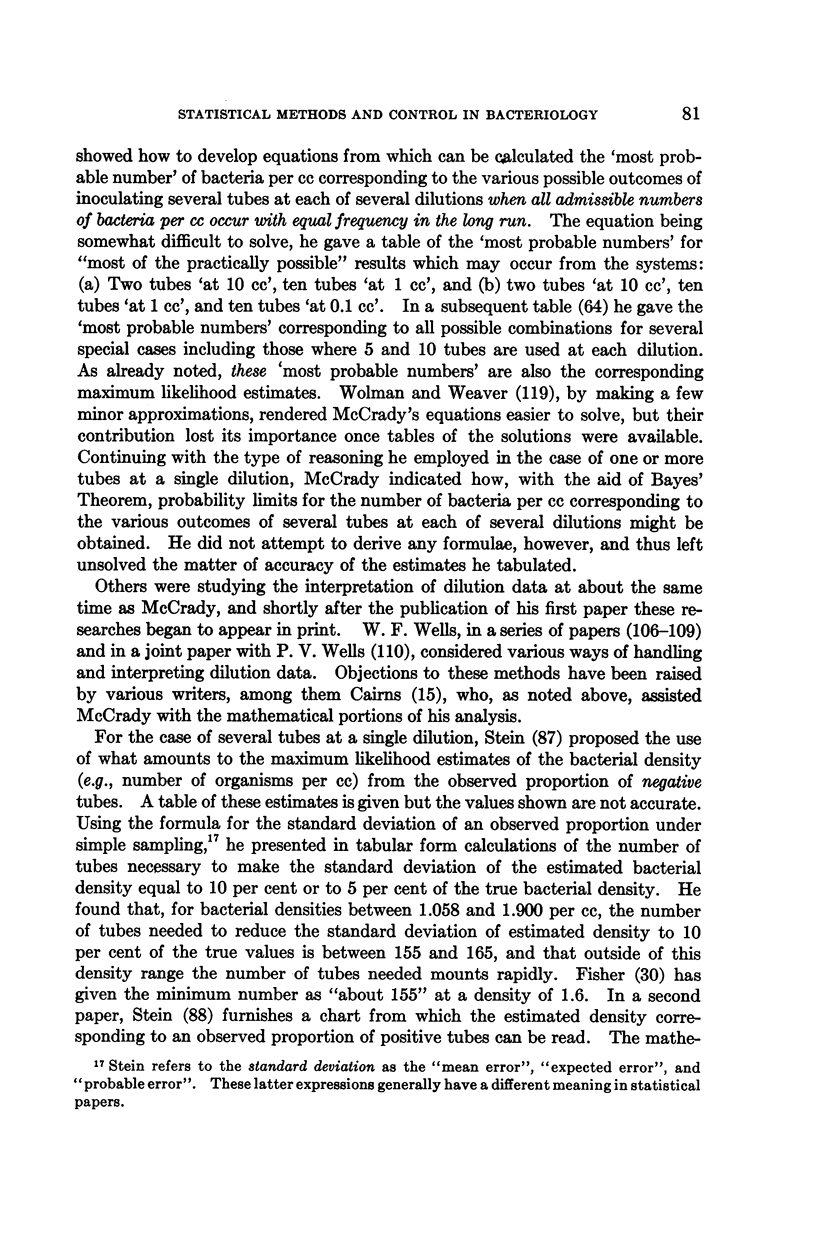
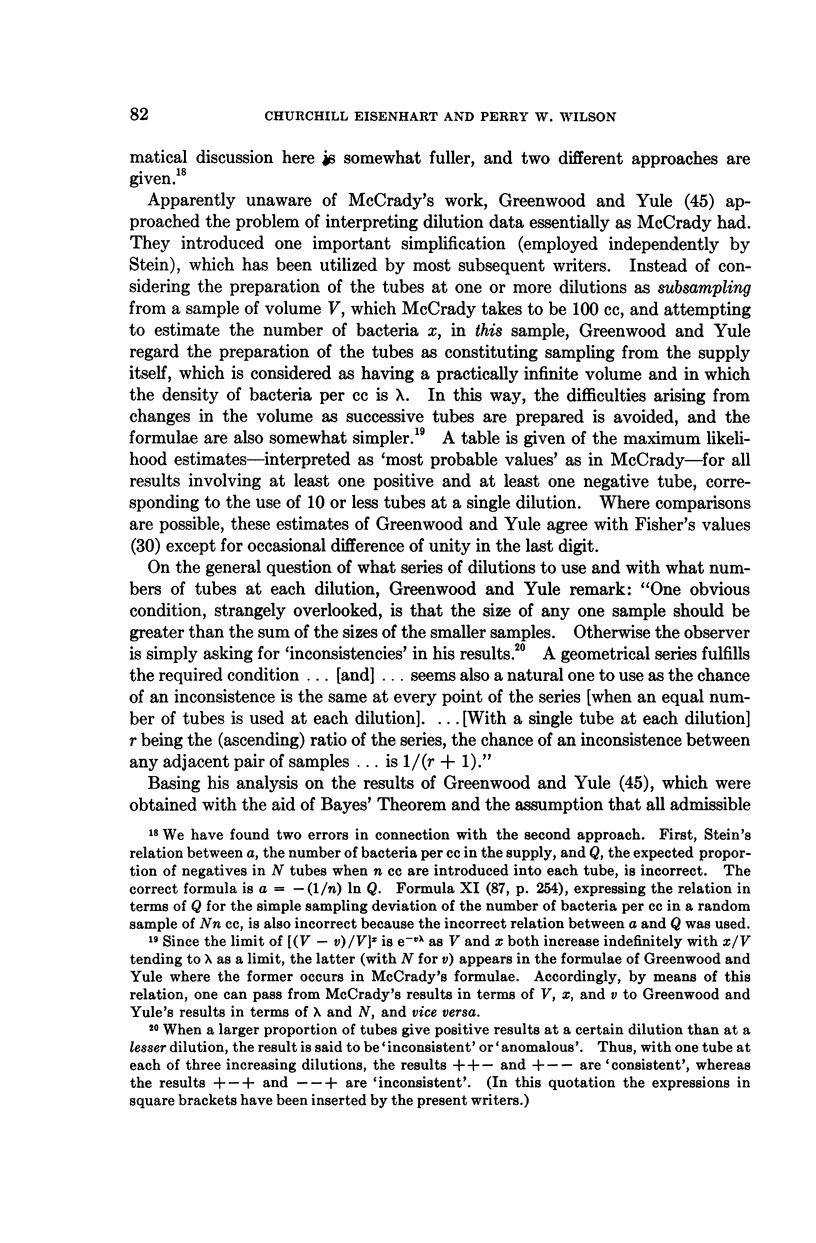
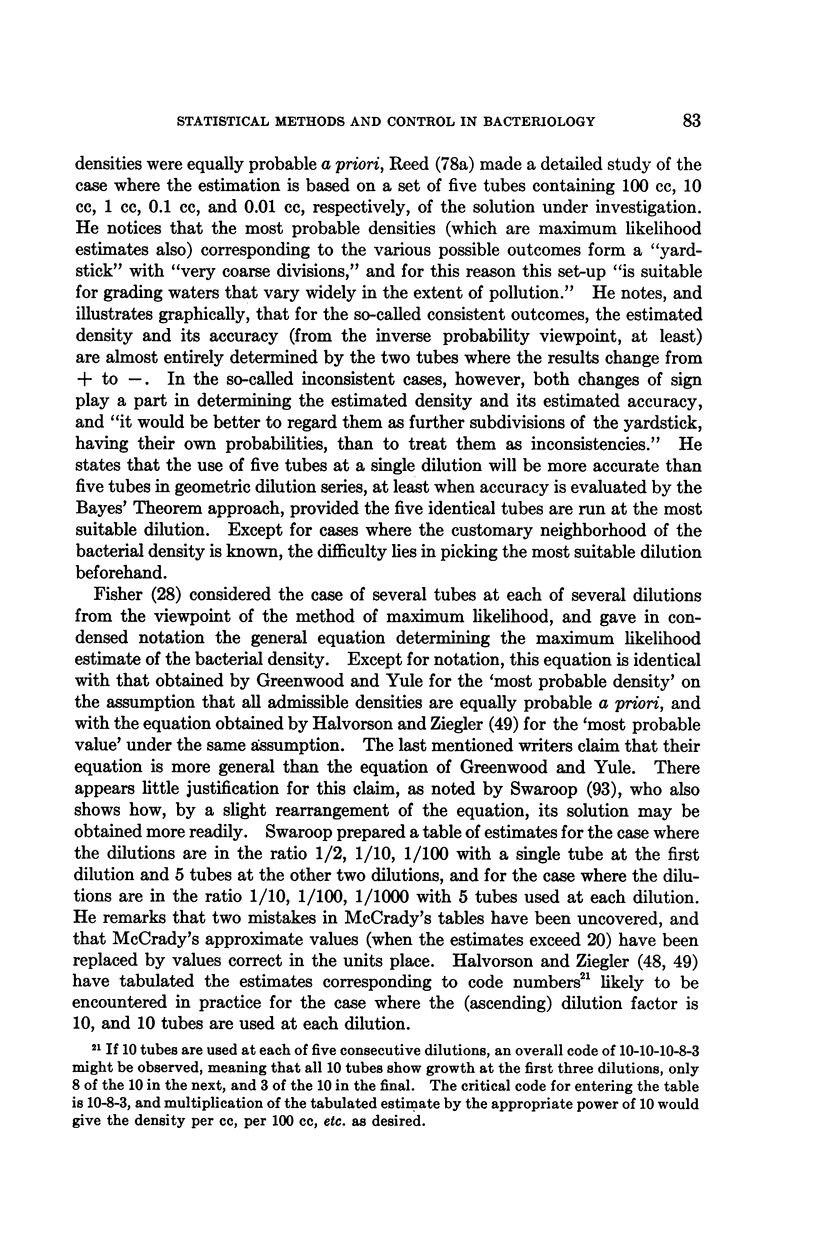
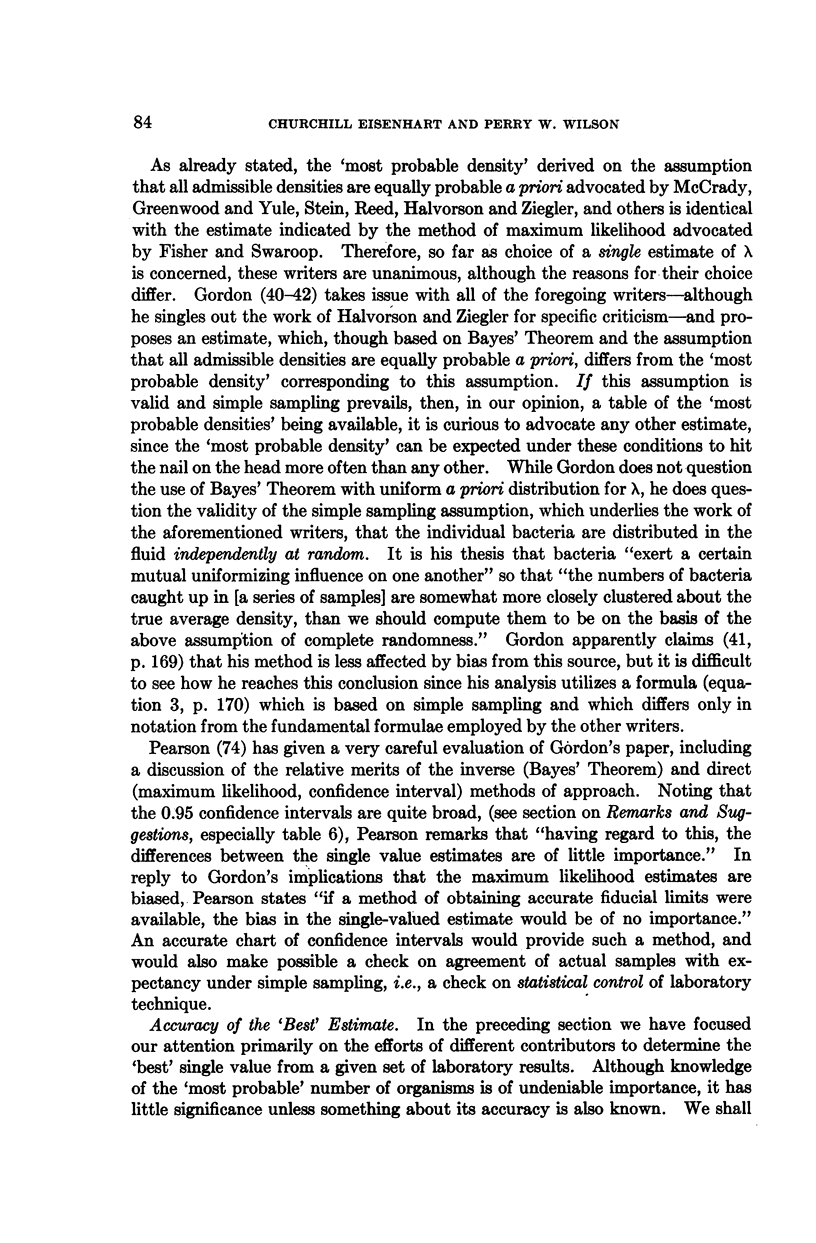
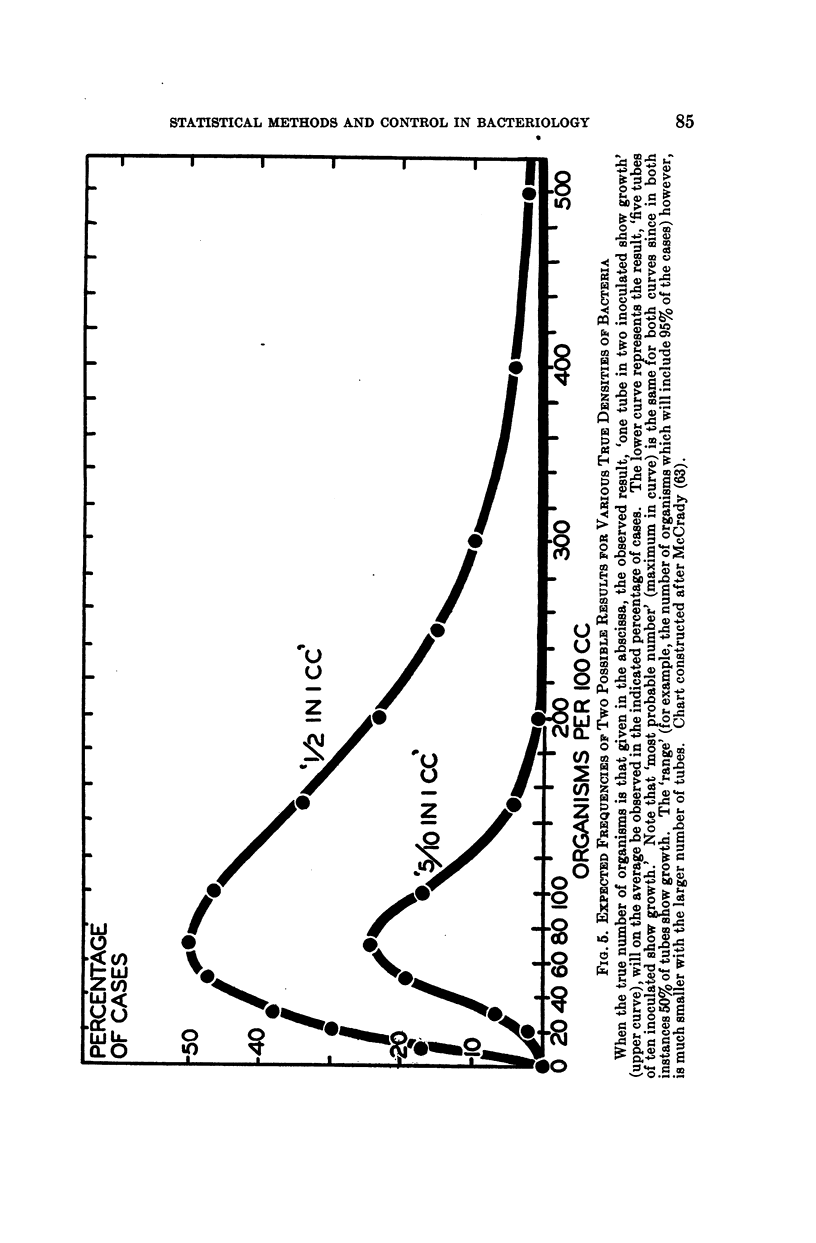
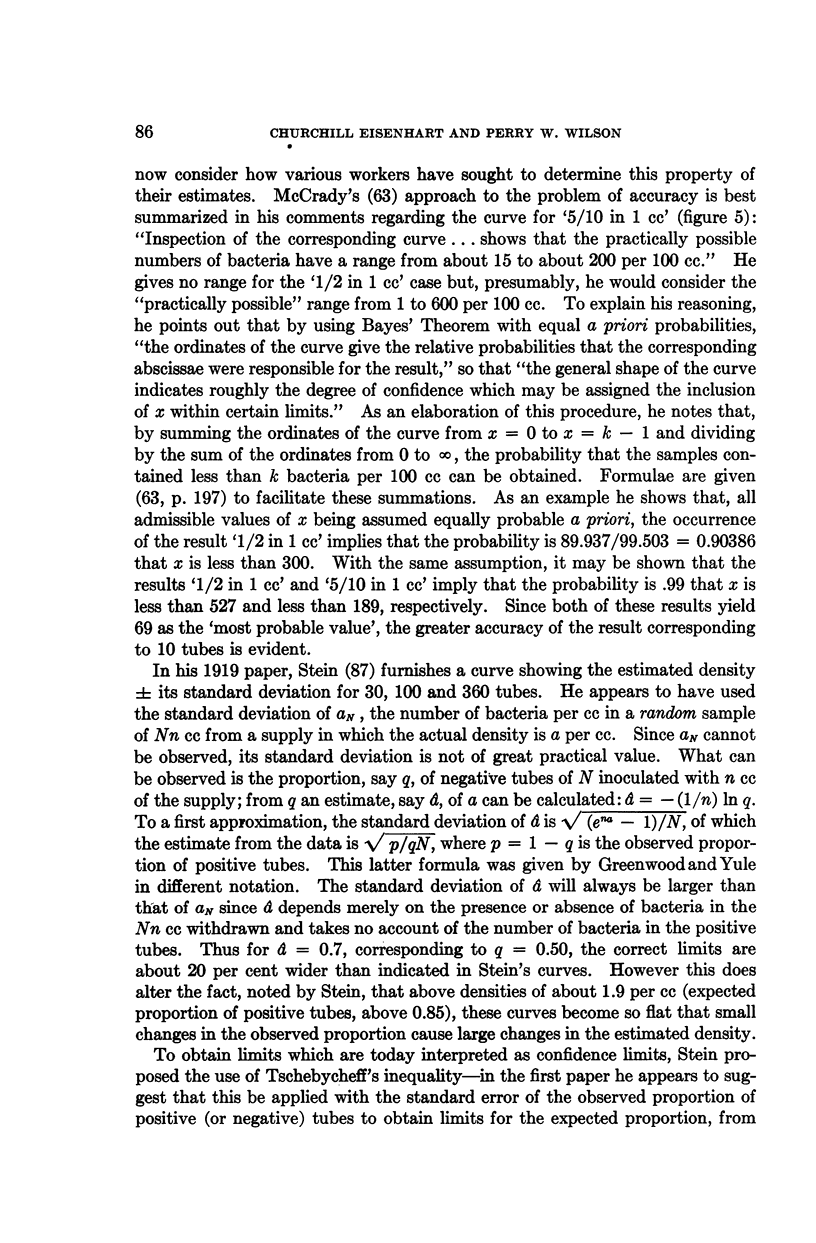
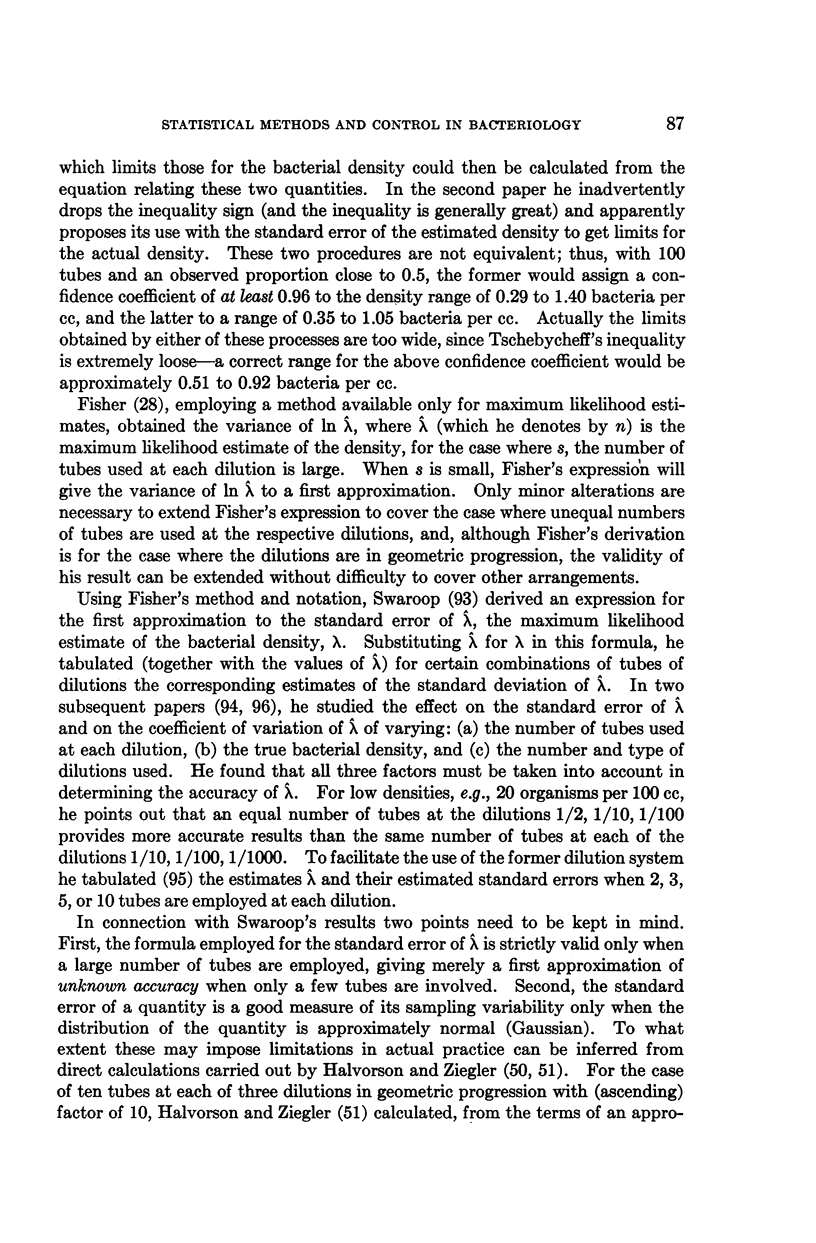
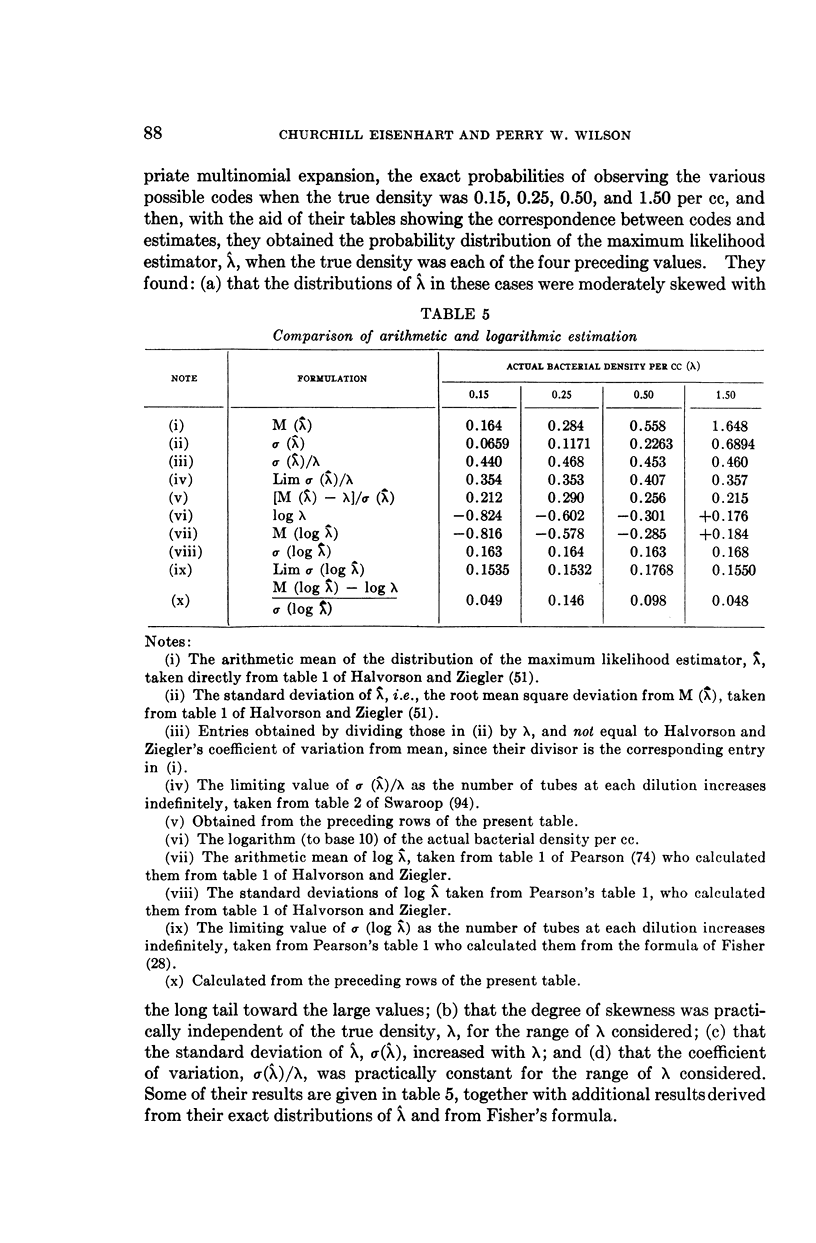
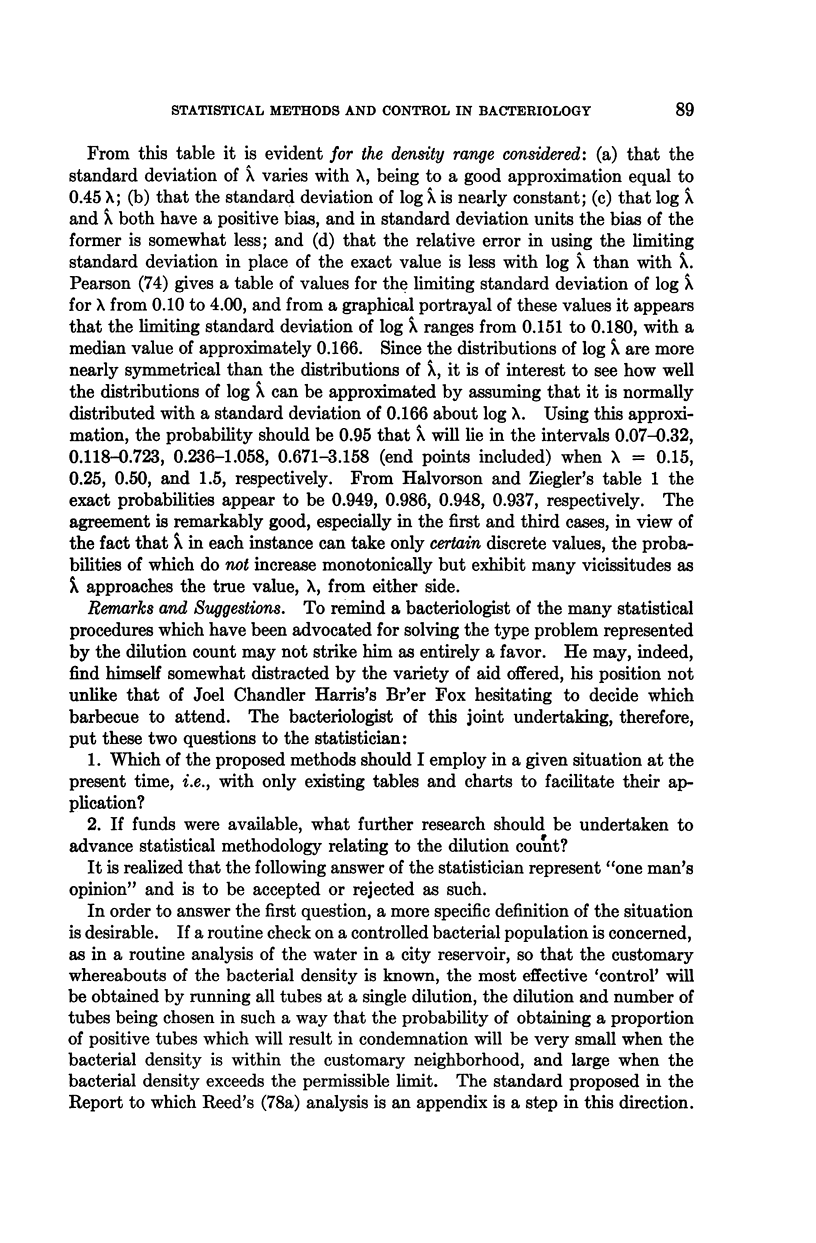
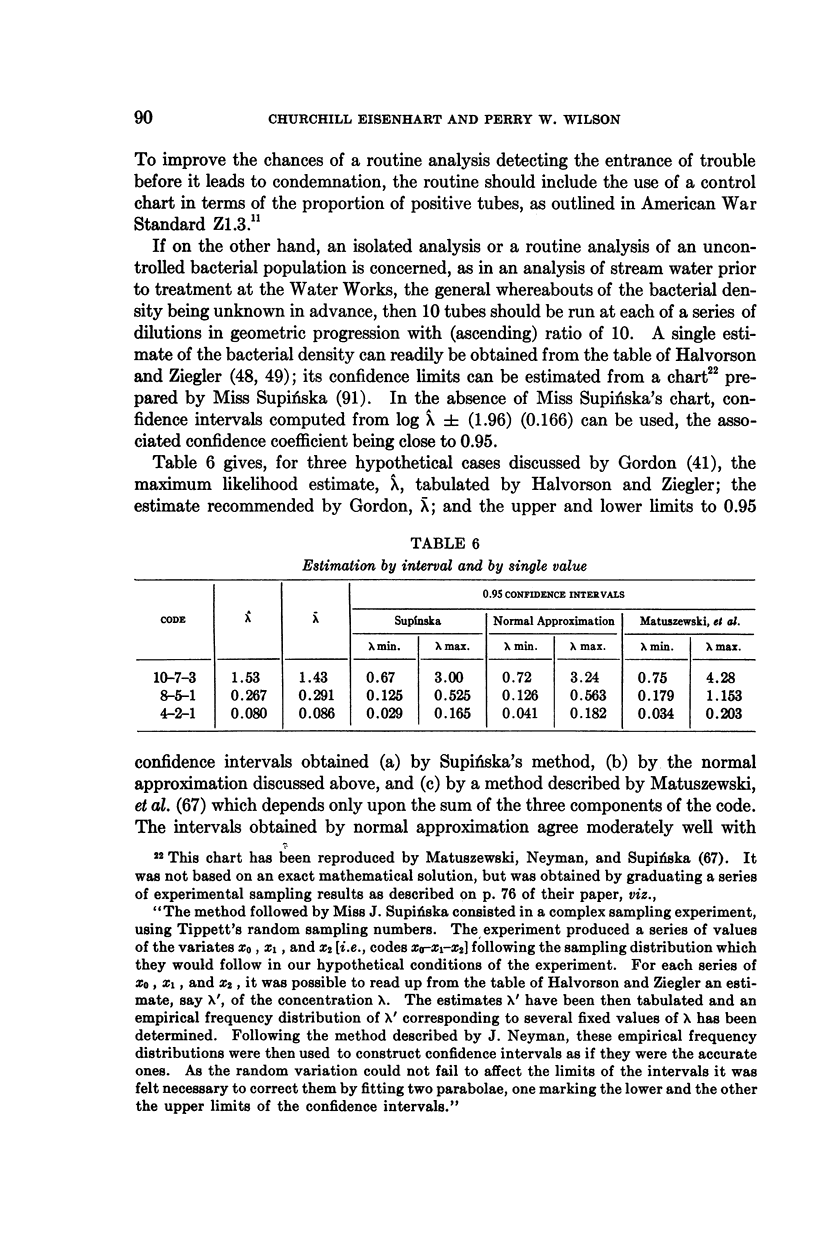
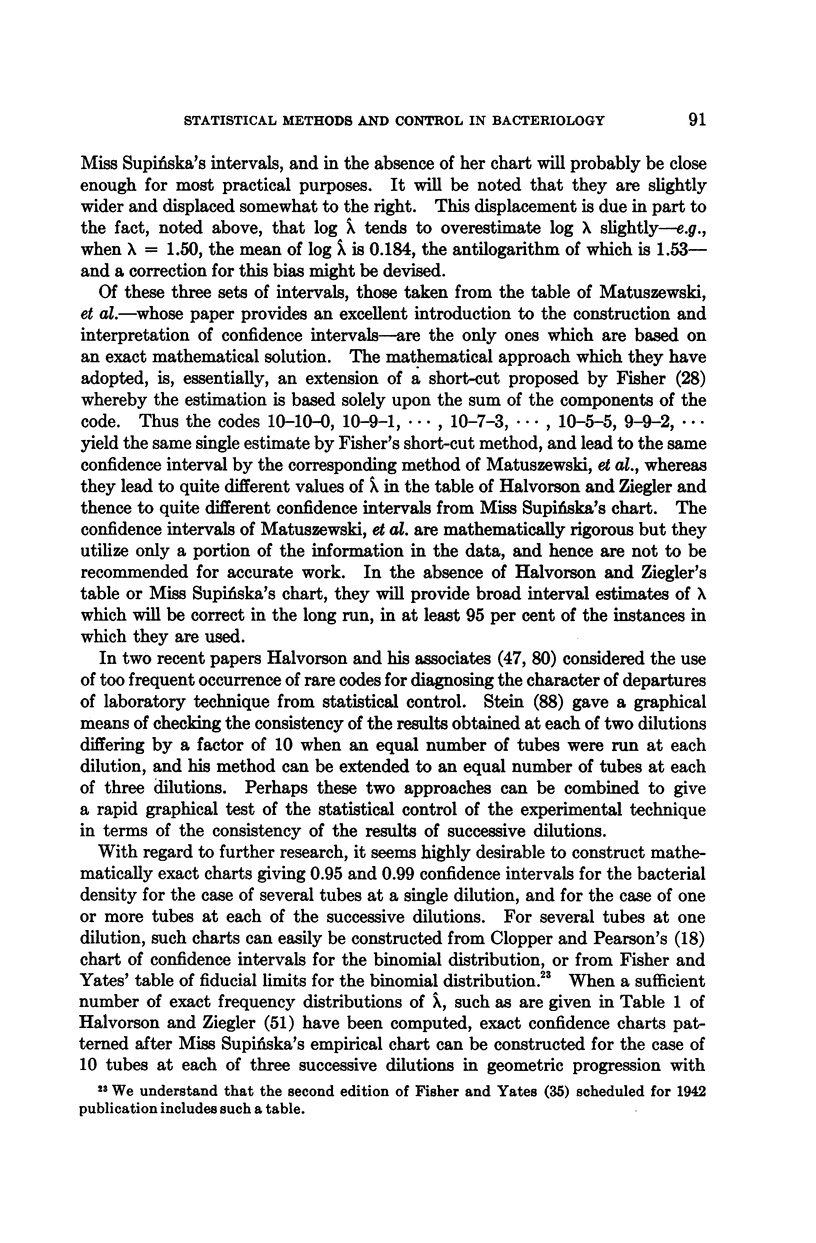
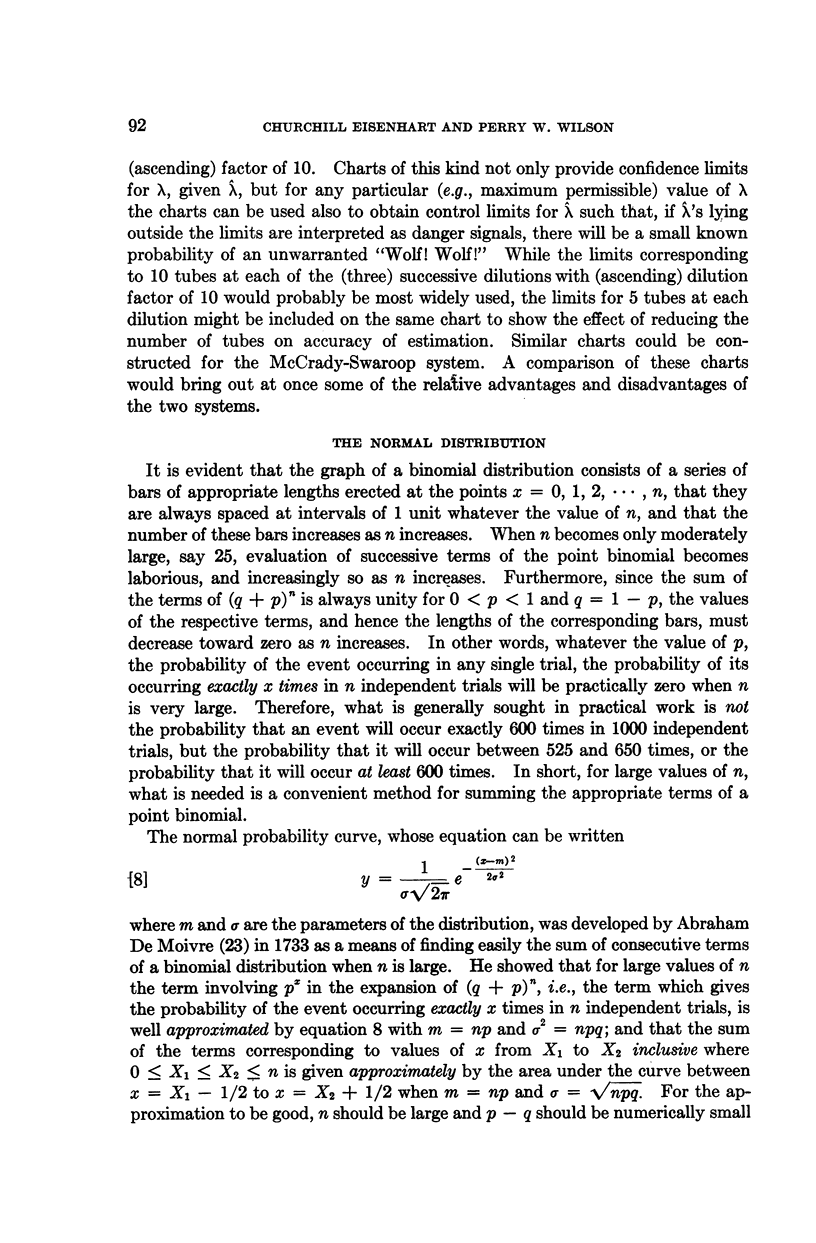
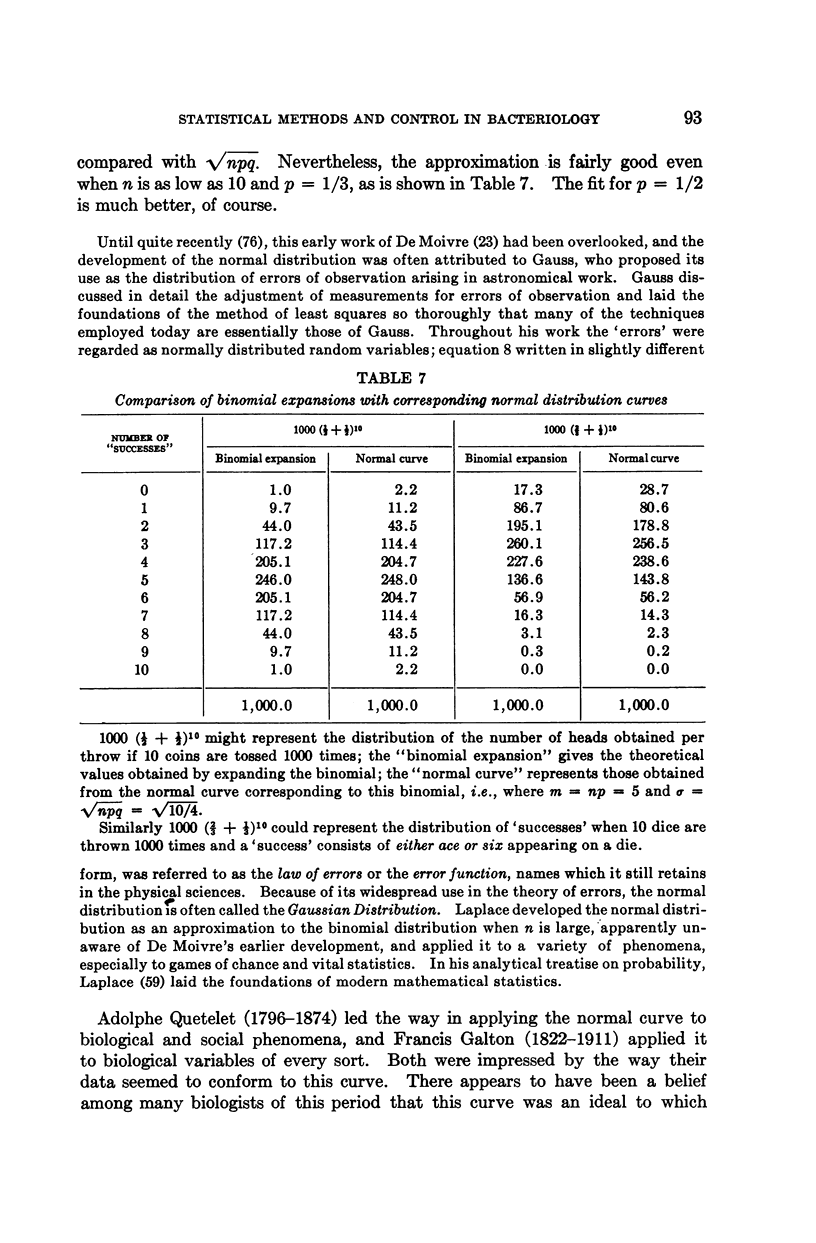
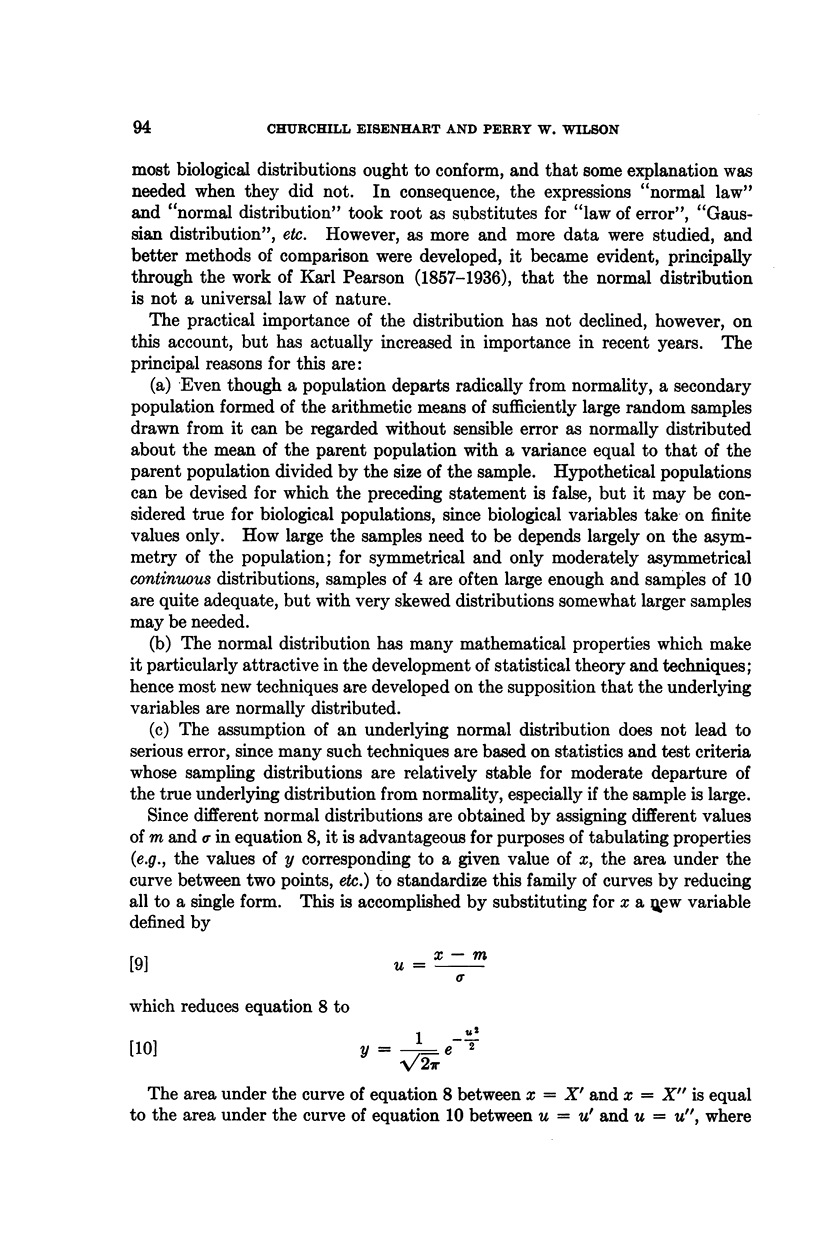
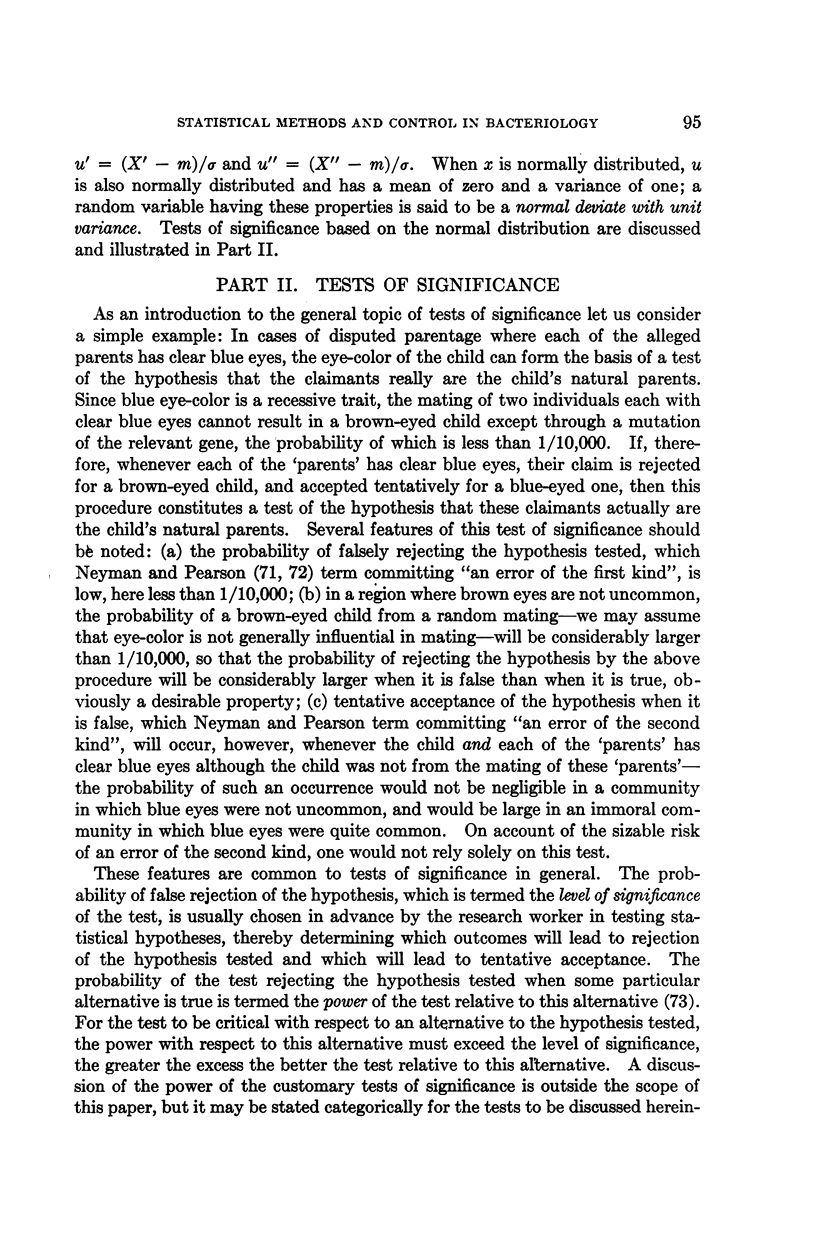

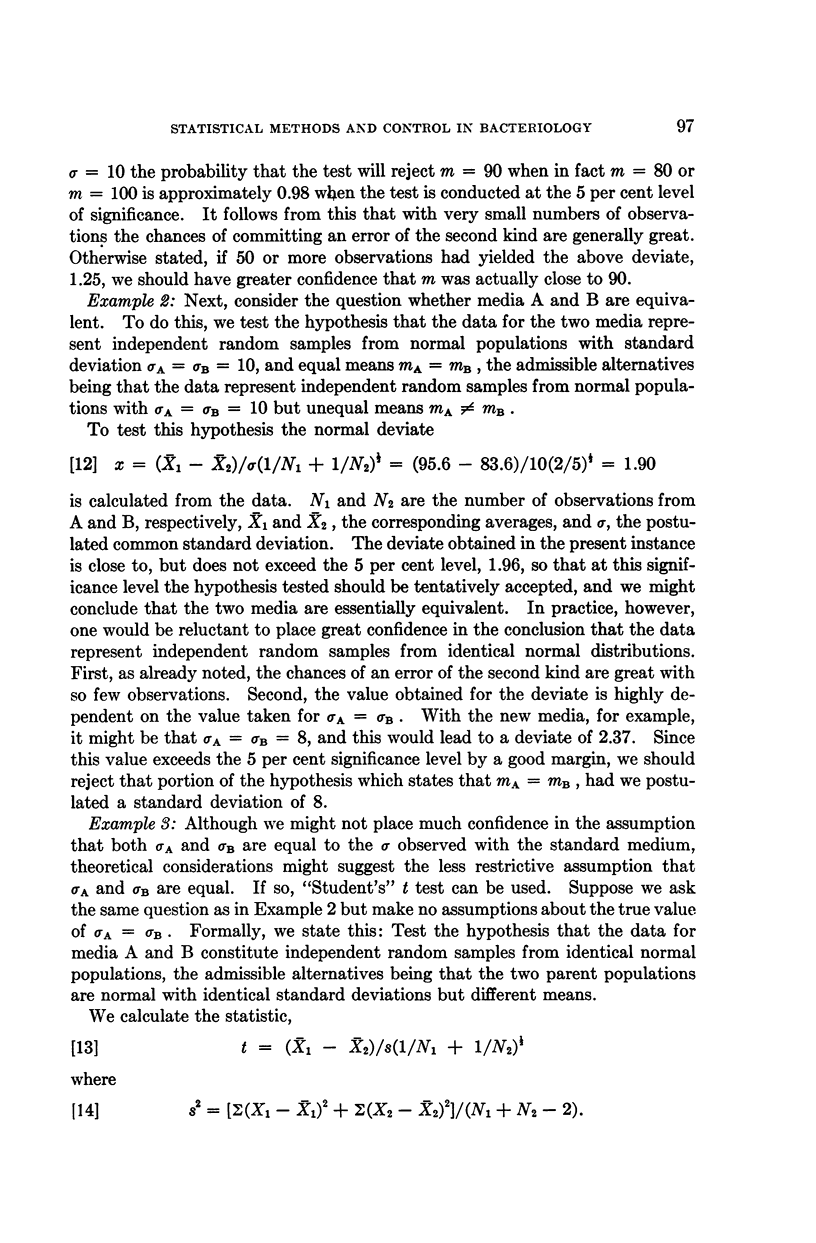
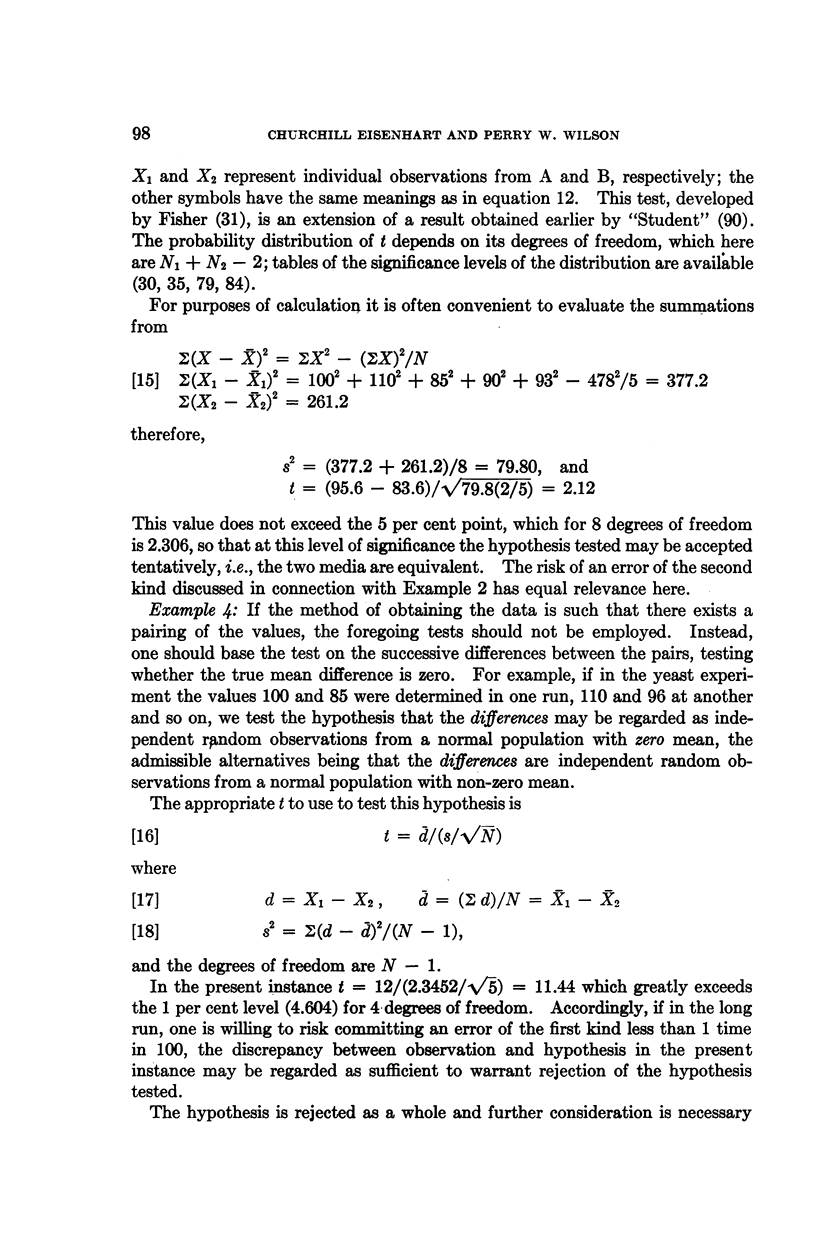
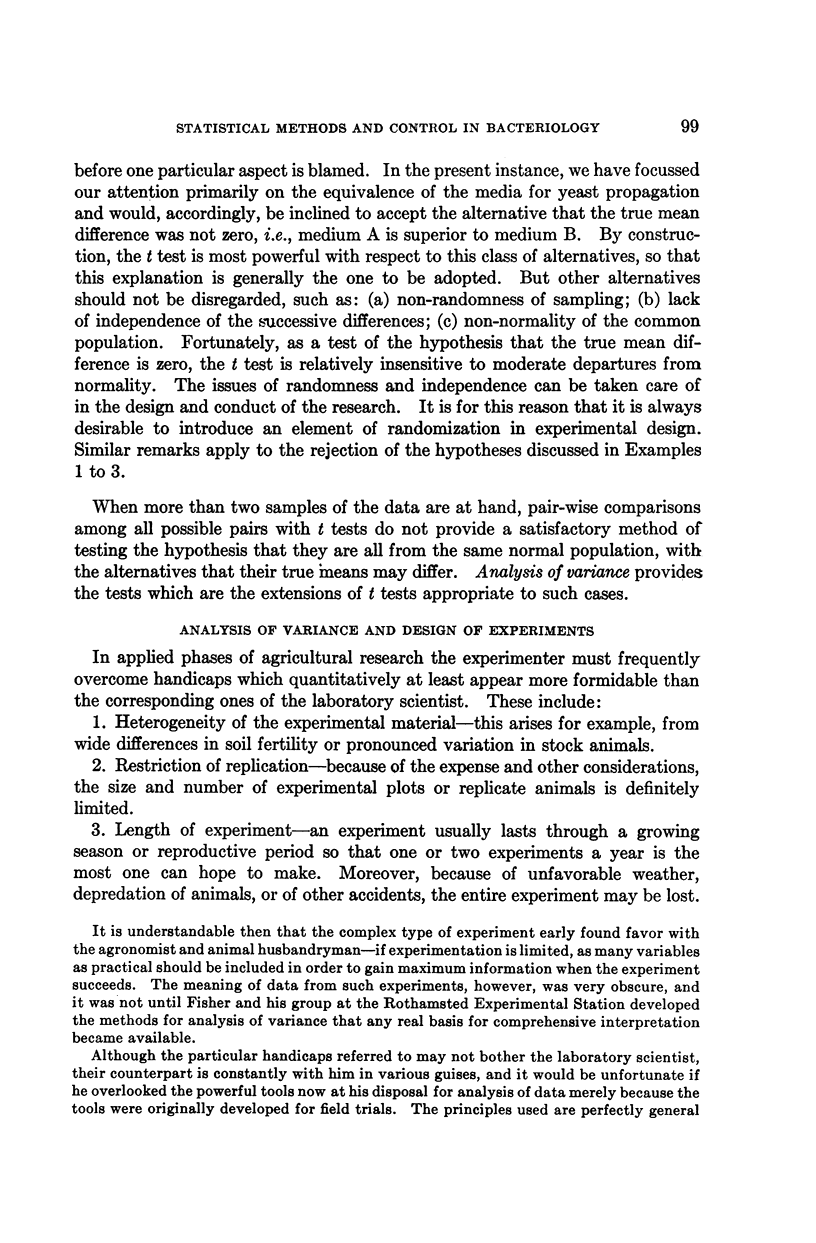
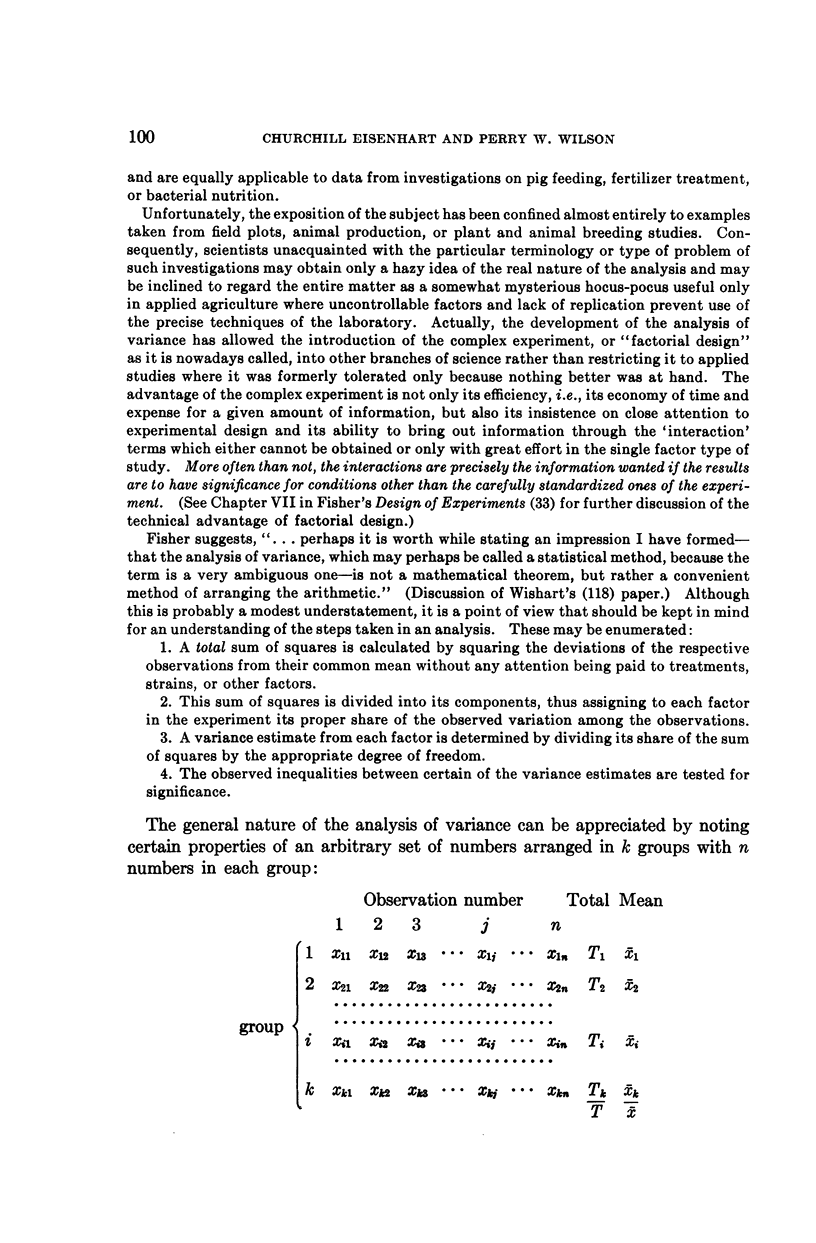
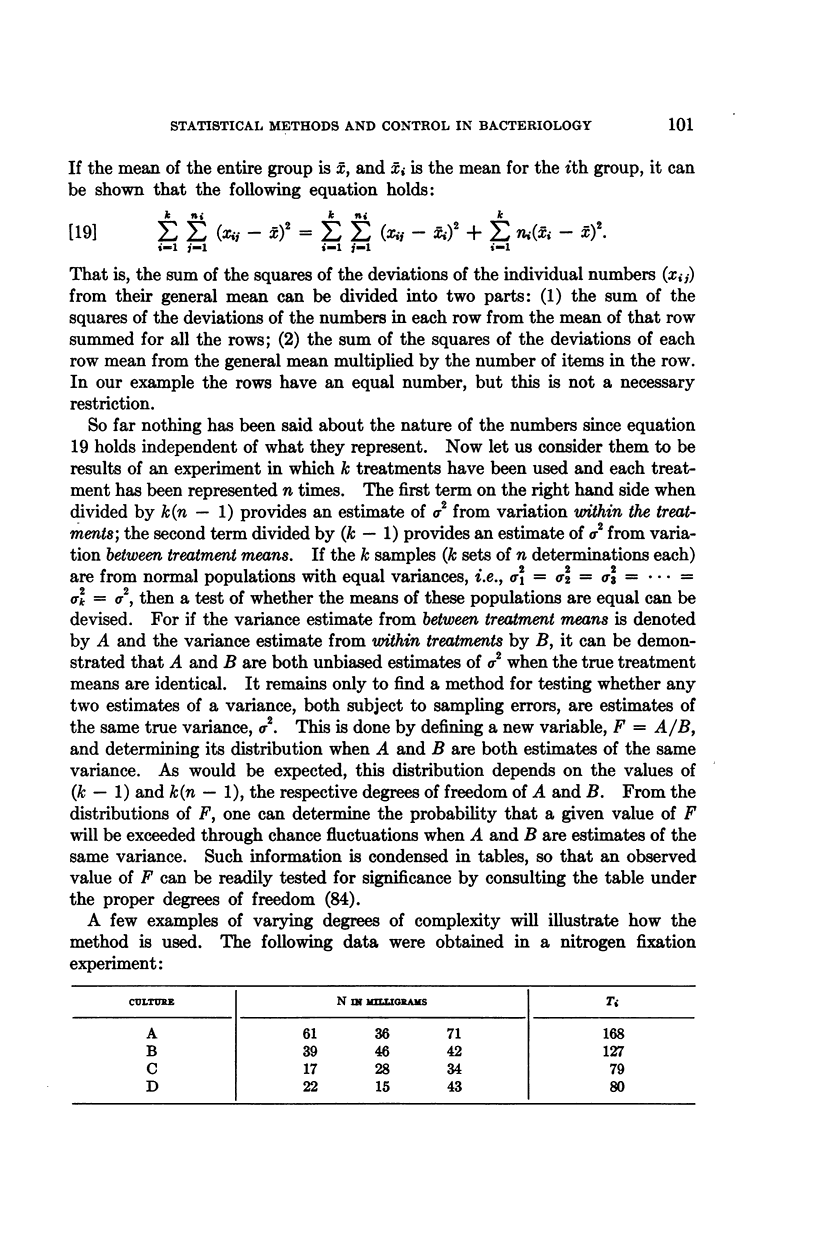
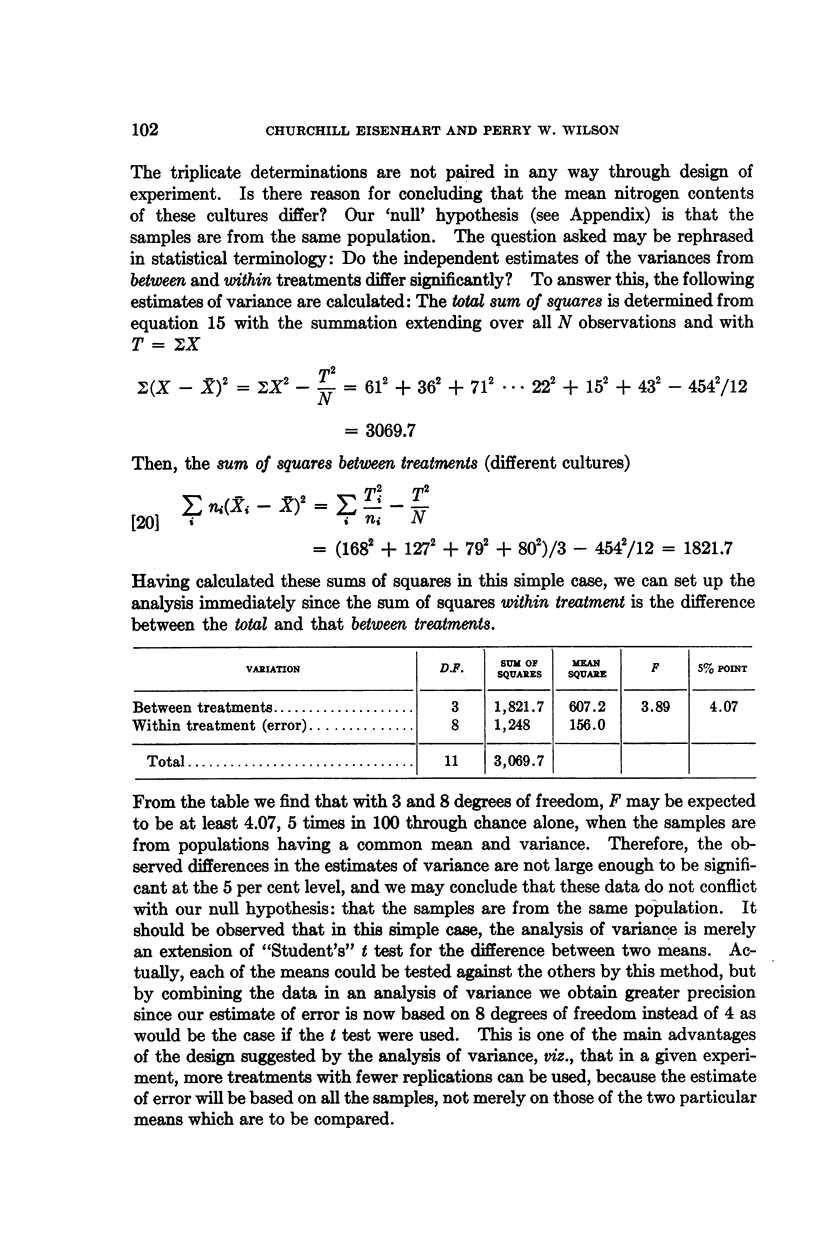
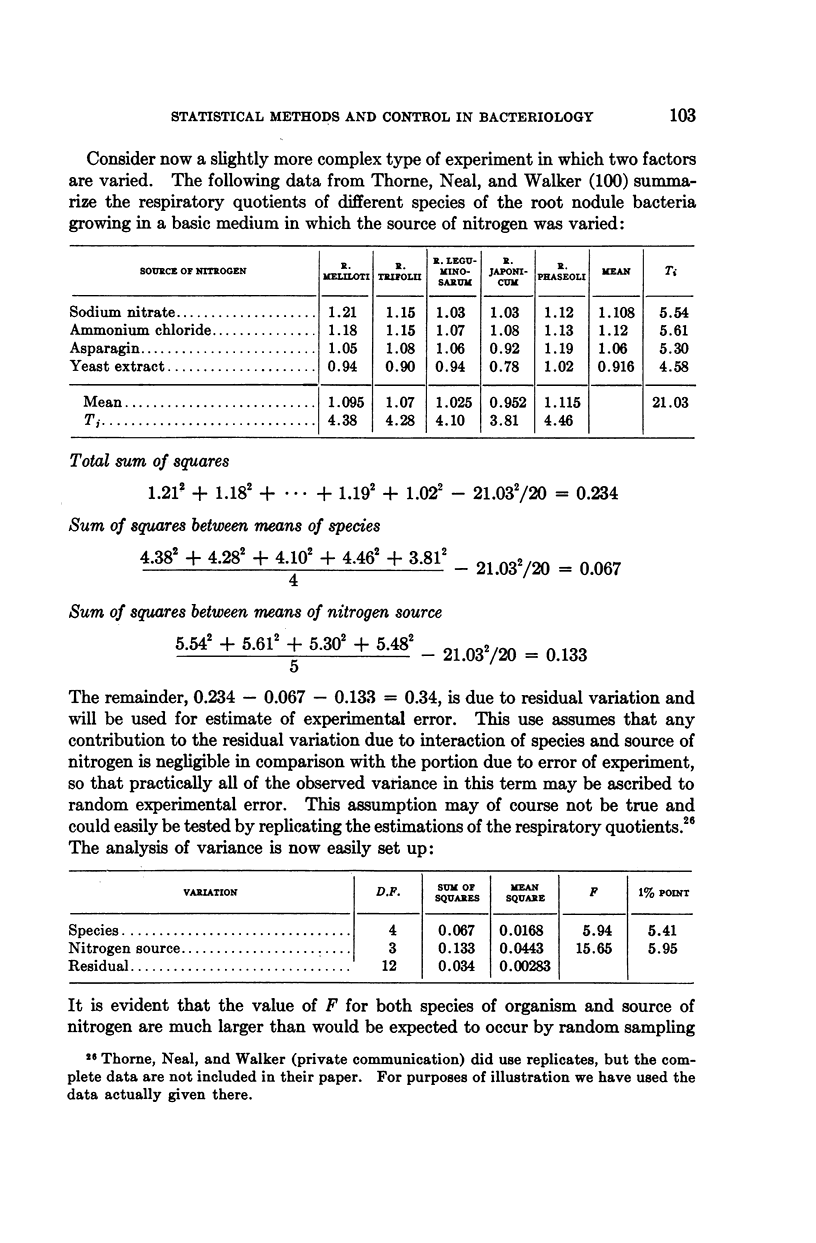
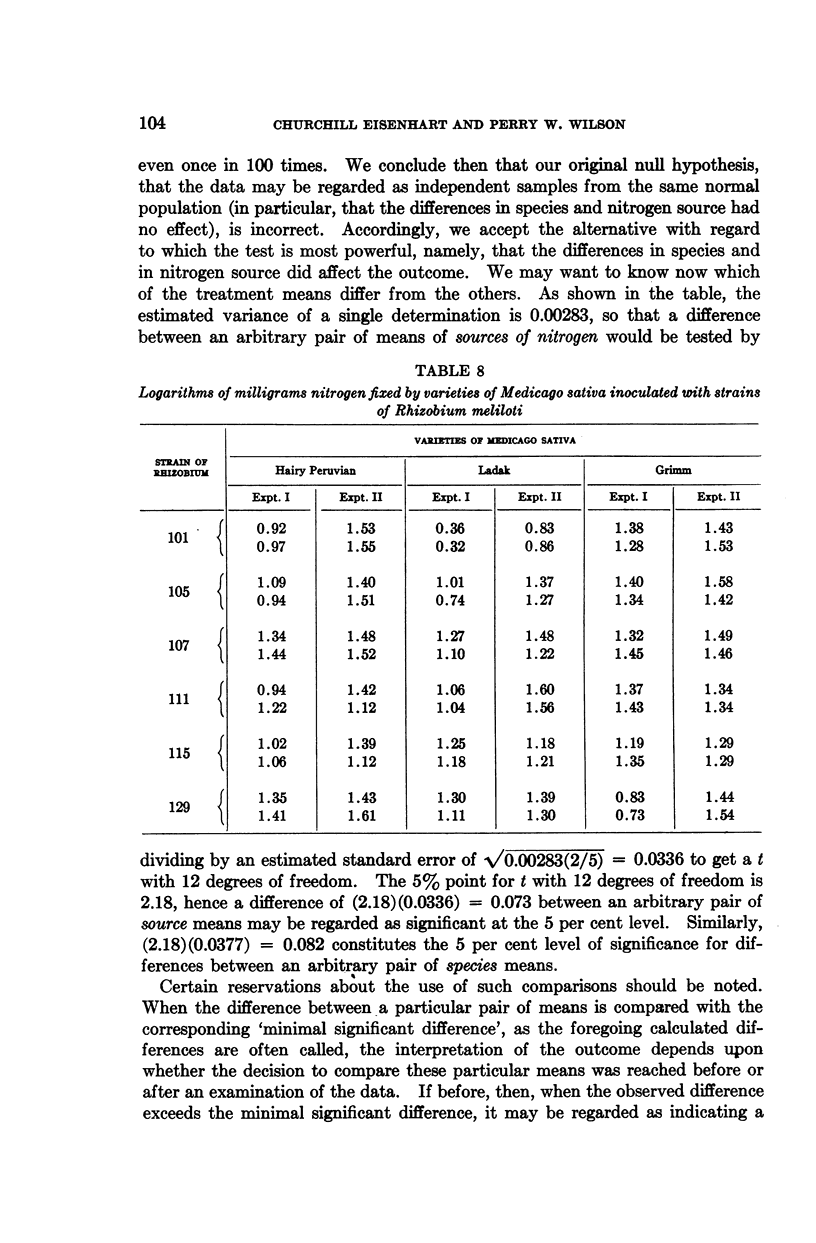
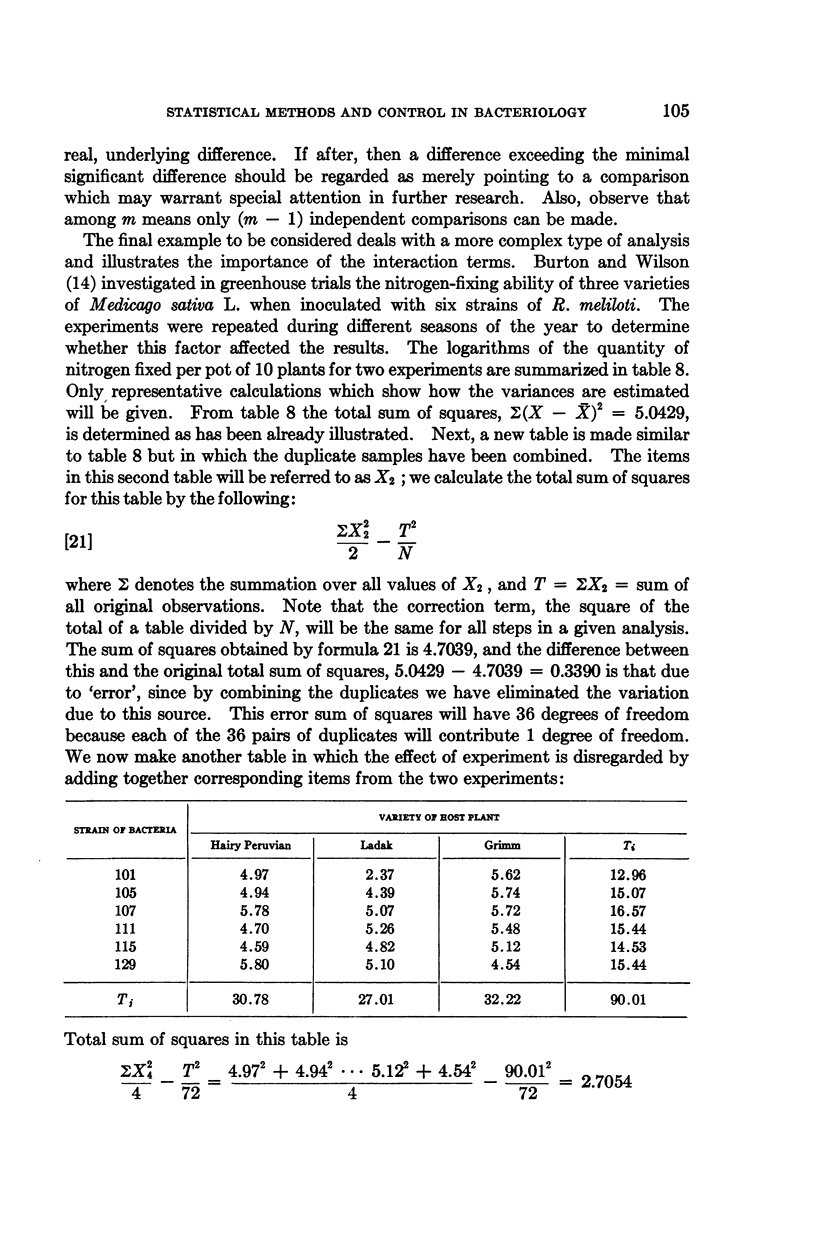
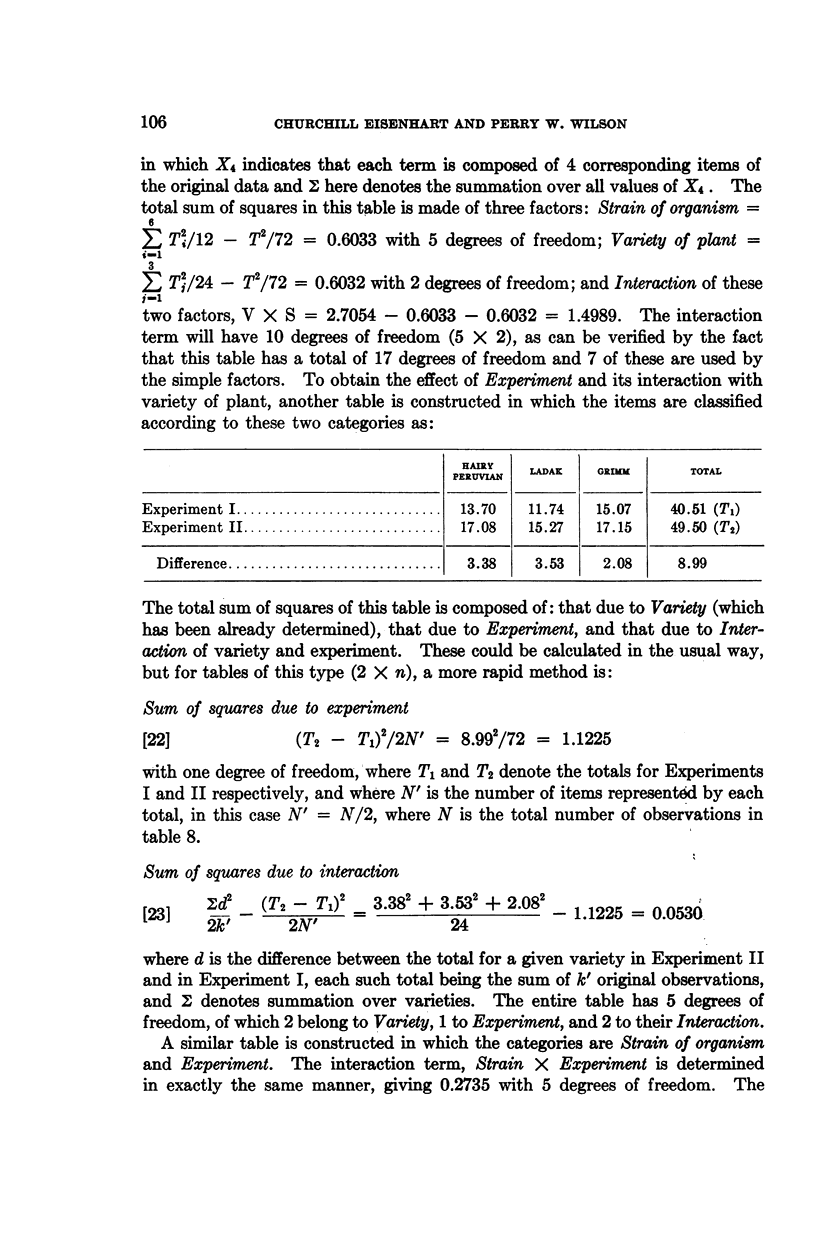

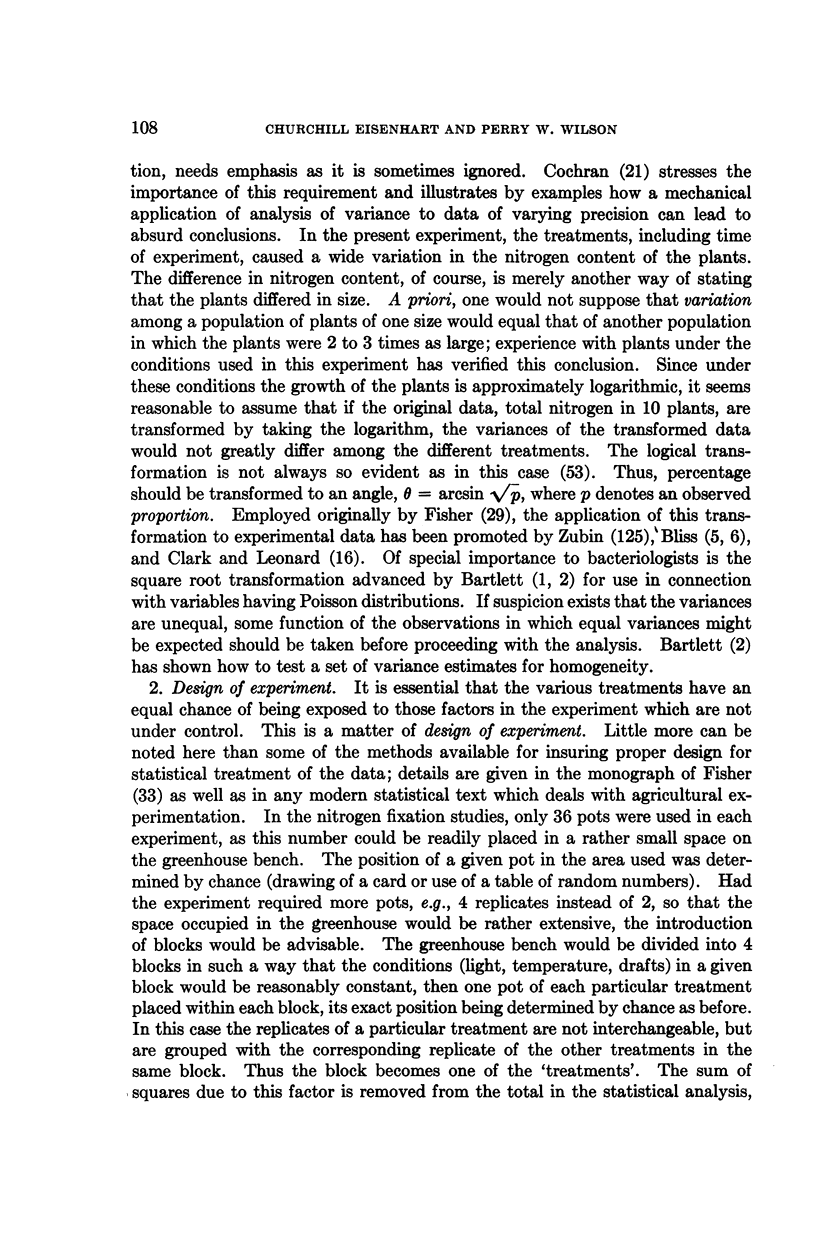
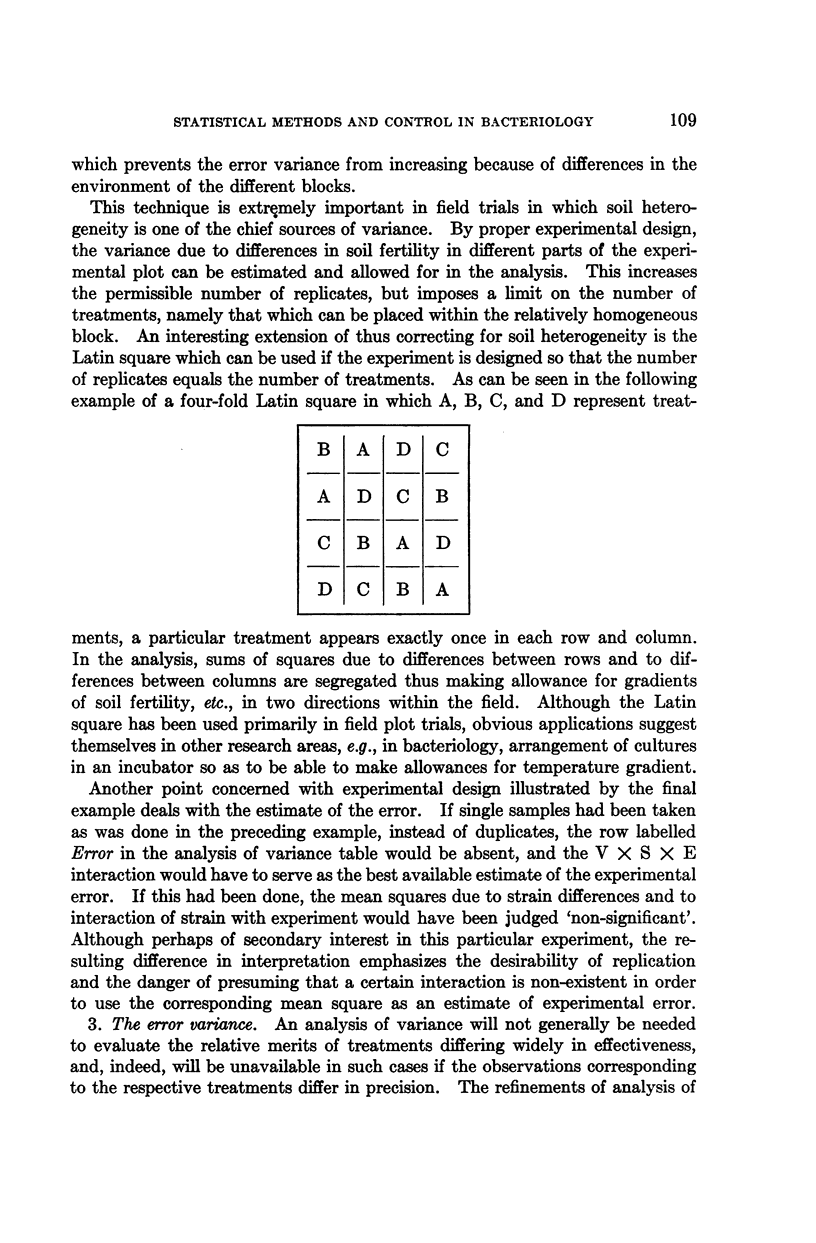
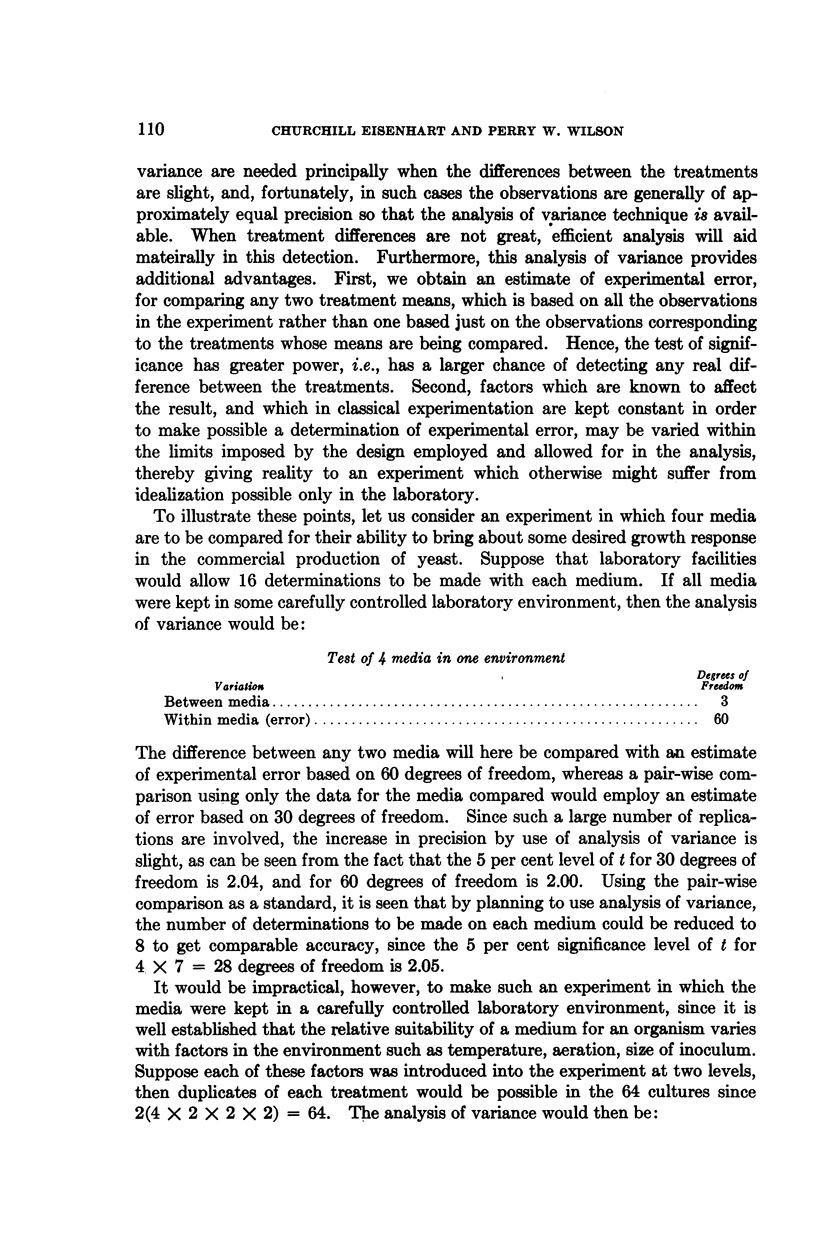
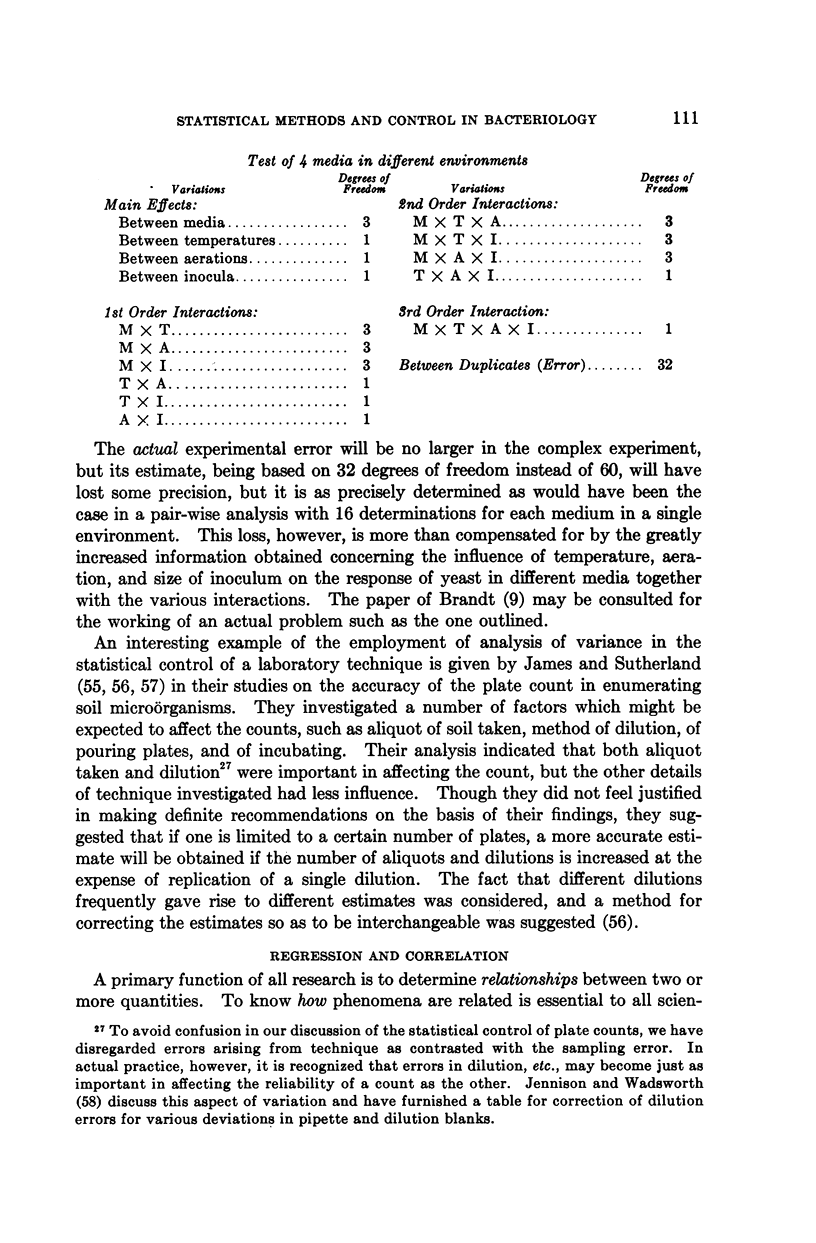
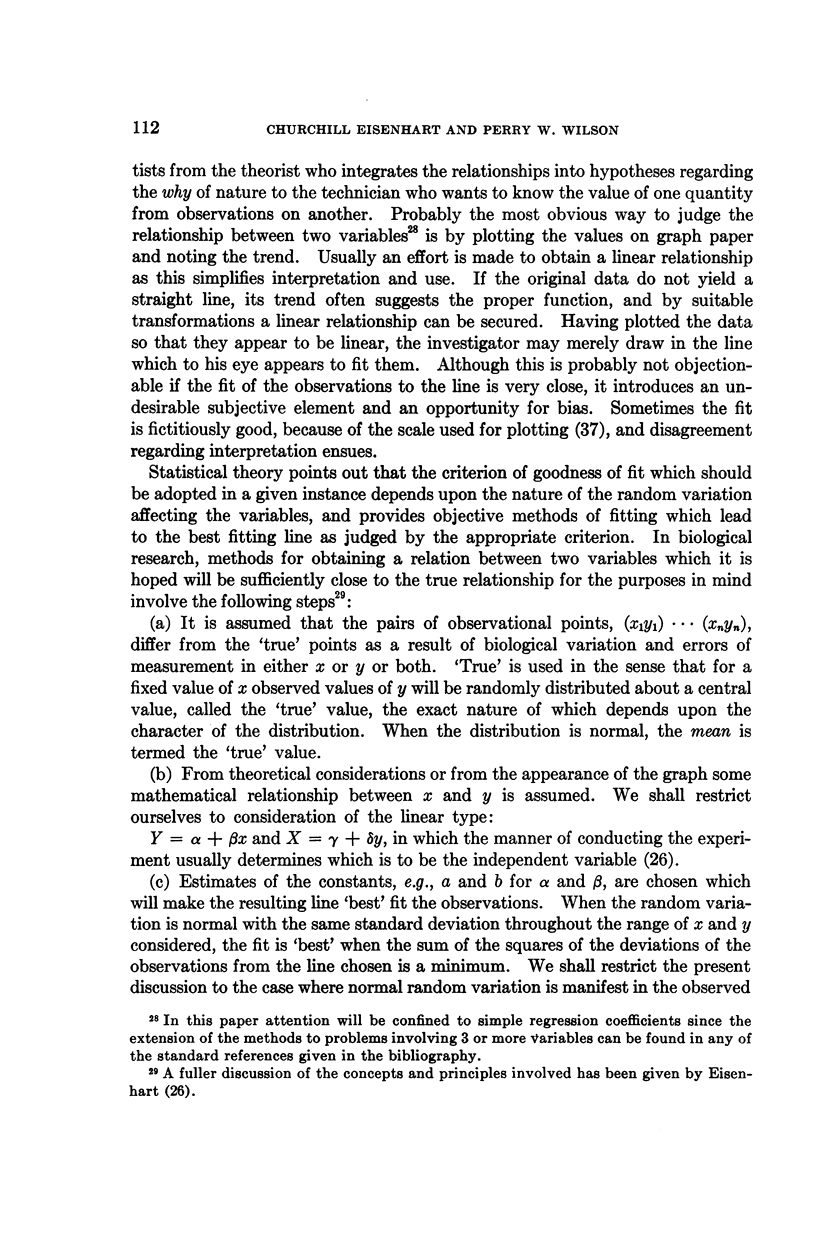
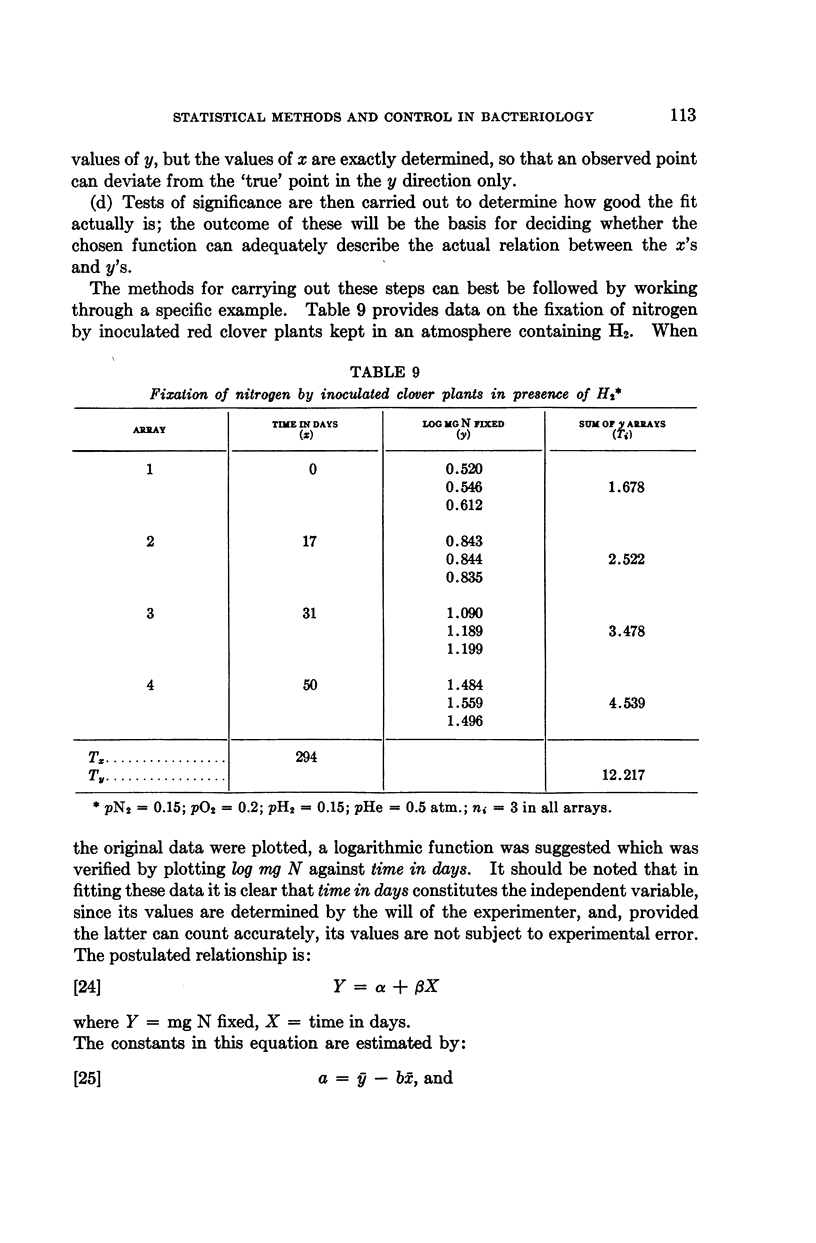
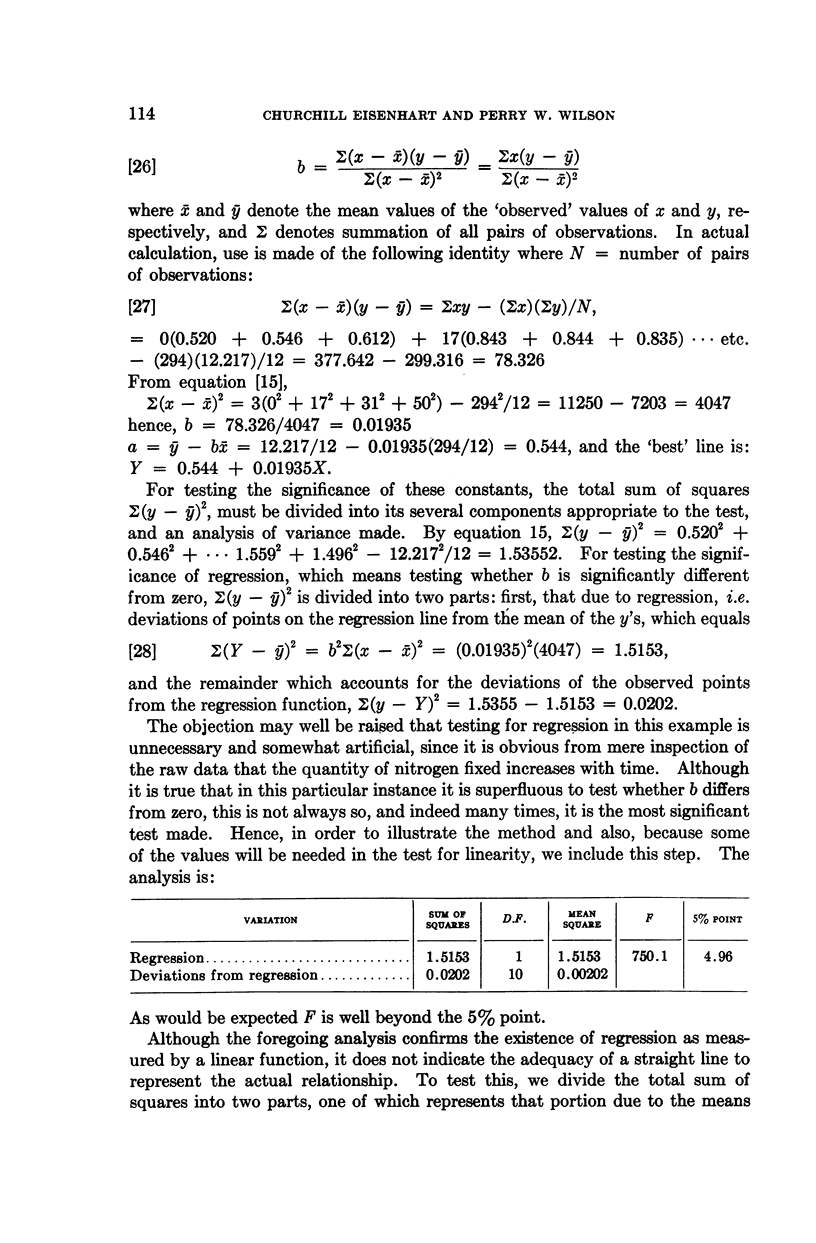
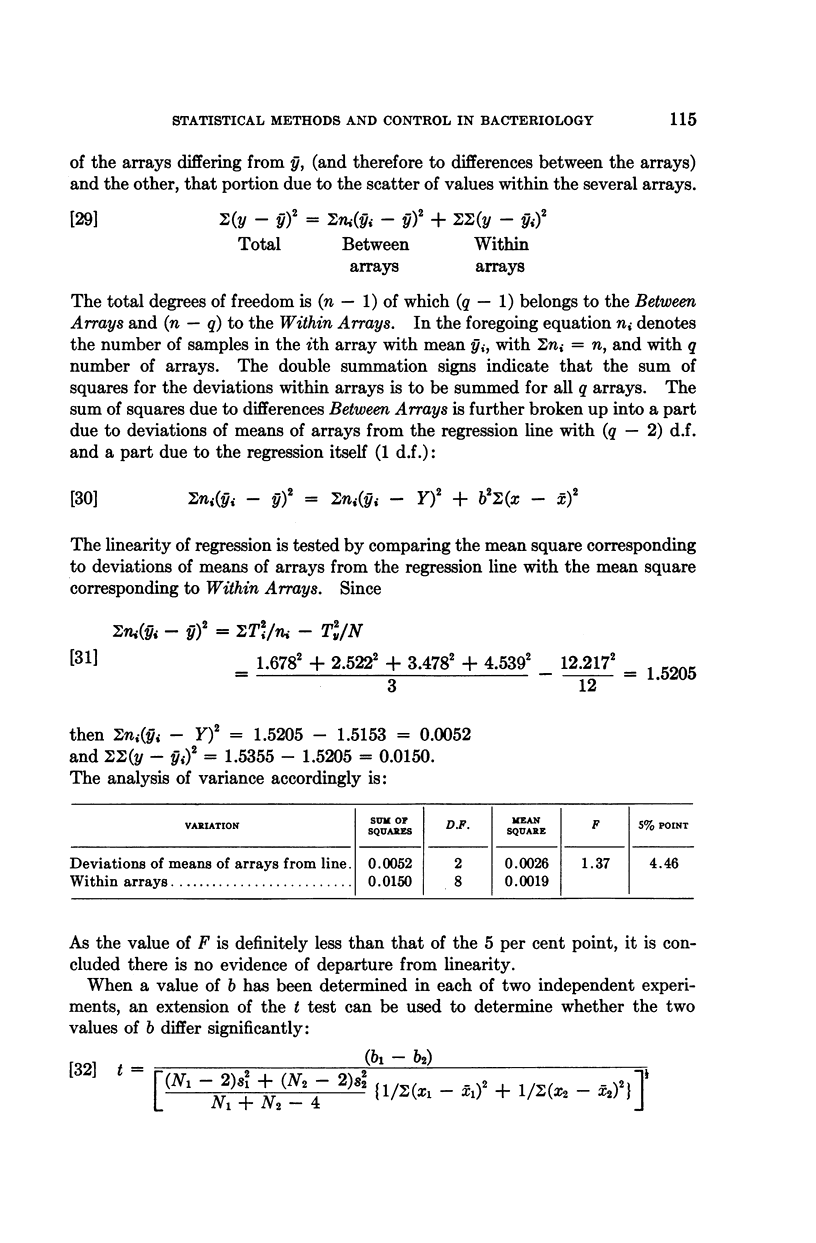
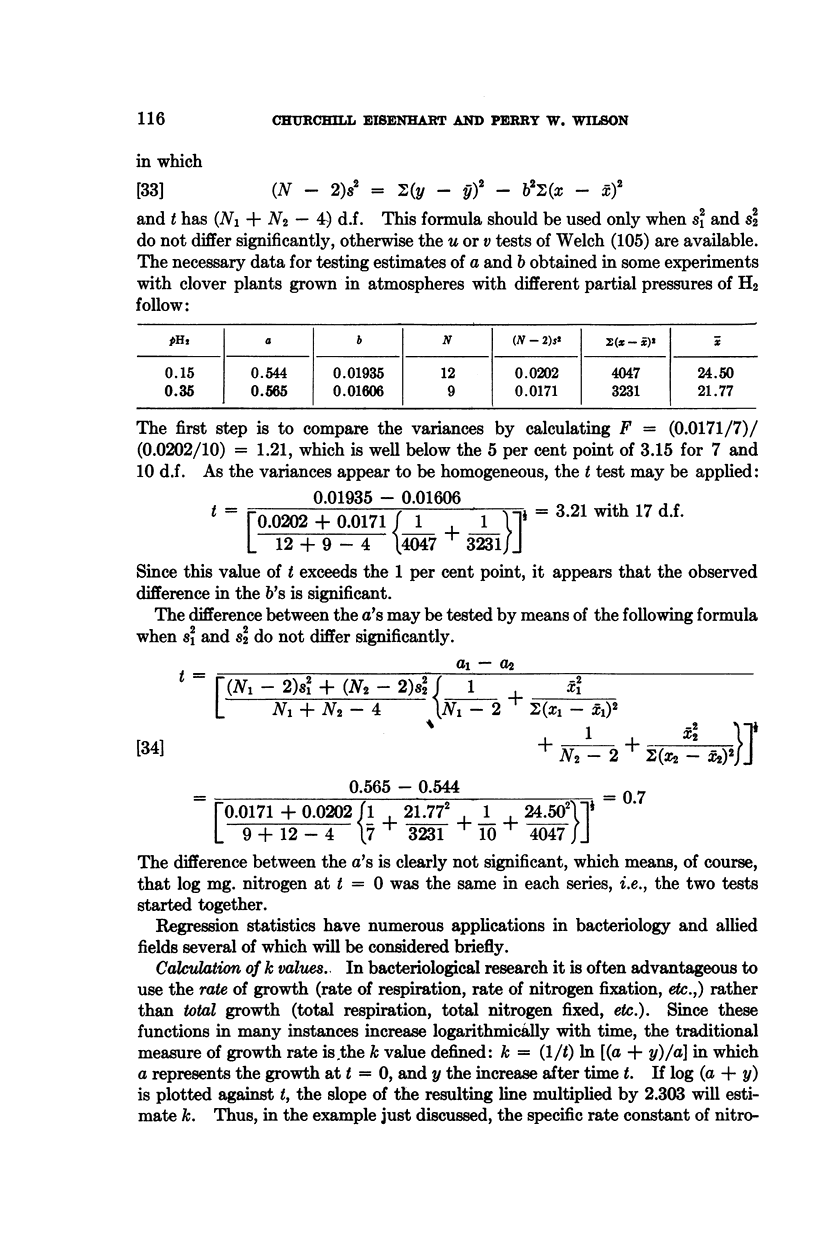
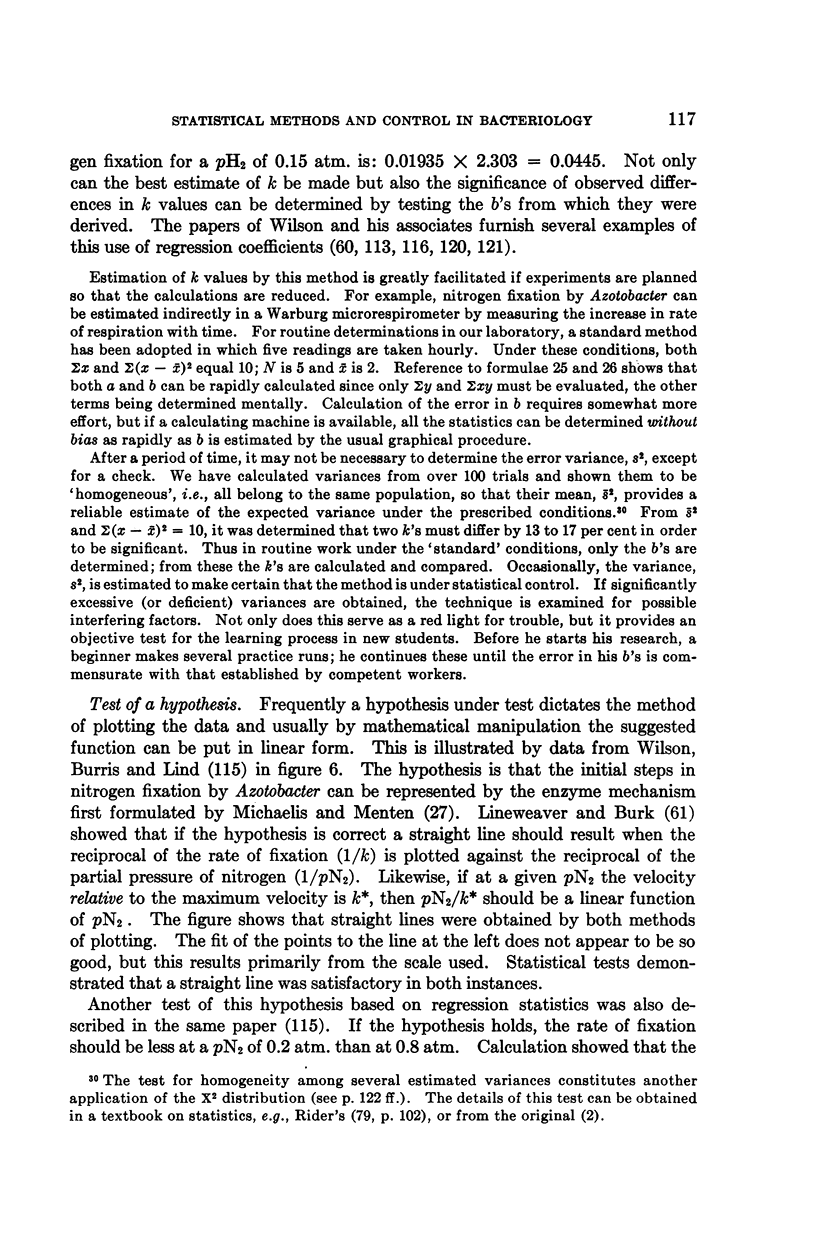
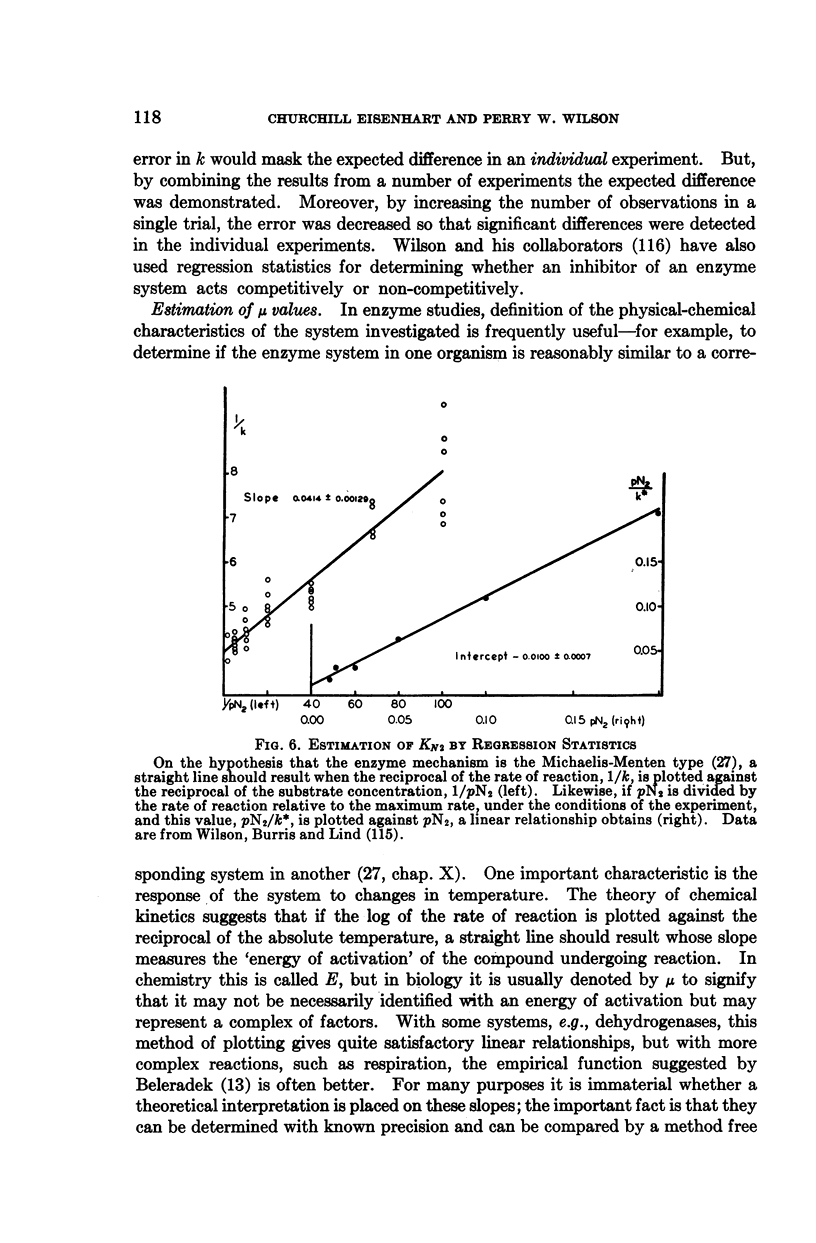
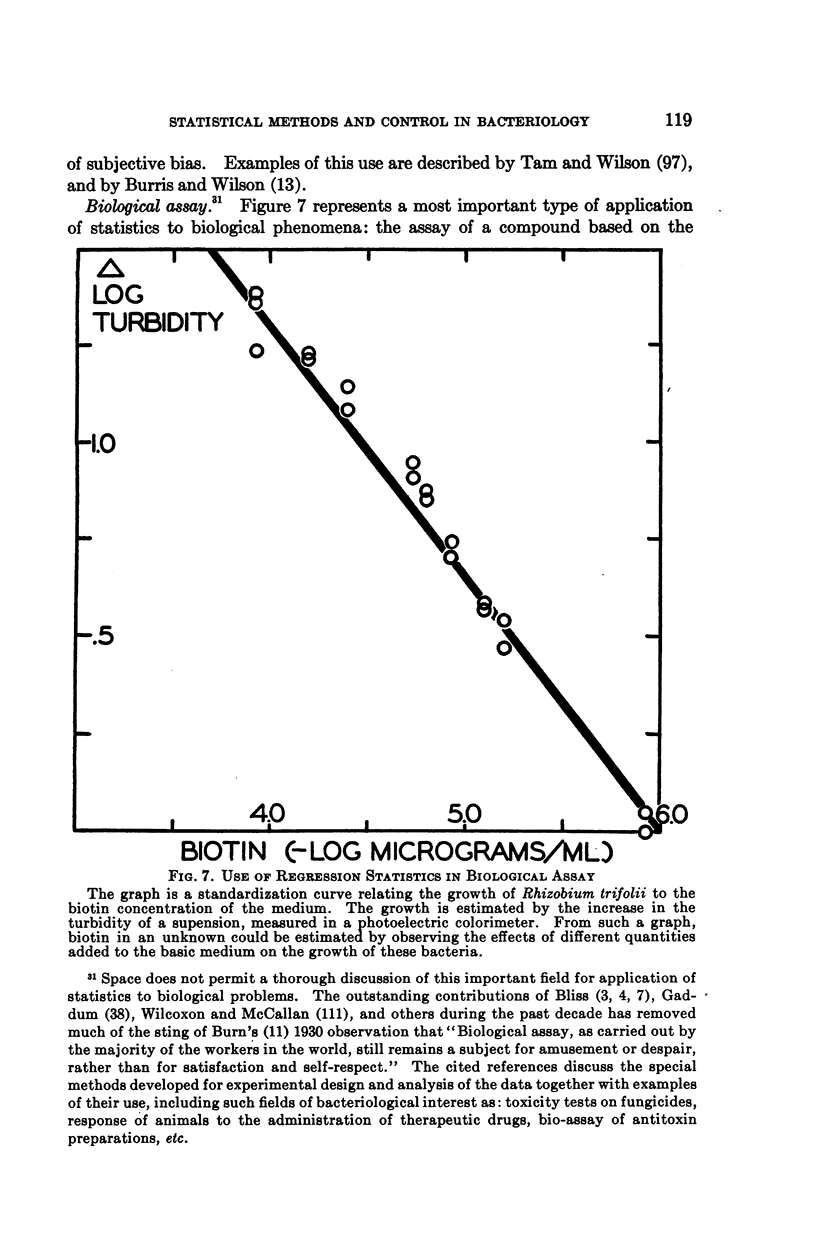
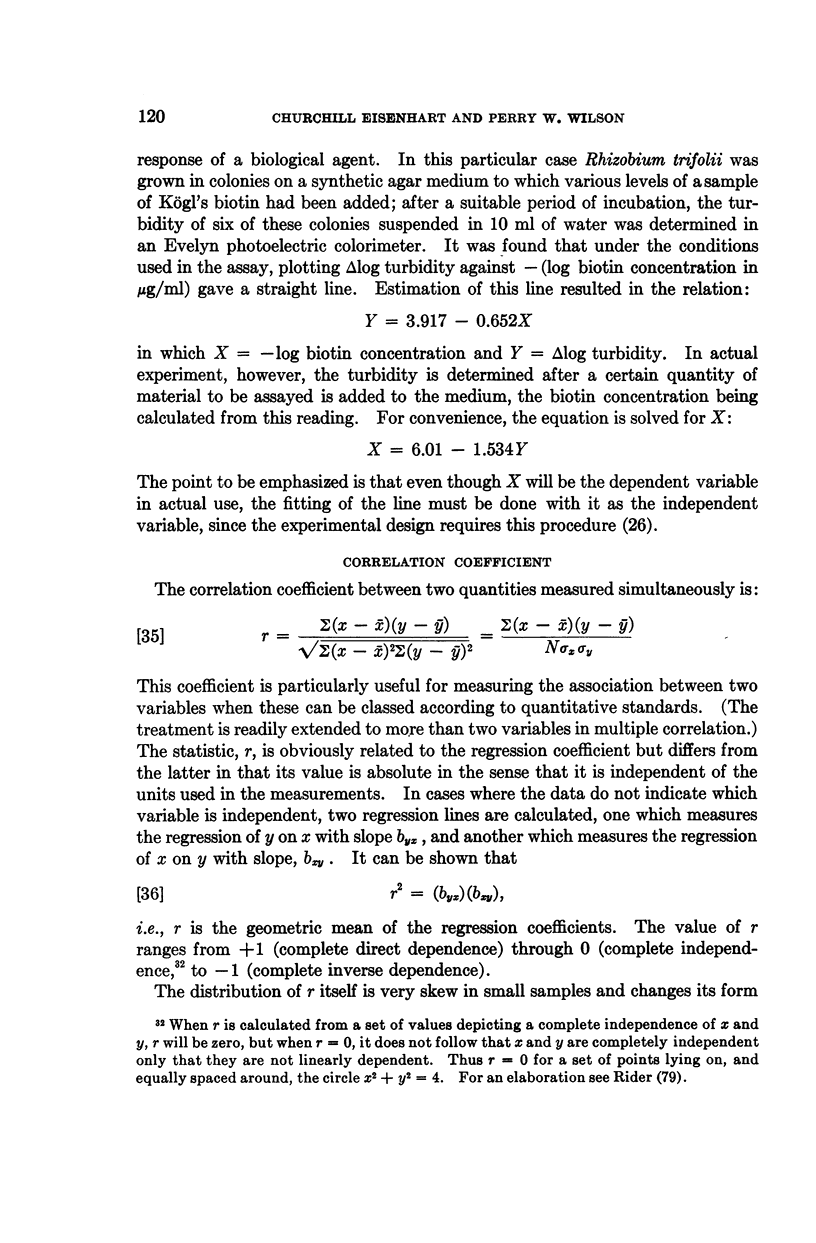
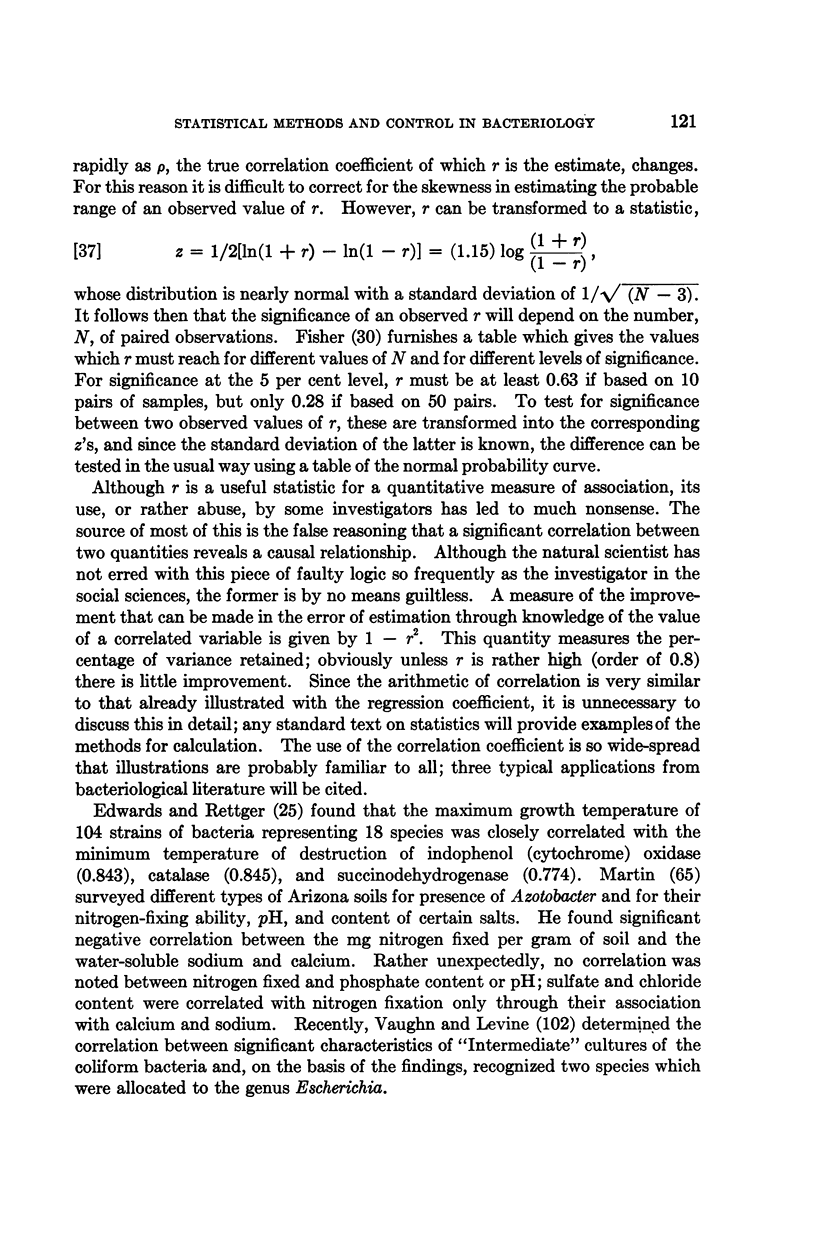
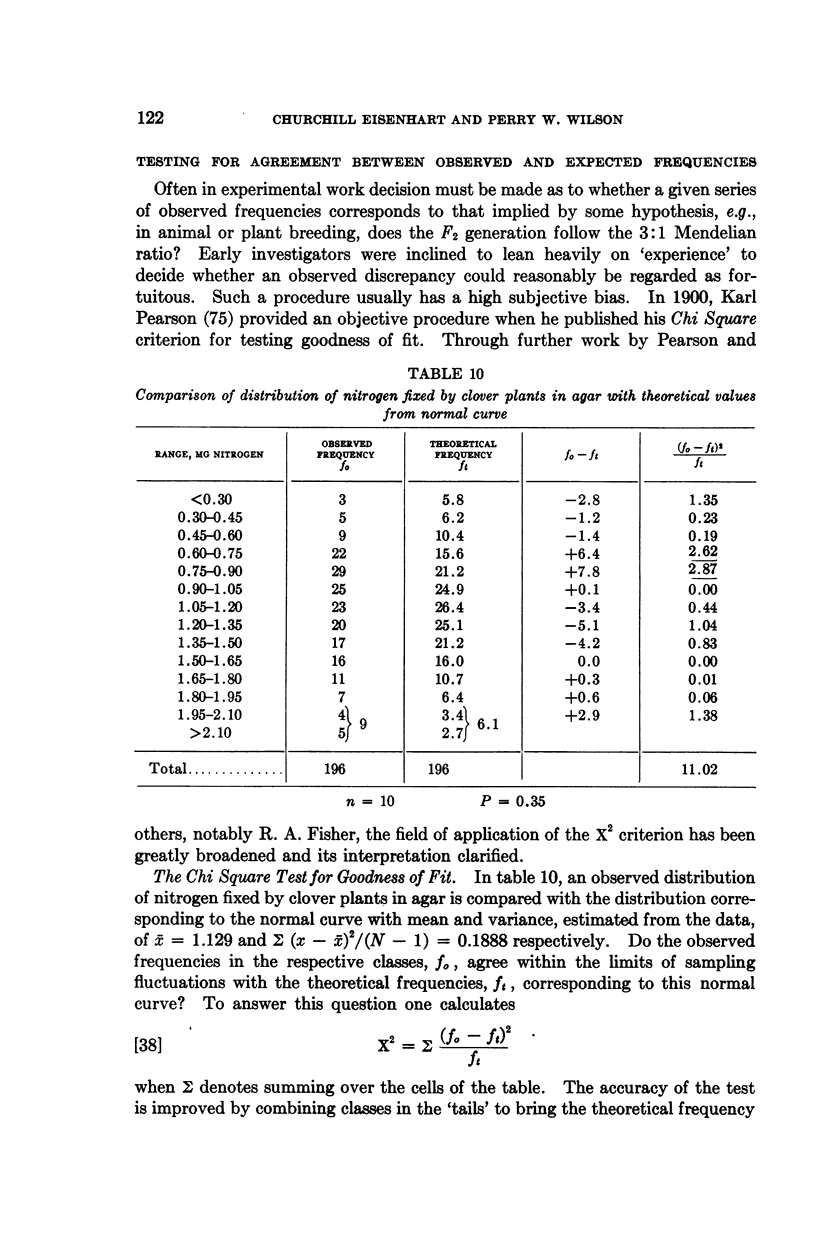
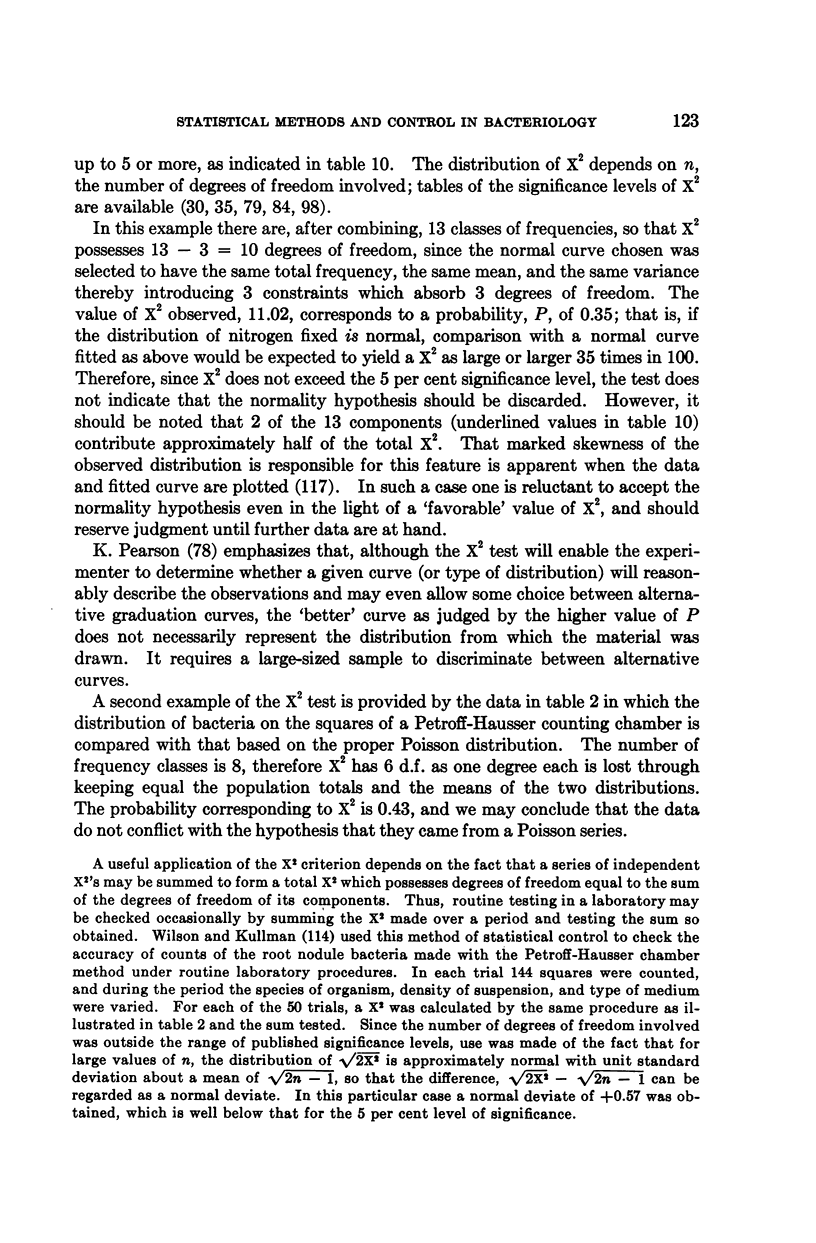
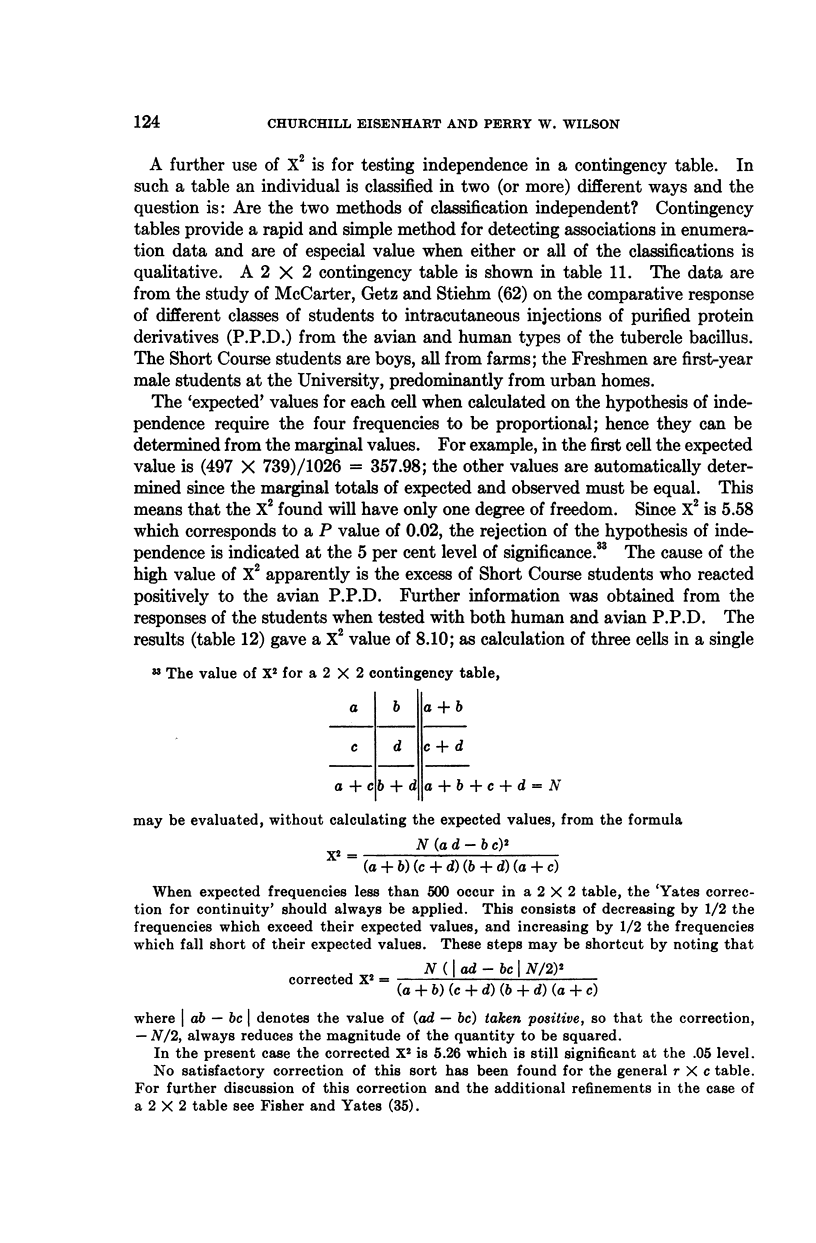
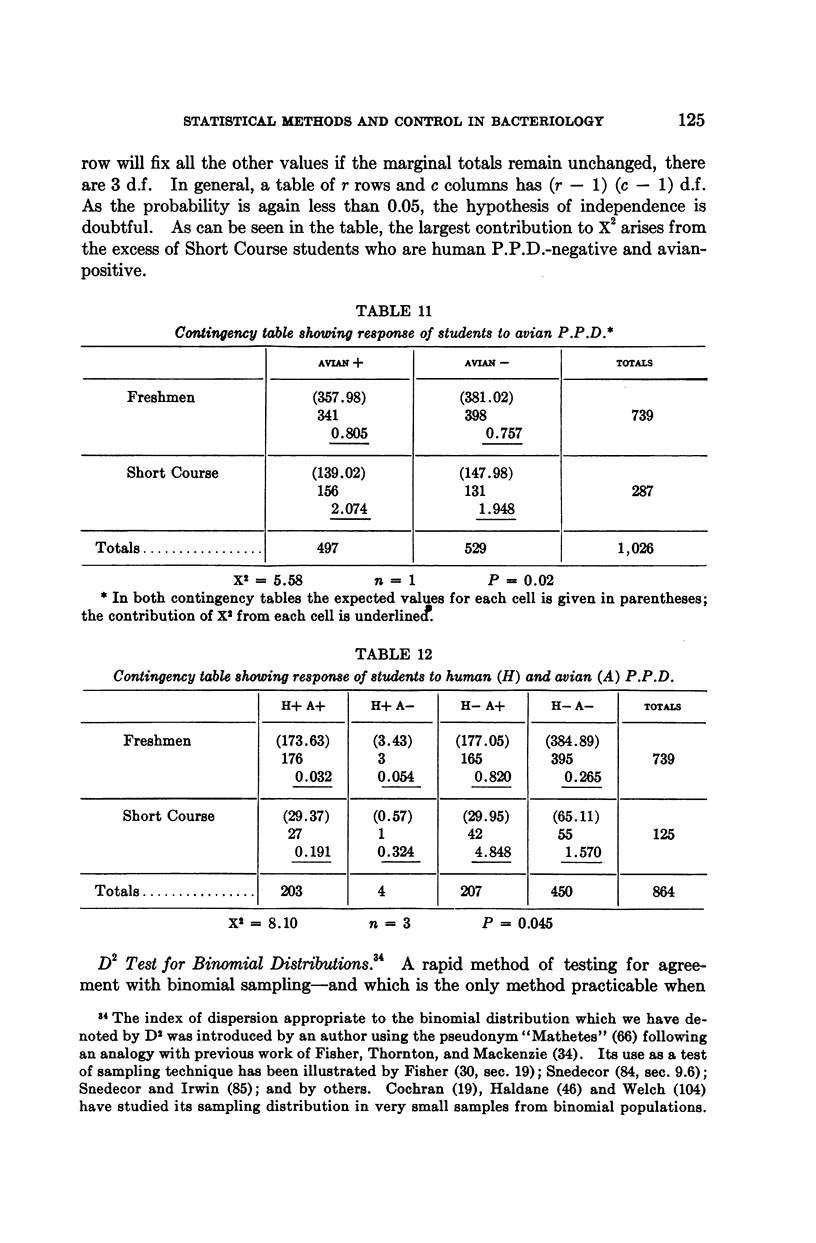
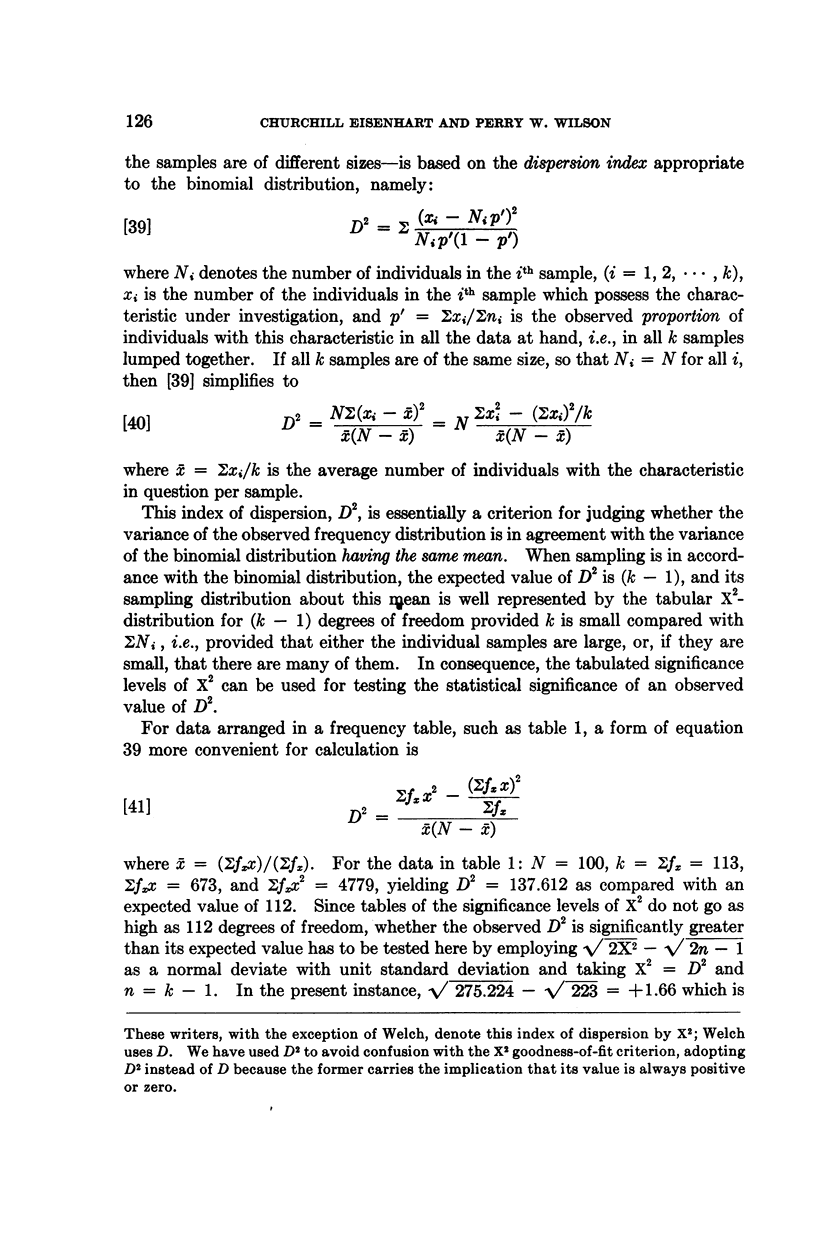
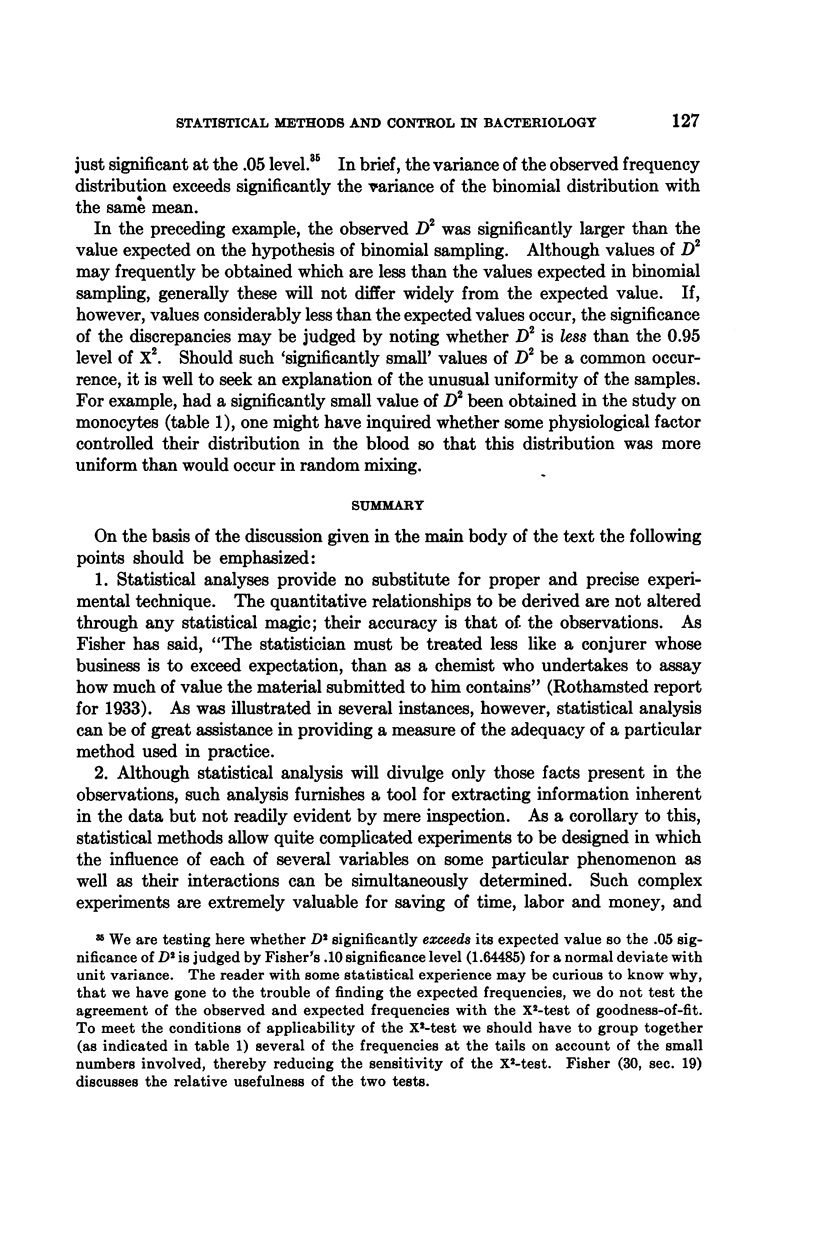
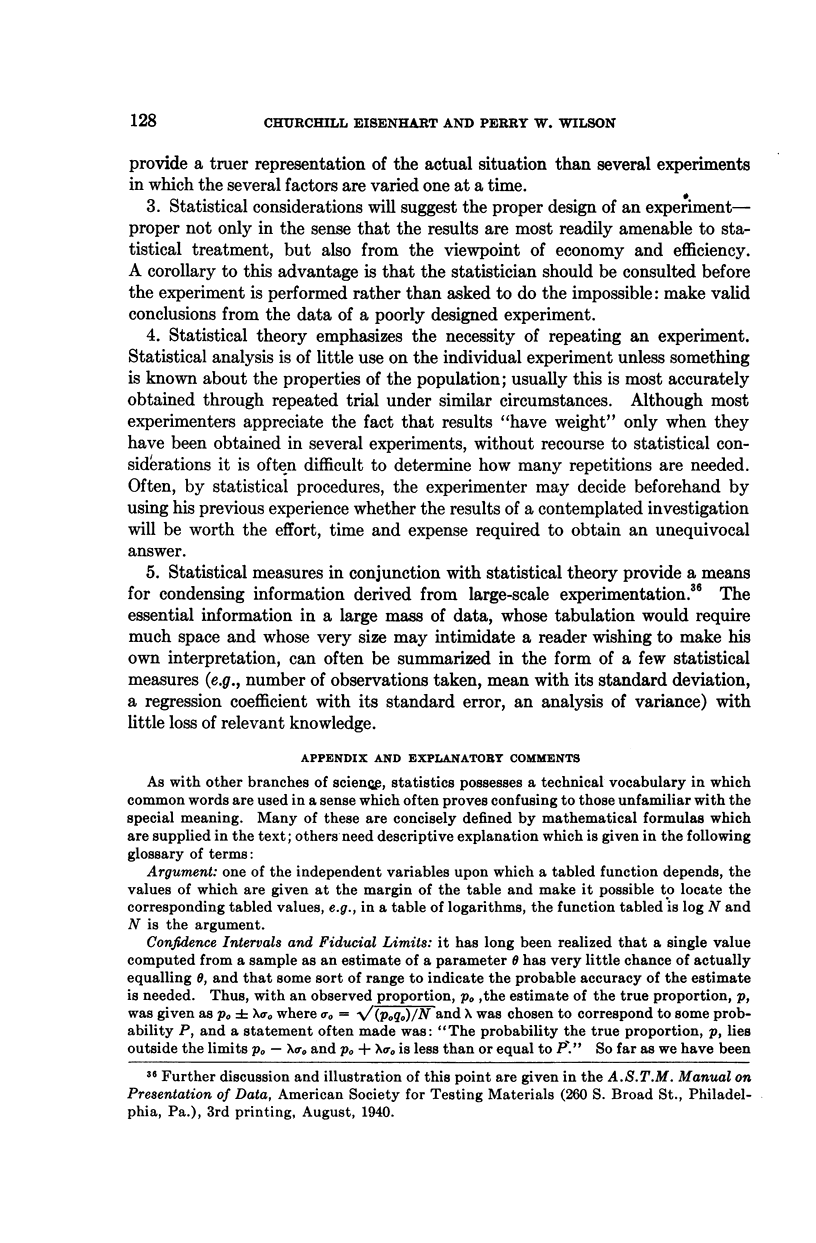
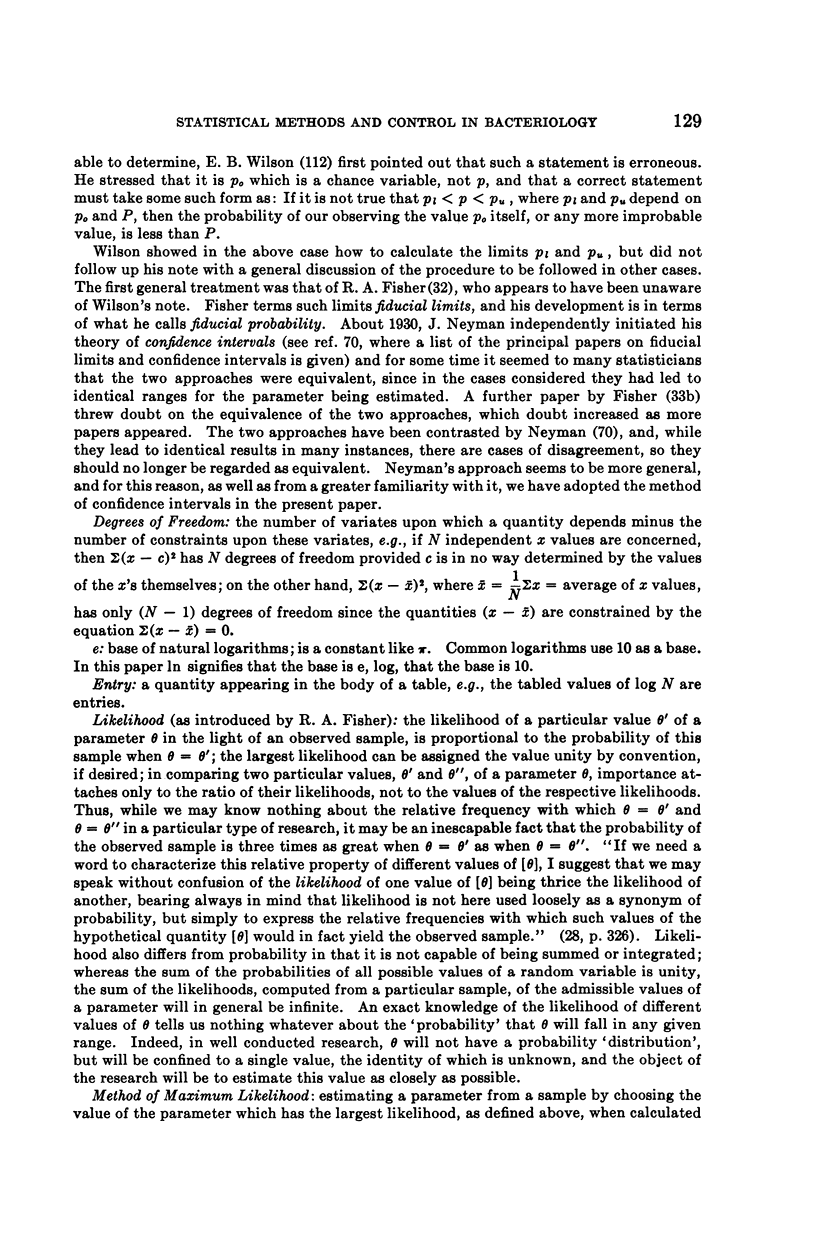
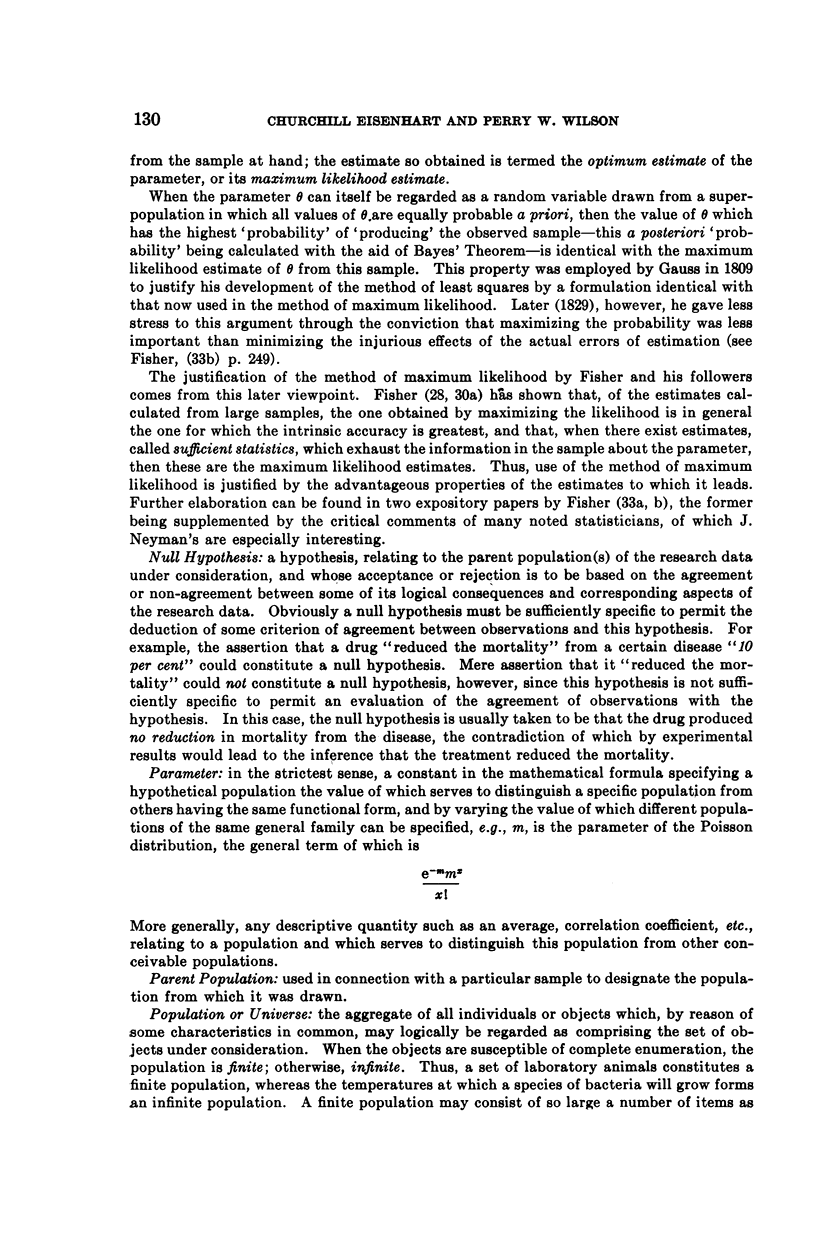
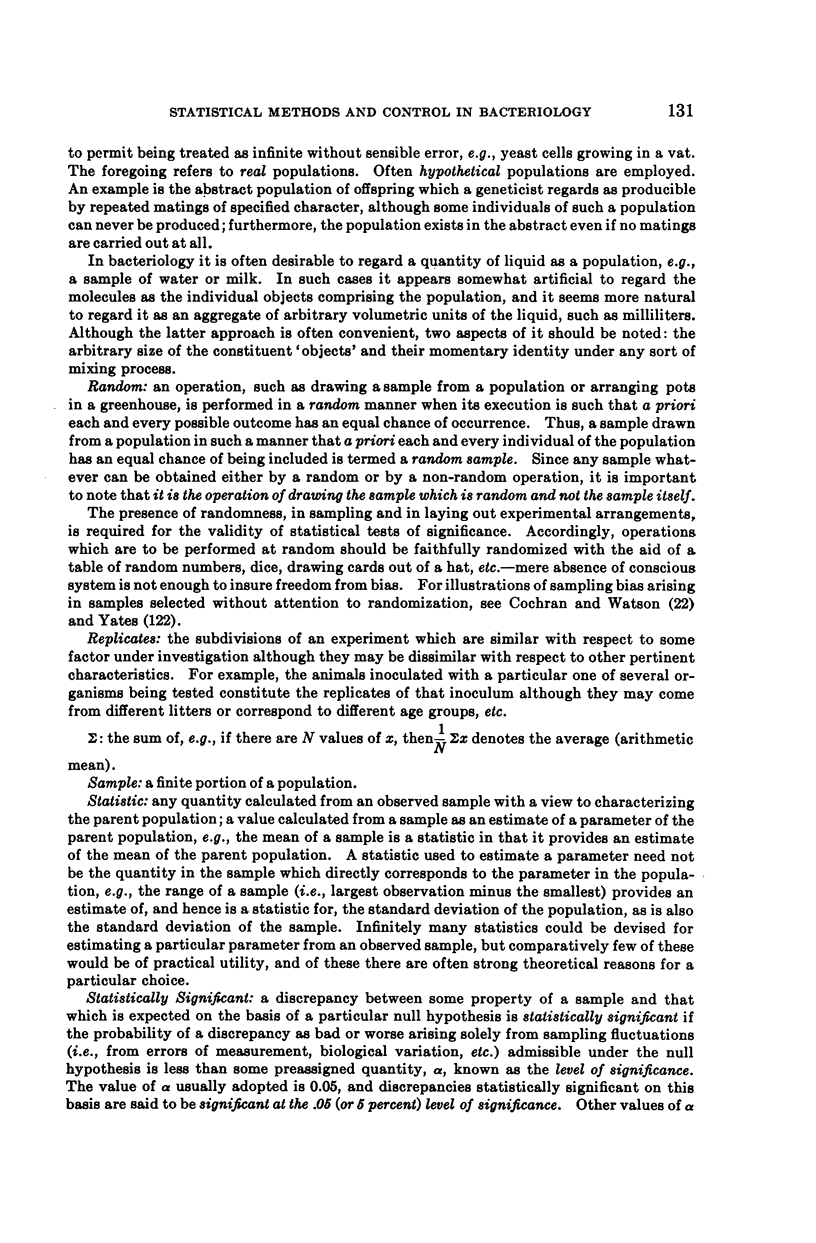
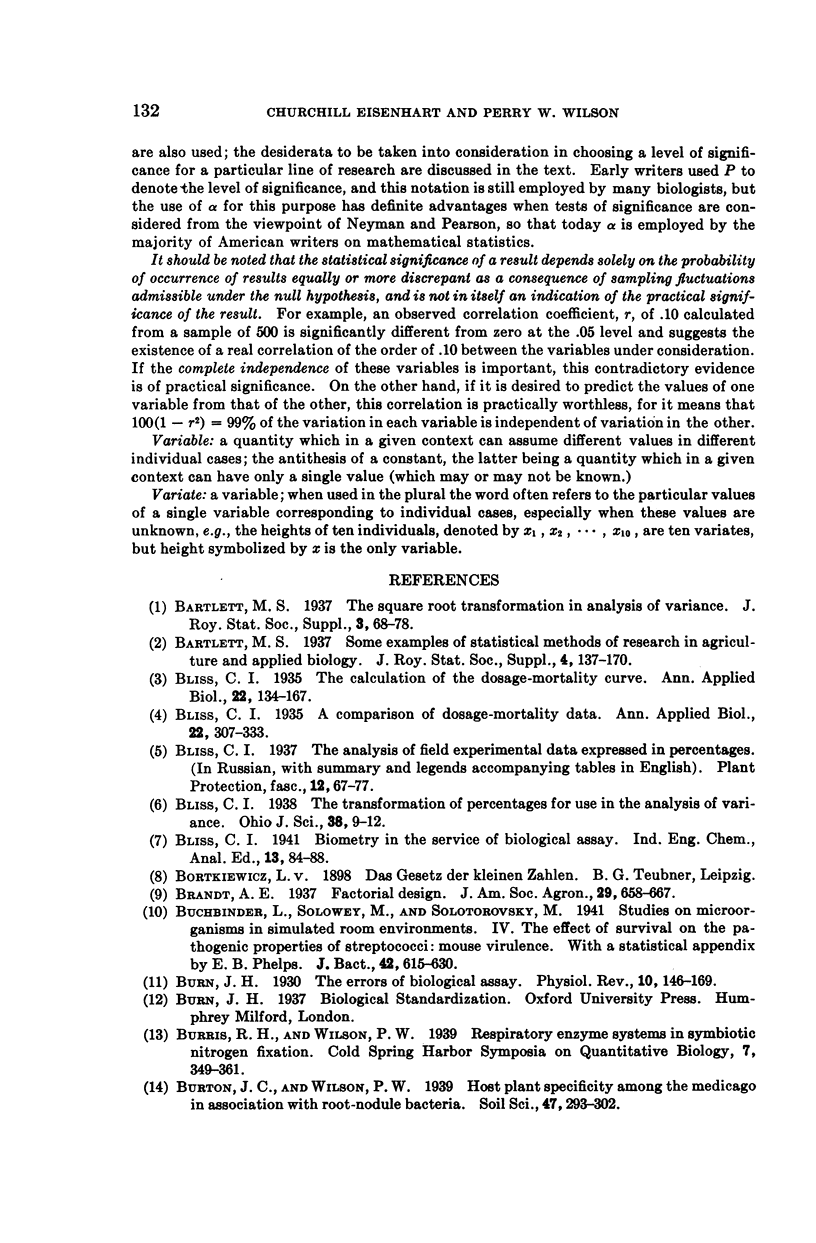
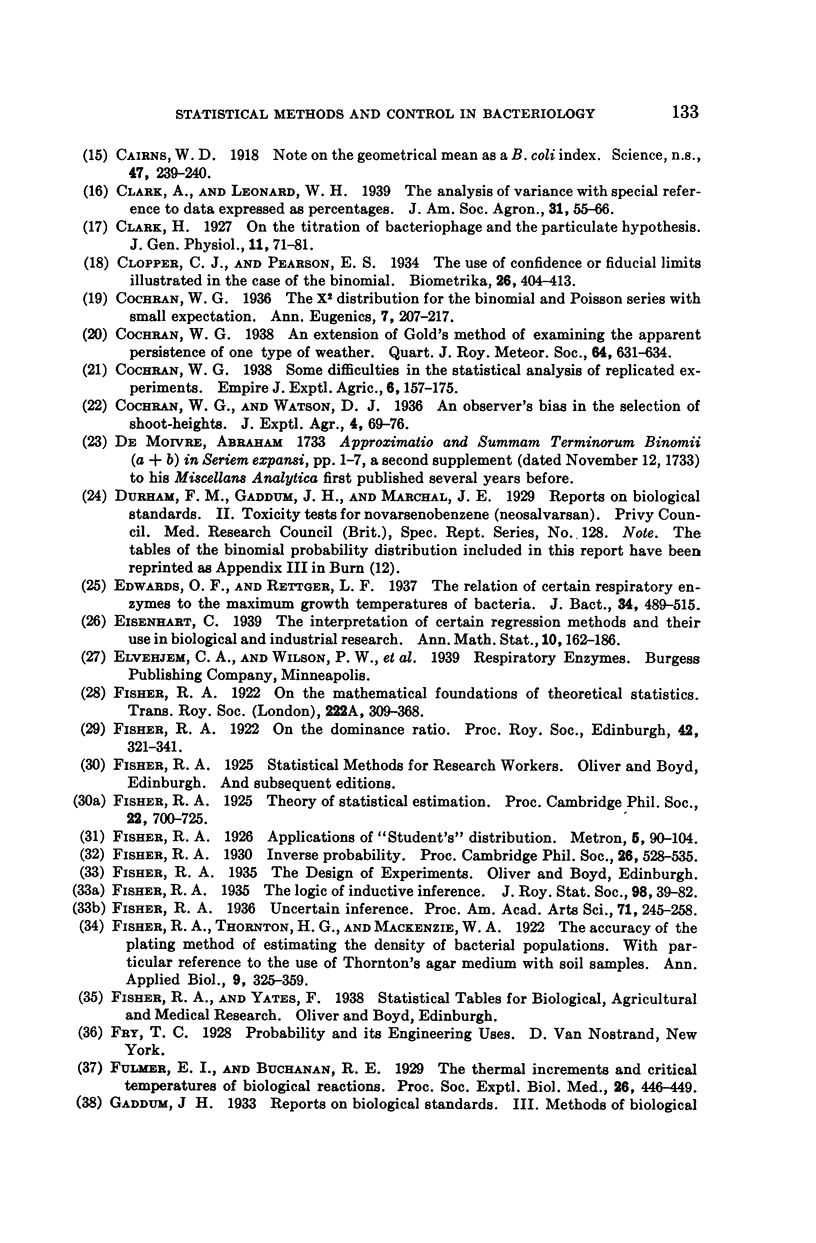
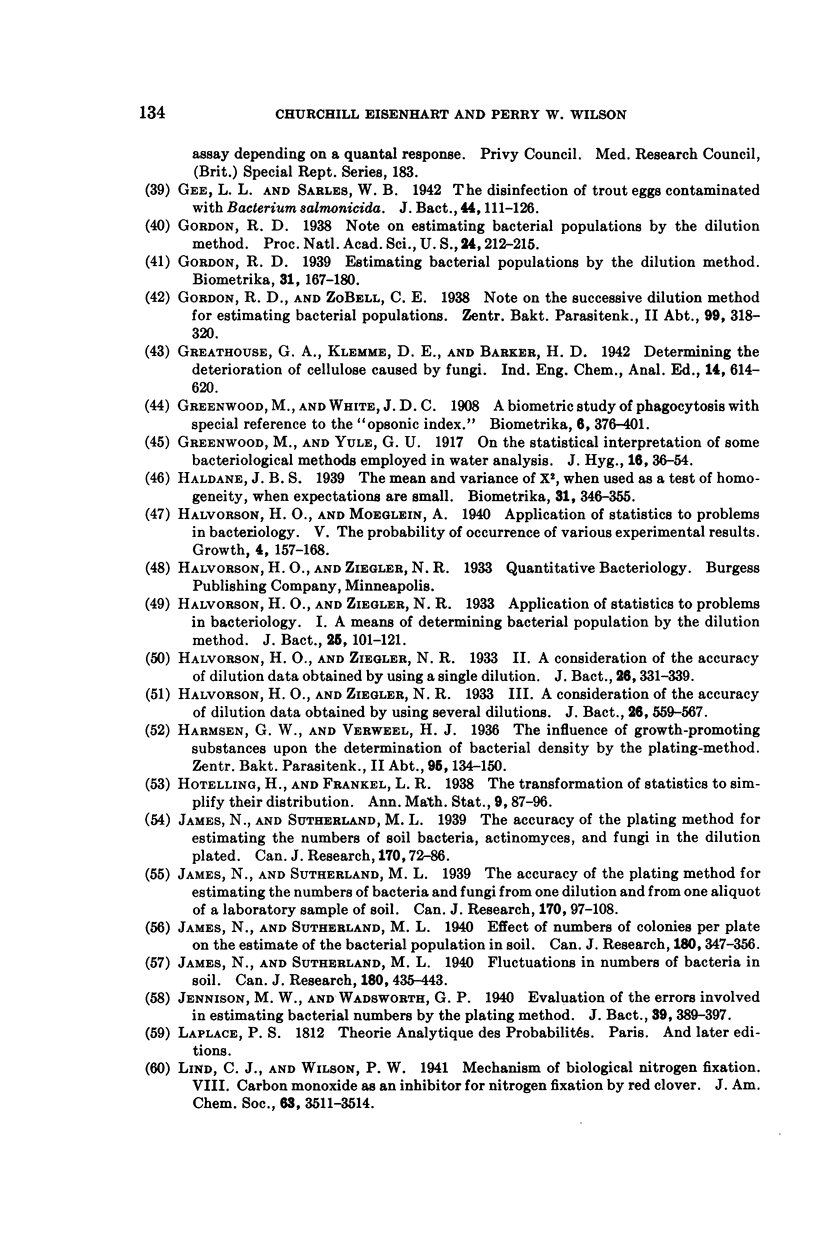
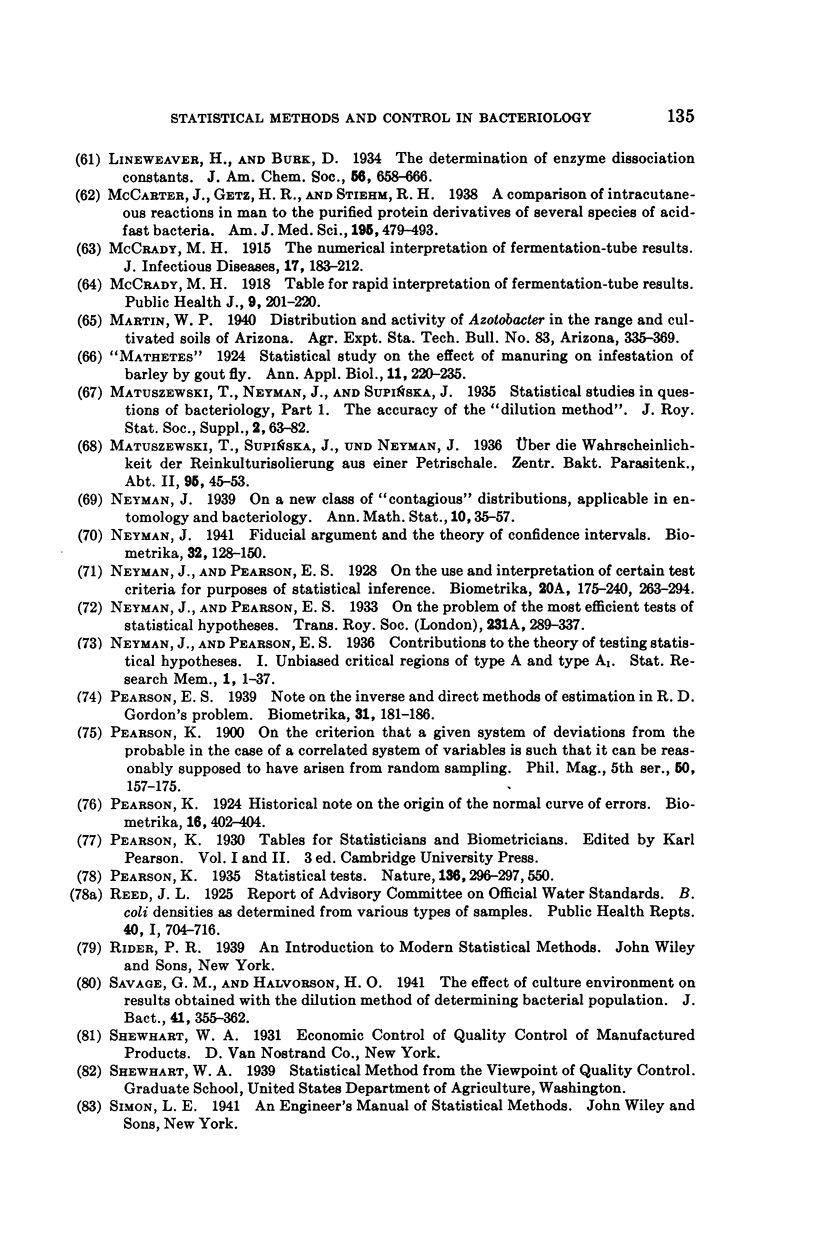
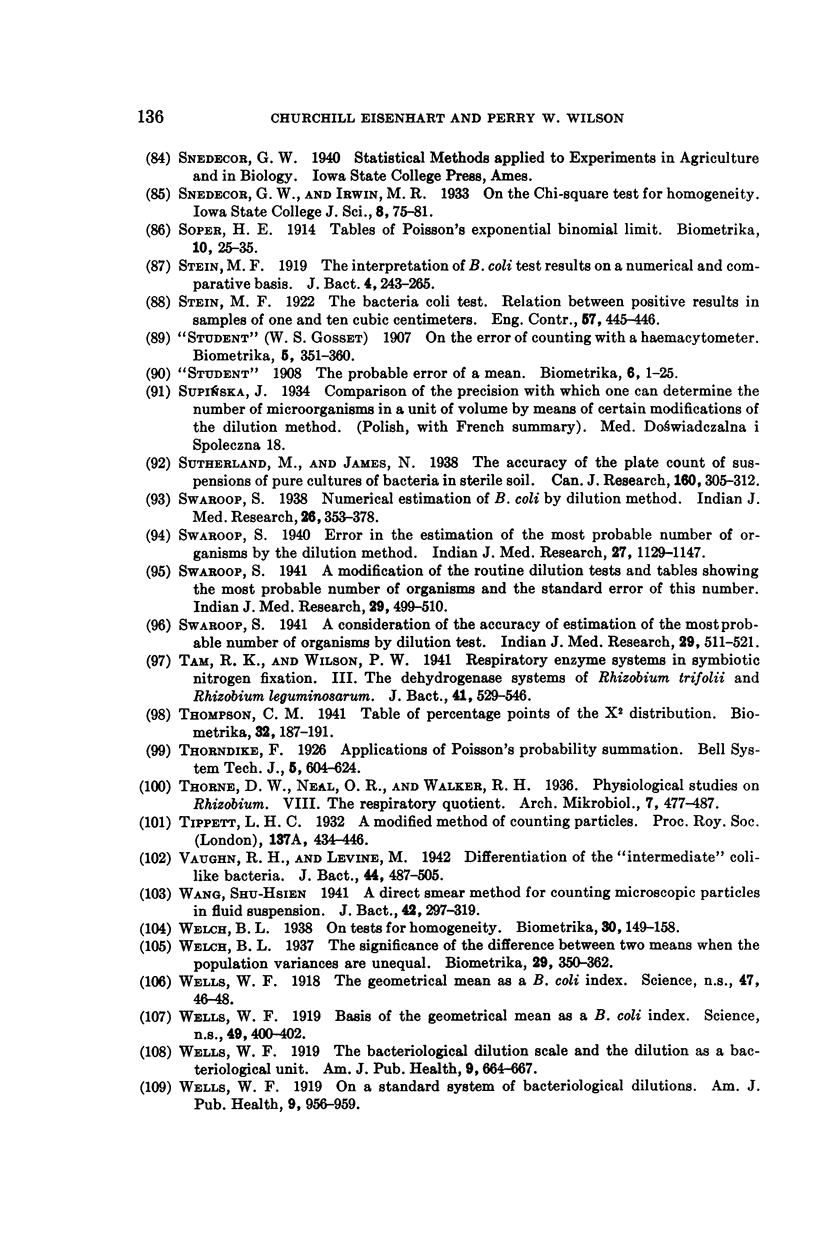
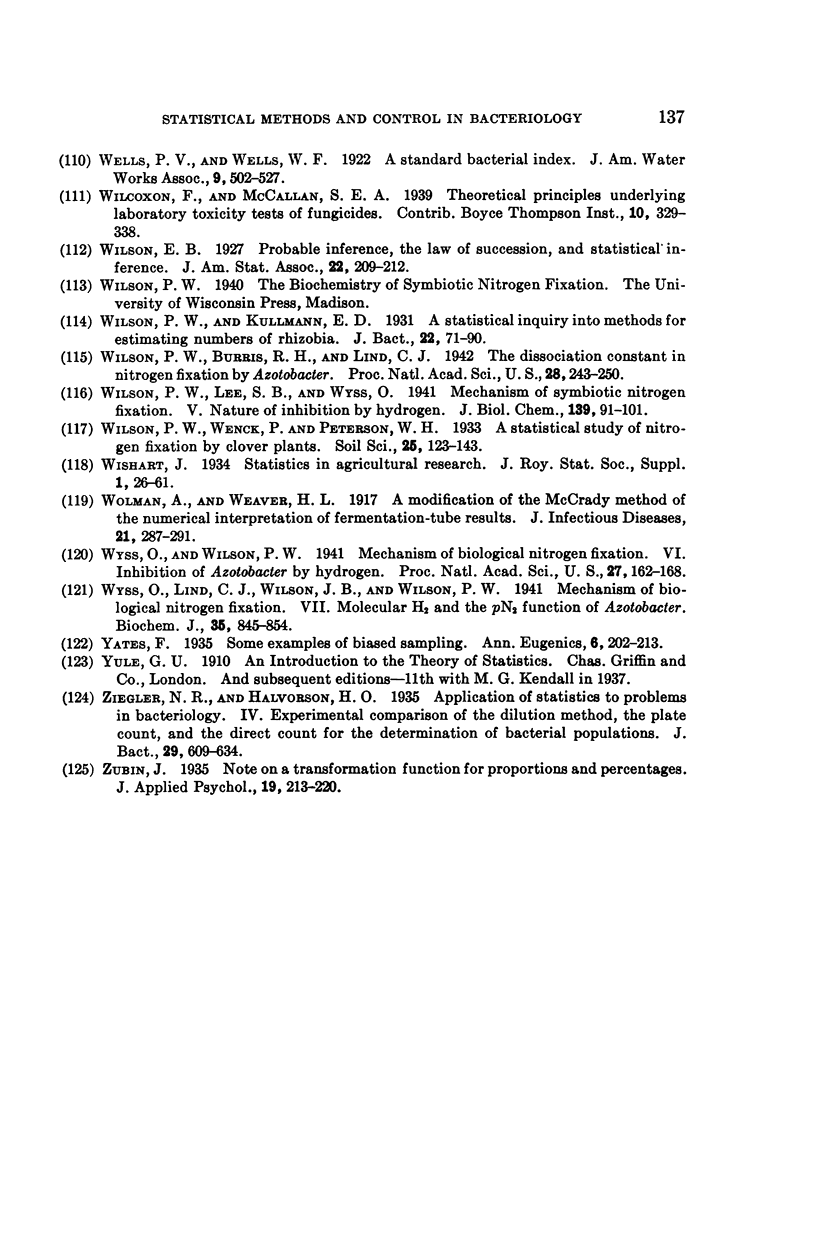
Images in this article
Selected References
These references are in PubMed. This may not be the complete list of references from this article.
- Buchbinder L., Solowey M., Solotorovsky M. Studies on Microorganisms in Simulated Room Environments: IV. The Effect of Survival on the Pathogenic Properties of Streptococci: Mouse Virulence. J Bacteriol. 1941 Nov;42(5):615–630. doi: 10.1128/jb.42.5.615-630.1941. [DOI] [PMC free article] [PubMed] [Google Scholar]
- Cairns W. D. NOTE ON THE GEOMETRICAL MEAN AS A B.COLI INDEX. Science. 1918 Mar 8;47(1210):239–240. doi: 10.1126/science.47.1210.239. [DOI] [PubMed] [Google Scholar]
- Edwards O. F., Rettger L. F. Relation of Certain Respiratory Enzymes to the Maximum Growth Temperatures of Bacteria. J Bacteriol. 1937 Nov;34(5):489–515. doi: 10.1128/jb.34.5.489-515.1937. [DOI] [PMC free article] [PubMed] [Google Scholar]
- Gee L. L., Sarles W. B. The Disinfection of Trout Eggs Contaminated with Bacterium Salmonicida. J Bacteriol. 1942 Jul;44(1):111–126. doi: 10.1128/jb.44.1.111-126.1942. [DOI] [PMC free article] [PubMed] [Google Scholar]
- Gordon R. D. Note on Estimating Bacterial Populations by the Dilution Method. Proc Natl Acad Sci U S A. 1938 May;24(5):212–215. doi: 10.1073/pnas.24.5.212. [DOI] [PMC free article] [PubMed] [Google Scholar]
- Halvorson H. O., Ziegler N. R. Application of Statistics to Problems in Bacteriology: I. A Means of Determining Bacterial Population by the Dilution Method. J Bacteriol. 1933 Feb;25(2):101–121. doi: 10.1128/jb.25.2.101-121.1933. [DOI] [PMC free article] [PubMed] [Google Scholar]
- Halvorson H. O., Ziegler N. R. Application of Statistics to Problems in Bacteriology: II. A Consideration of the Accuracy of Dilution Data Obtained by Using a Single Dilution. J Bacteriol. 1933 Oct;26(4):331–339. doi: 10.1128/jb.26.4.331-339.1933. [DOI] [PMC free article] [PubMed] [Google Scholar]
- Halvorson H. O., Ziegler N. R. Application of Statistics to Problems in Bacteriology: III. A Consideration of the Accuracy of Dilution Data Obtained by Using Several Dilutions. J Bacteriol. 1933 Dec;26(6):559–567. doi: 10.1128/jb.26.6.559-567.1933. [DOI] [PMC free article] [PubMed] [Google Scholar]
- Jennison M. W., Wadsworth G. P. Evaluation of the Errors Involved in Estimating Bacterial Numbers by the Plating Method. J Bacteriol. 1940 Apr;39(4):389–397. doi: 10.1128/jb.39.4.389-397.1940. [DOI] [PMC free article] [PubMed] [Google Scholar]
- Savage G. M., Halvorson H. O. The Effect of Culture Environment on Results Obtained with the Dilution Method of Determining Bacterial Population. J Bacteriol. 1941 Mar;41(3):355–362. doi: 10.1128/jb.41.3.355-362.1941. [DOI] [PMC free article] [PubMed] [Google Scholar]
- Stein M. F. The Interpretation of B. coli Test Results on a Numerical and Comparative Basis as Applied to the Investigation of Water and Sewage. J Bacteriol. 1919 May;4(3):243–265. doi: 10.1128/jb.4.3.243-265.1919. [DOI] [PMC free article] [PubMed] [Google Scholar]
- Tam R. K., Wilson P. W. Respiratory Enzyme Systems in Symbiotic Nitrogen Fixation: III. The Dehydrogenase Systems of Rhizobium trifolii and Rhizobium leguminosarum. J Bacteriol. 1941 Apr;41(4):529–546. doi: 10.1128/jb.41.4.529-546.1941. [DOI] [PMC free article] [PubMed] [Google Scholar]
- Vaughn R. H., Levine M. Differentiation of the "Intermediate" Coli-Like Bacteria. J Bacteriol. 1942 Oct;44(4):487–505. doi: 10.1128/jb.44.4.487-505.1942. [DOI] [PMC free article] [PubMed] [Google Scholar]
- Wang S. H. A Direct Smear Method for Counting Microscopic Particles in Fluid Suspension. J Bacteriol. 1941 Sep;42(3):297–319. doi: 10.1128/jb.42.3.297-319.1941. [DOI] [PMC free article] [PubMed] [Google Scholar]
- Wells W. F. BASIS OF THE GEOMETRICAL MEAN AS A B. COLI INDEX. Science. 1919 Apr 25;49(1269):400–402. doi: 10.1126/science.49.1269.400-a. [DOI] [PubMed] [Google Scholar]
- Wells W. F. ON A STANDARD SYSTEM OF BACTERIOLOGICAL DILUTIONS. Am J Public Health (N Y) 1919 Dec;9(12):956–959. doi: 10.2105/ajph.9.12.956. [DOI] [PMC free article] [PubMed] [Google Scholar]
- Wells W. F. THE BACTERIOLOGICAL DILUTION SCALE AND THE DILUTION AS A BACTERIOLOGICAL UNIT. Am J Public Health (N Y) 1919 Sep;9(9):664–667. doi: 10.2105/ajph.9.9.664. [DOI] [PMC free article] [PubMed] [Google Scholar]
- Wells W. F. THE GEOMETRICAL MEAN AS A B. COLI INDEX. Science. 1918 Jan 11;47(1202):46–48. doi: 10.1126/science.47.1202.46. [DOI] [PubMed] [Google Scholar]
- Wilson P. W., Burris R. H., Lind C. J. The Dissociation Constant in Nitrogen Fixation by Azotobacter. Proc Natl Acad Sci U S A. 1942 Jun;28(6):243–250. doi: 10.1073/pnas.28.6.243. [DOI] [PMC free article] [PubMed] [Google Scholar]
- Wilson P. W., Kullmann E. D. A Statistical Inquiry into Methods for Estimating Numbers of Rhizobia. J Bacteriol. 1931 Jul;22(1):71–90. doi: 10.1128/jb.22.1.71-90.1931. [DOI] [PMC free article] [PubMed] [Google Scholar]
- Wyss O., Lind C. J., Wilson J. B., Wilson P. W. Mechanism of biological nitrogen fixation: Molecular H(2) and the pN(2) function of azotobacter. Biochem J. 1941 Jul;35(7):845–854. doi: 10.1042/bj0350845. [DOI] [PMC free article] [PubMed] [Google Scholar]
- Wyss O., Wilson P. W. Mechanism of Biological Nitrogen Fixation: VI. Inhibition of Azotobacter by Hydrogen. Proc Natl Acad Sci U S A. 1941 Mar 15;27(3):162–168. doi: 10.1073/pnas.27.3.162. [DOI] [PMC free article] [PubMed] [Google Scholar]
- Ziegler N. R., Halvorson H. O. Application of Statistics to Problems in Bacteriology: IV. Experimental Comparison of the Dilution Method, the Plate Count, and the Direct Count for the Determination of Bacterial Populations. J Bacteriol. 1935 Jun;29(6):609–634. doi: 10.1128/jb.29.6.609-634.1935. [DOI] [PMC free article] [PubMed] [Google Scholar]



